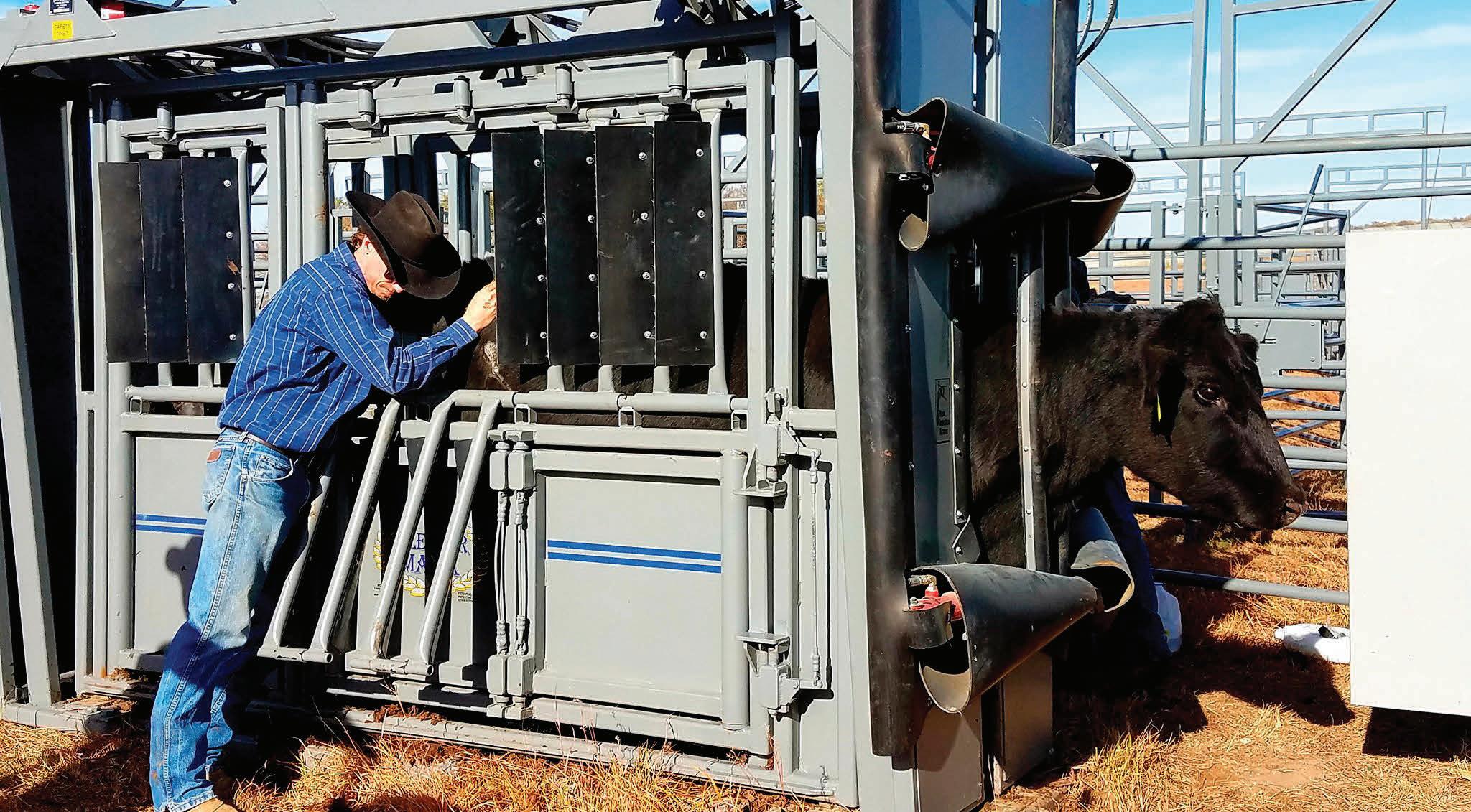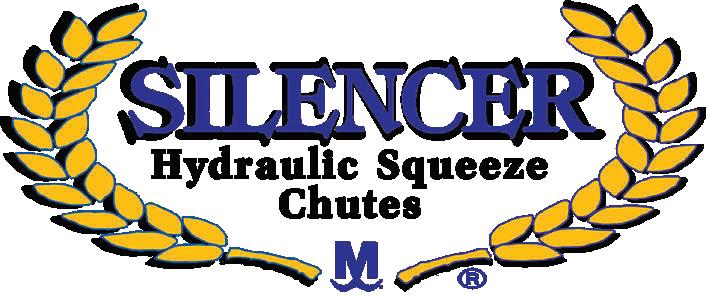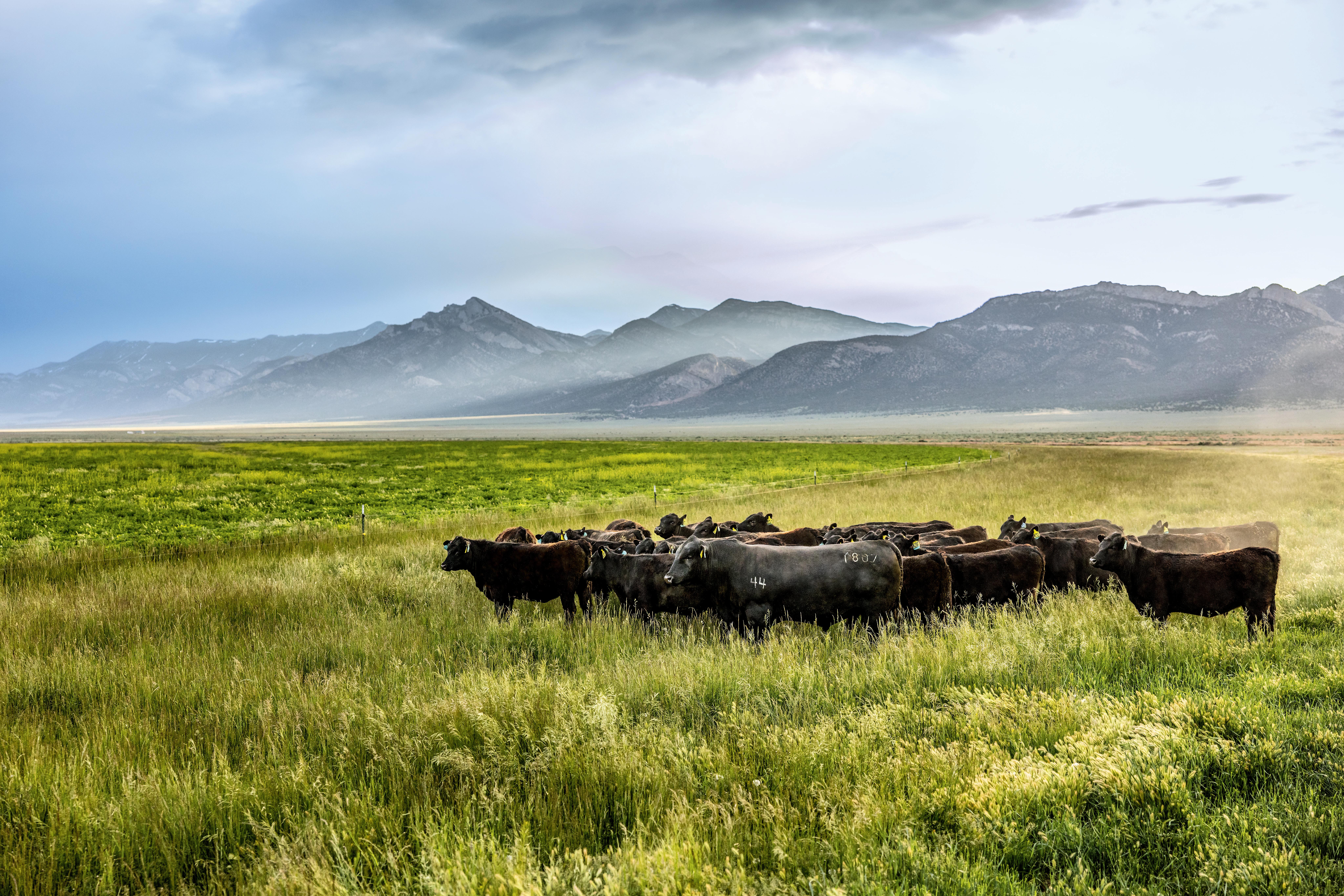Research Report
Chronic wasting disease insights.

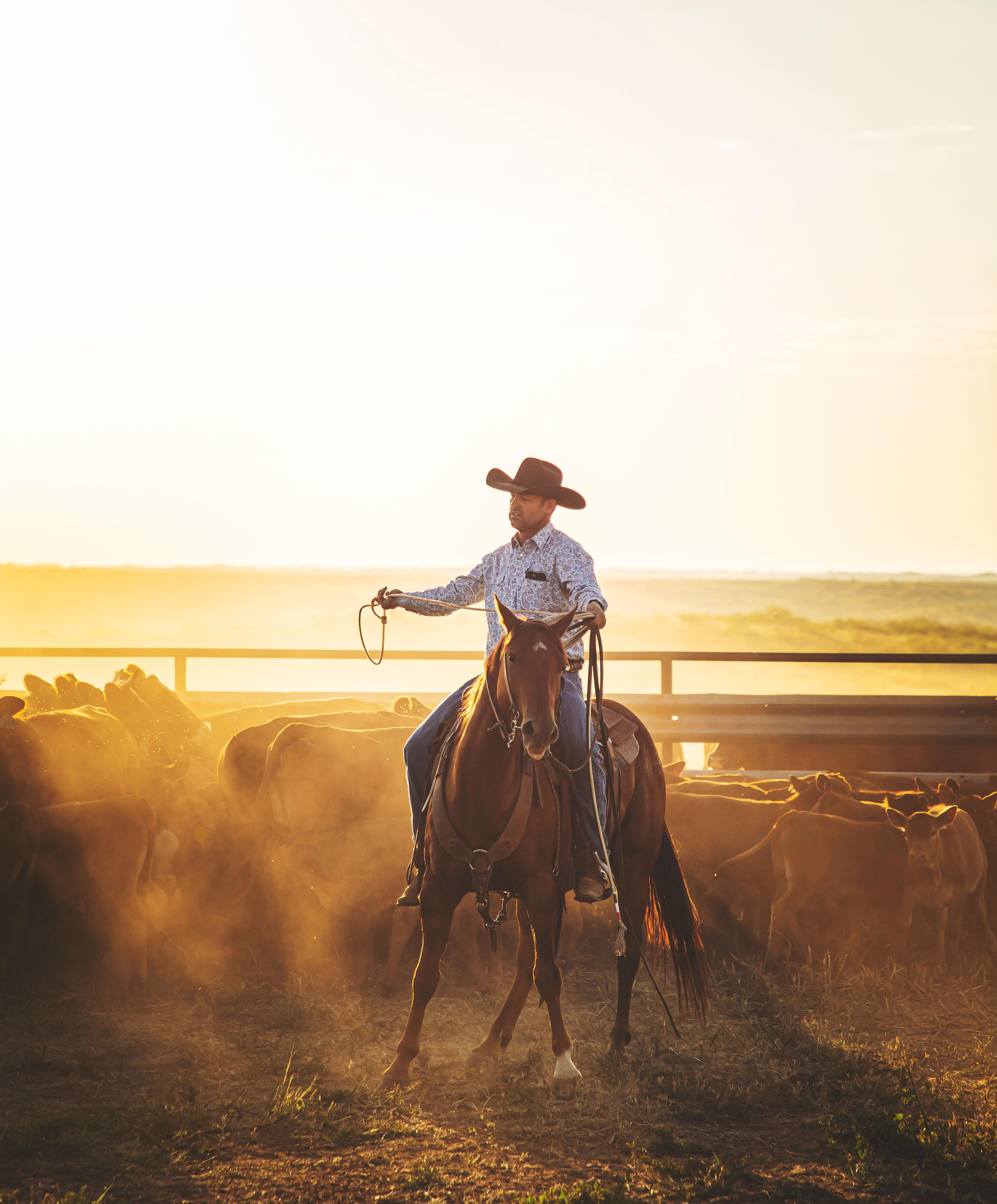

Chronic wasting disease insights.


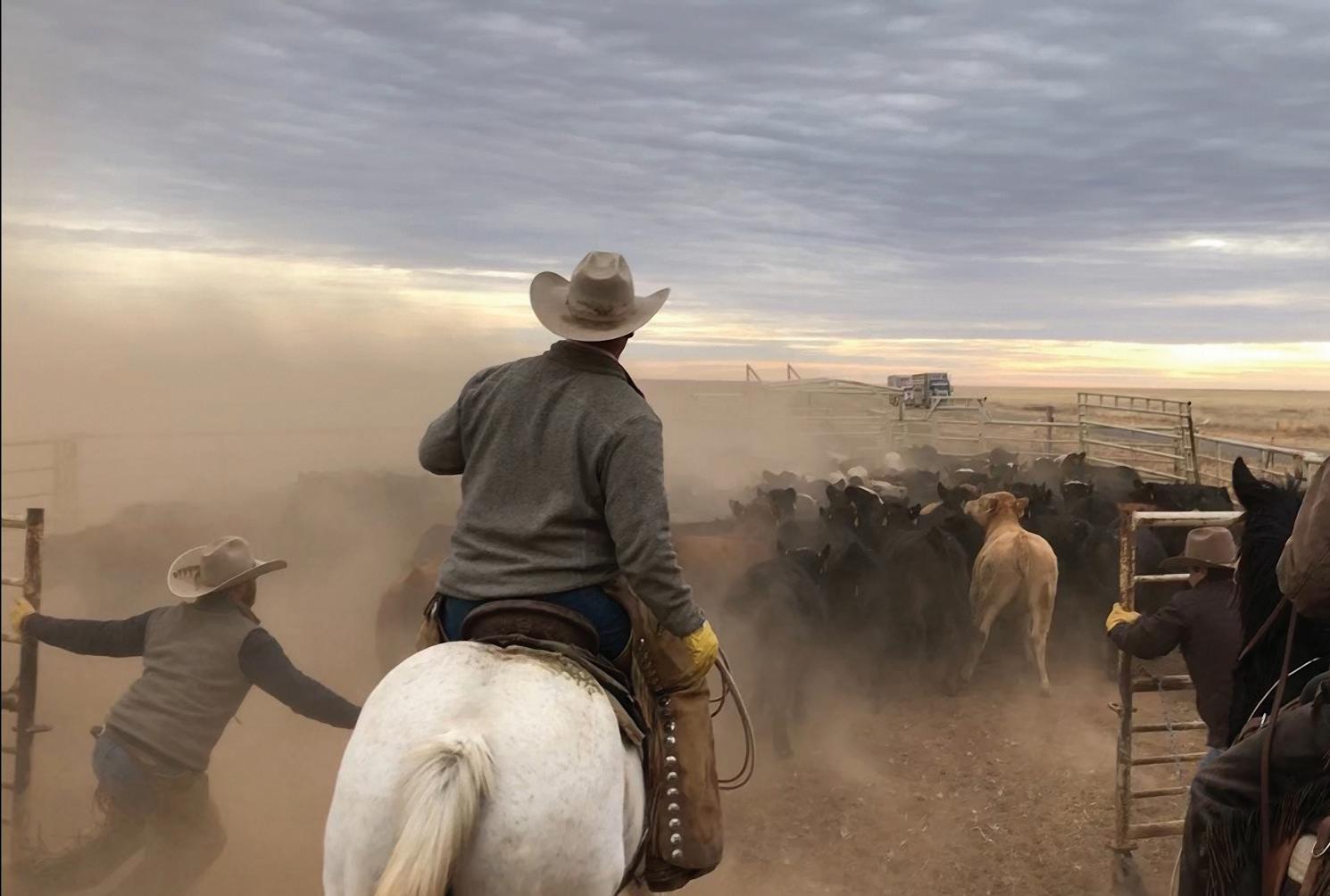






How the Crow family preserves coastal prairie on Parks Ranch.
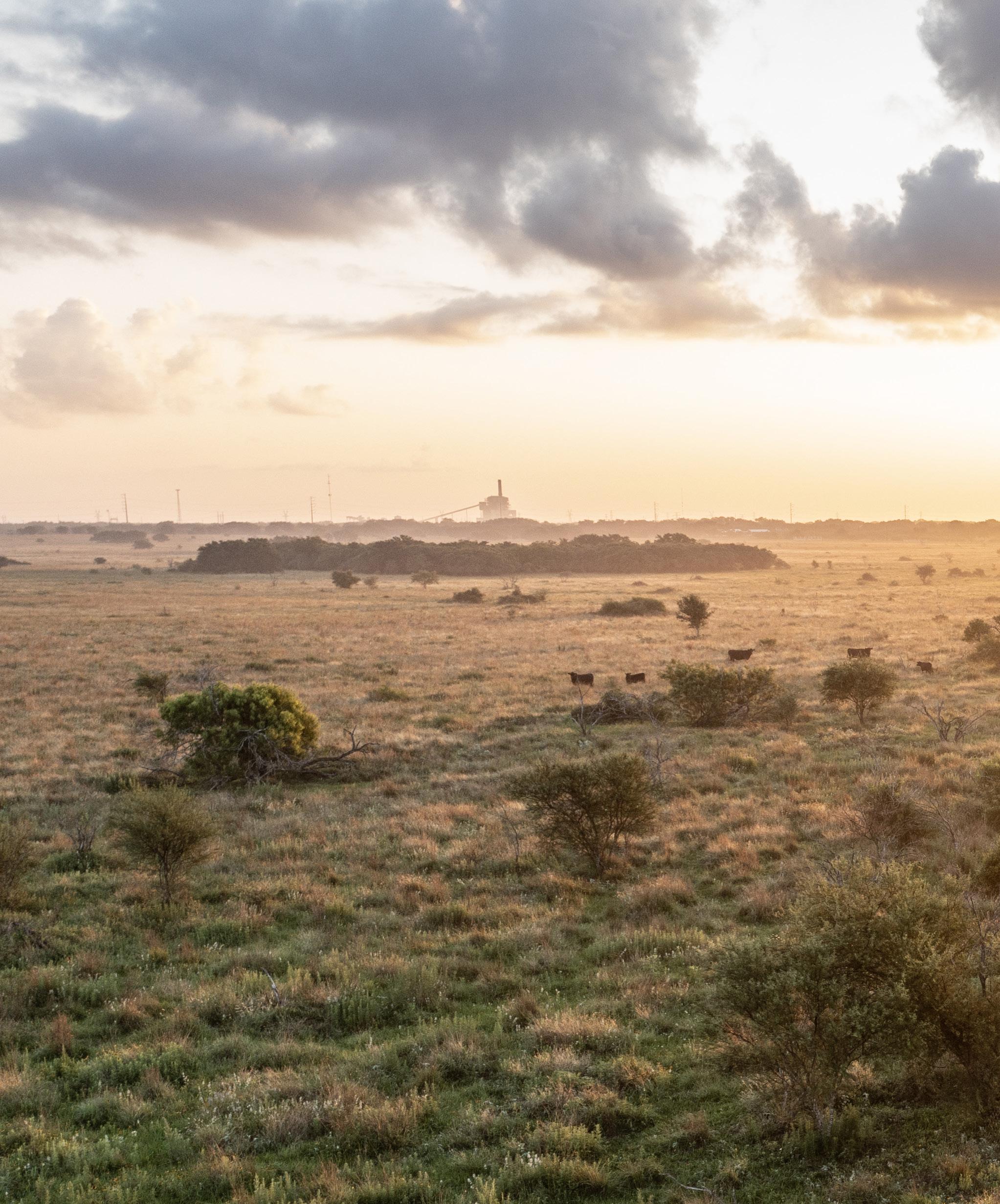 By Sarah Harris and Jena McRell
By Sarah Harris and Jena McRell
Studies gain better understanding of chronic wasting disease.
By Jaclyn Roberts Parrish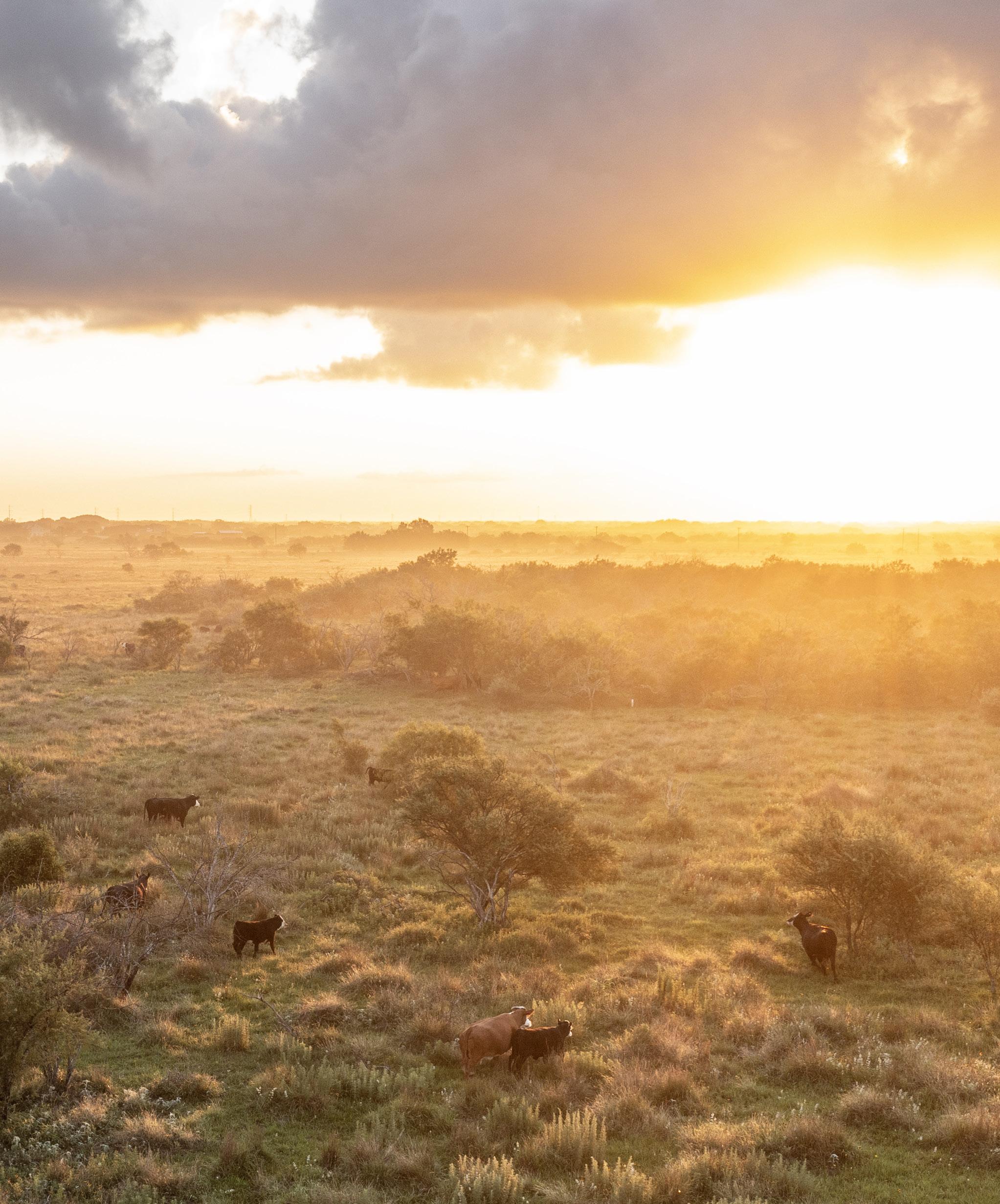

In the waning days of July, right before August recess, Texas & Southwestern Cattle Raisers Association Director J.R. Ramirez testified on Capitol Hill.
Seated before elected officials in Washington, D.C., he shared his first-hand experience of the financial burdens cattle raisers shoulders due to an unsecure border.
At the same time, Texas & Southwestern Cattle Raisers Association leaders were in San Diego, California, at the National Cattlemen’s Beef Association Summer Business Meeting. Officers and members represented the association’s positions while voting for national policy alongside other state affiliates.
While these efforts took place simultaneously on each coast, they were shaped from the voices of cattle raisers here in the Southwest — a direct result of our grassroots organization and meetings like the upcoming TSCRA Policy Conference.
Sept. 25-27 experts on emerging issues will address a room of cattle raisers in College Station during the 2023 TSCRA Policy Conference. Here, members will discuss how these issues impact our industry and vote to craft policies to serve as the roadmap for the association.
The importance of your voice matters. I hope you’ll register to join us in College Station.
You can also read about our latest policy efforts in the pages of this month’s magazine, starting with Ramirez’s testimony in the Where We Stand column on page 26.
Not to be missed is our wildlife-focused content, too.
You’ll find an impressive profile on Texas & Southwestern Cattle Raisers Association Director David Crow and Parks Ranch on page 10; and a deep dive into research guiding responses to chronic wasting disease across Texas deer populations on page 20.
We hope you enjoy this latest issue! T C
Jaclyn Roberts Parrish Executive Director of Communications & Marketing/ Editor-in-Chief, The Cattleman
When looking for land to build a forever home, might we suggest choosing one with forever views? It’s a small detail, but it’s one we know you’ll enjoy. And to help you get everything else you want, Capital Farm Credit is here for you. We’ll help you navigate the process of buying rural property, because rural lending is what we do. You could say we know the value of every acre out there — on land or in the night sky.
To learn more, visit CapitalFarmCredit.com.
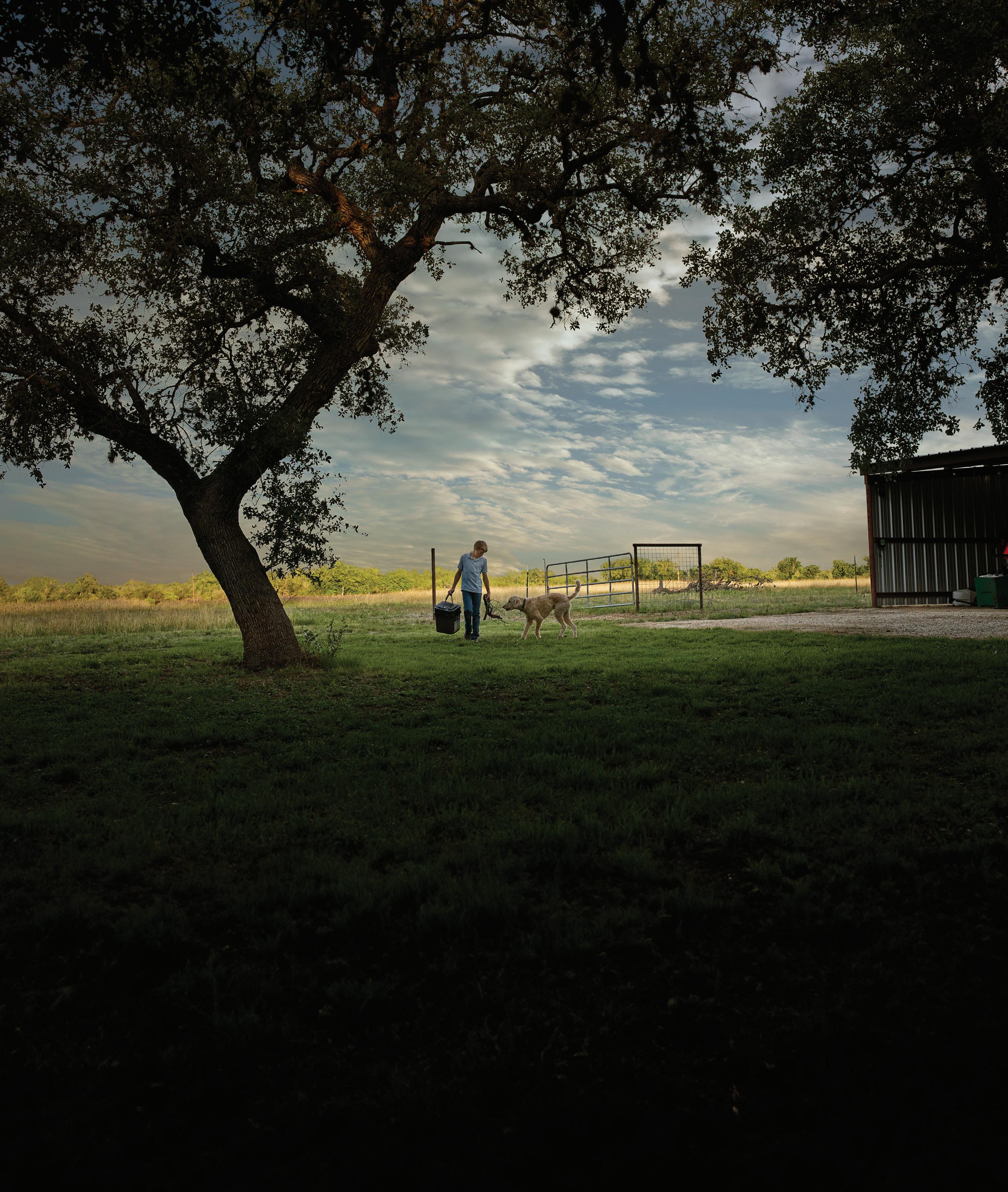
Published by Texas & Southwestern Cattle Raisers Association
P.O. Box 101988 Fort Worth, Texas 76185
Phone: 817-332-7064
Fax: 817-394-1864
Subscription Inquiries: (orders, address change, problems) tscra@tscra.org or 800-242-7820 tscra.org
EDITORIAL
Jaclyn Roberts Parrish Executive Director, Communications & Marketing/Editor-in-Chief jaclyn@tscra.org • 817-916-1794
Jena McRell Managing Editor
Kayla Jennings Proofreader
ADVERTISING
Jana Earp Advertising & Partnership Manager jearp@tscra.org • 817-916-1744
PRODUCTION
Heather Heater Graphic Design & Print Production Manager
Production support by GRANT COMPANY grantcompany.net
IMPORTANT LINKS
The Cattleman/ TSCRA tscra.org

Cattle Raisers Insurance cattleraisersinsurance.com
Law Enforcement tscra.org, click on Theft & Law
Cattle Raisers Convention cattleraisersconvention.com
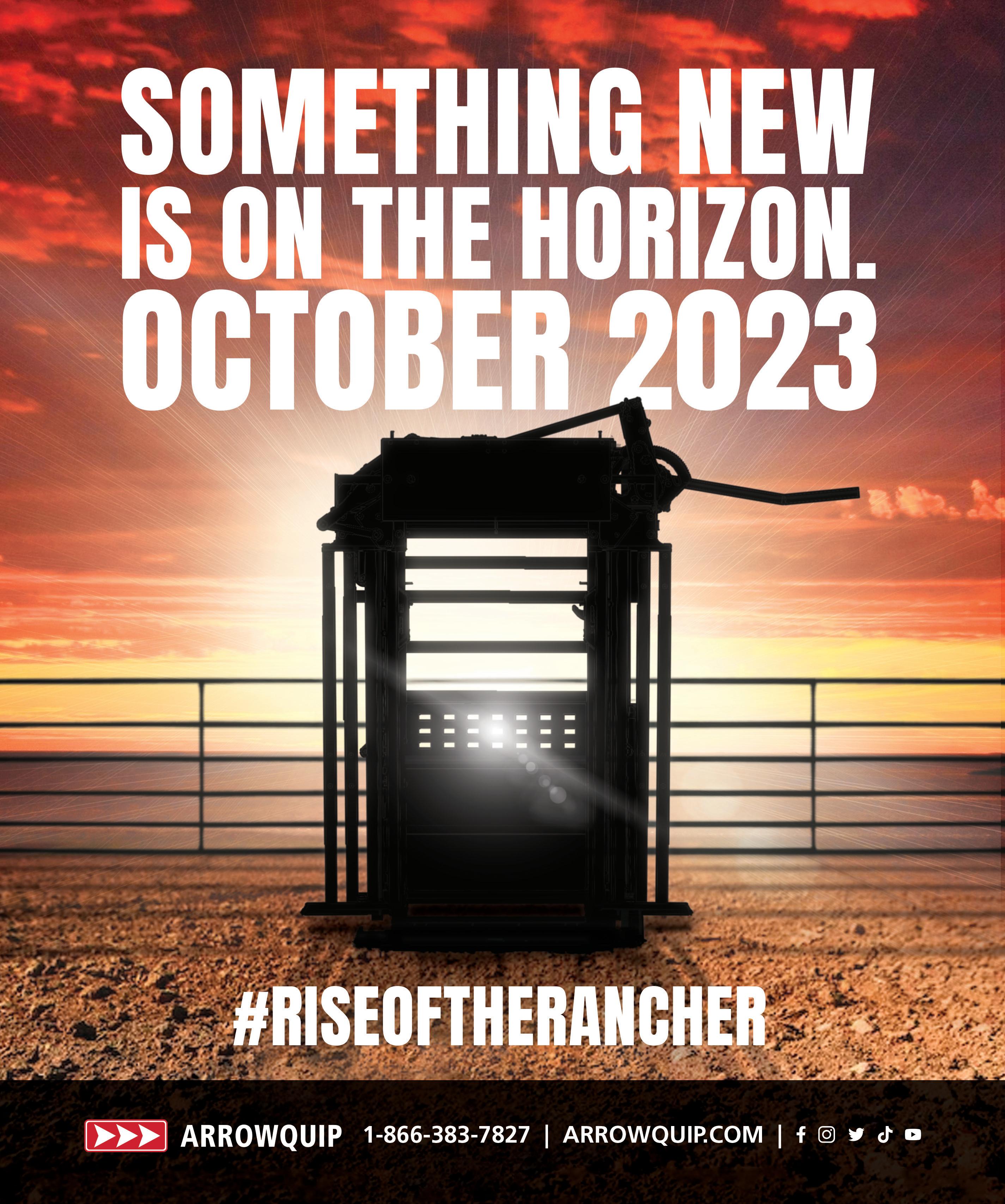
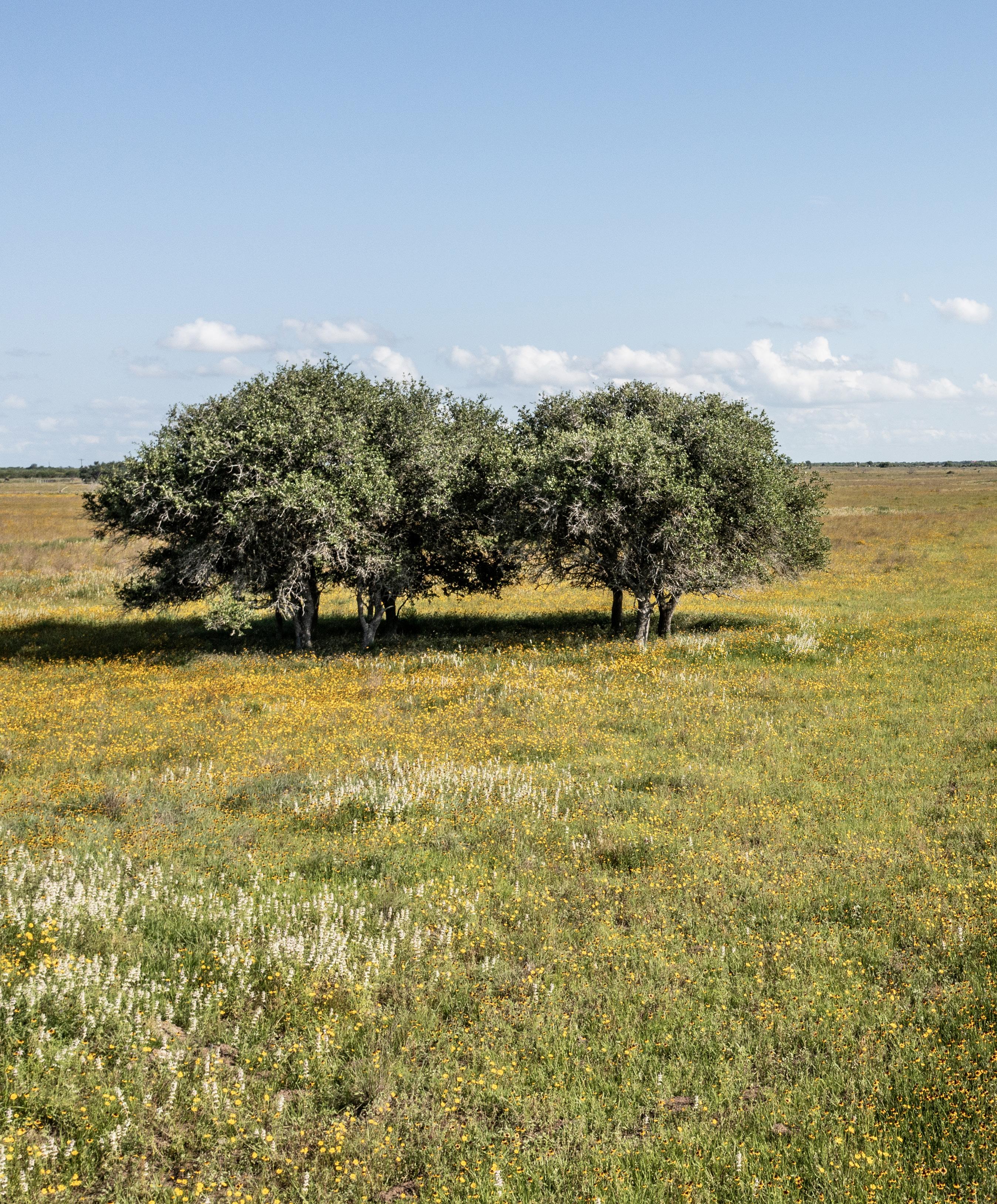 Story by Sarah Harris and Jena McRell
Photos by Wyman Meinzer and Texas Agricultural Land Trust
Story by Sarah Harris and Jena McRell
Photos by Wyman Meinzer and Texas Agricultural Land Trust
Decades ago, when David Crow first rode horseback through Parks Ranch, the view looked quite differently.
The property consisting of about 4,200 acres of Gulf Coast prairie, with sandy loam soil that rolls into rich black topsoil along a roughly 2-mile stretch of the San Antonio River, had not been actively managed for years.
The land had been divided into two large pastures and invasive species, including mesquite and huisache, pushed out the bluestem and yellow Indiangrass.
In other words, there was work to do.
Despite its condition, David saw the ranch’s potential. Potential to restore the rangeland to an optimal state, attract wildlife and run a cow herd in tandem.
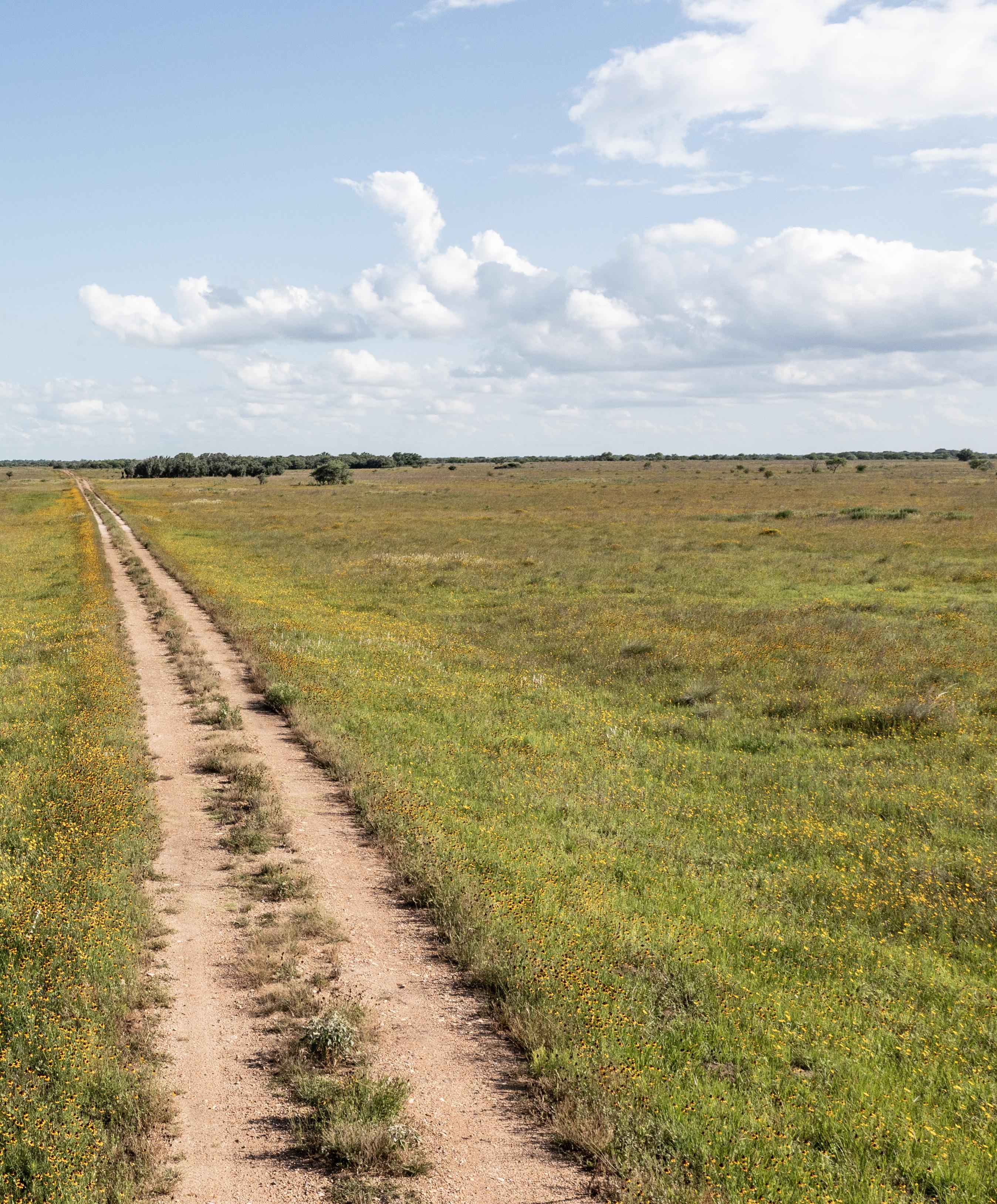
Among the land’s notable characteristics is its history. Parks Ranch, which sits in Goliad County, was the scene for an important battle in Texas history.
In 1836, Col. James Fannin and his men were overtaken by Mexican forces at the Battle of Coleto Creek.
The ranch was later settled by Solomon Parks in 1860, and his family donated a 14-acre site to the state. Today, the area is known as the Fannin Battleground State Historic Site, which sits just down the highway from the Crows’ current ranch house.
In 2000, the rest of the ranch was still owned by Parks’ descendants, but they were looking to sell. That is when David started to explore the property and envision what it could become as a working cattle ranch.
Fast forward to today, 23 years later.
Lush pastures of native grasses, thriving populations of bobwhite quail and sandhill cranes dotting the horizon all reflect the restorative progress the Crow family has made to Parks Ranch in their past two decades of ownership.
Their efforts were recognized with the 2022 Outstanding Rangeland Stewardship Award, presented
jointly by Texas & Southwestern Cattle Raisers Association, Texas Section Society for Range Management and Texas Grazing Land Coalition.
Parks Ranch was also named the 2022 Environmental Stewardship Award region IV recipient, given by National Cattlemen’s Beef Association.
Coastal prairies like Parks Ranch once covered approximately 9 million acres of the Texas and Louisiana landscape, but it is estimated that less than 1% remains with another 15 to 20% in a degraded, but restorable state.
“My neighbor has a photo of her father, and in the background is this ranch as an open prairie, and it’s beautiful photo,” said David, a Texas & Southwestern Cattle Raisers Association director. “That’s my goal — to return it to prairie status.”
Raised in Corpus Christi, David was employed by his family’s trucking and concrete businesses, but he always had a passion for the cattle industry.
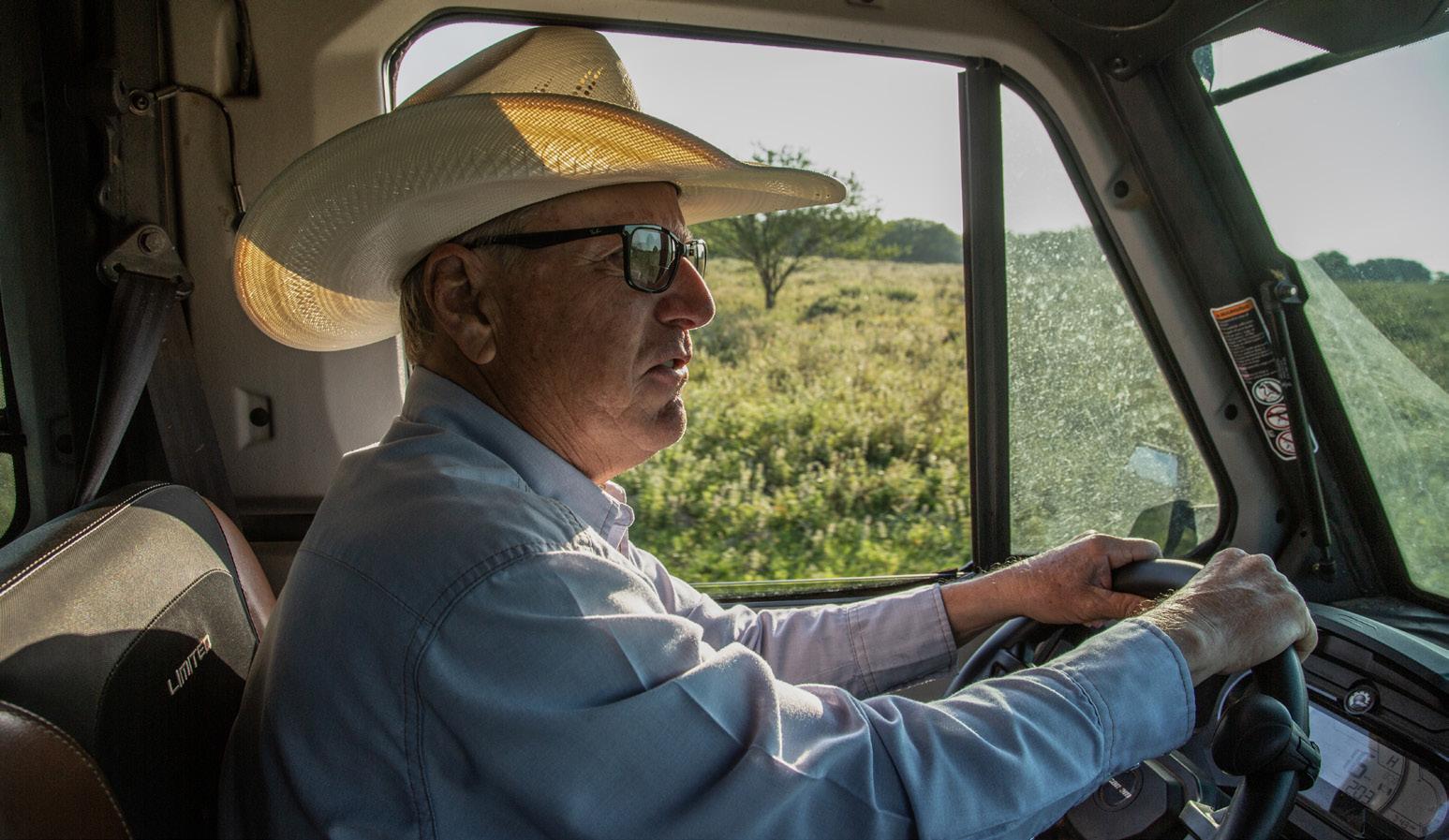
In his youth, he spent summers working on his aunt’s ranch in Colorado.
He bought his first set of cattle in 1978 and ran a herd on a South Texas ranch belonging to his wife’s family, while still working full-time. David became president of the family’s businesses after his father passed away in 1985. He sold those businesses three years later and began investing in ranchland.
“I was in my 30s and wanting to grow the ranch,” David said. “If you’re going to live off the cattle business, you’ve got to have the volume to do it. So we just kept building and going forward, putting money back into the company and the ranches.”
Parks Ranch is one of five operations managed through the family-owned Crows Ranches Inc. The properties consist of four South Texas ranches in Bee and Goliad counties, and a fifth in Jeff Davis County in far West Texas.

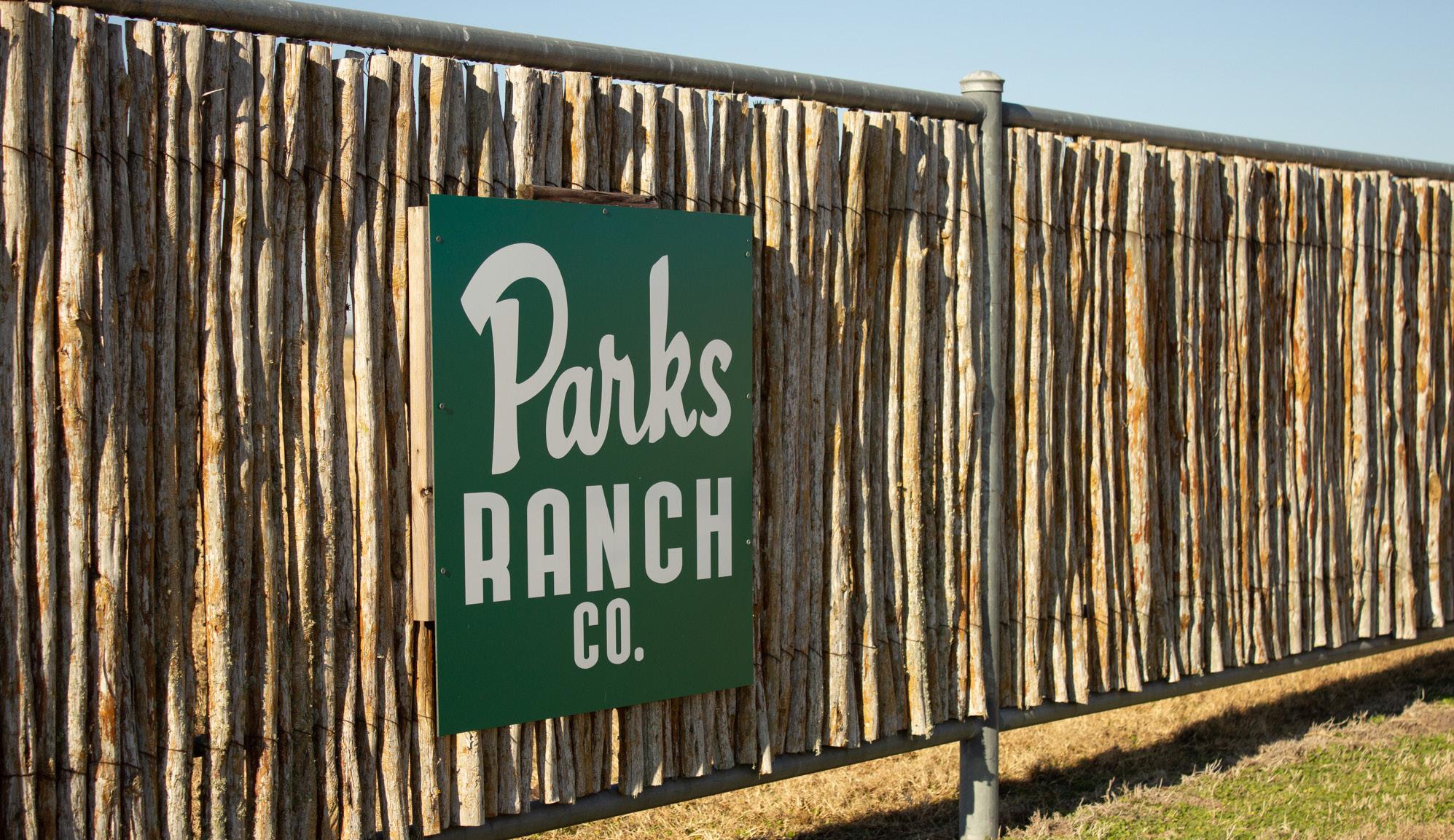
David brought on his son, Matt, as a partner in 2021. He is a Texas Christian University Ranch Management Program graduate, offering new ideas and energy.
David and his wife, Becky, also have three daughters who share their love of the land and understand the importance of keeping what their family has built intact.
“Several years ago I made the switch to Nelson Tetraploid Ryegrass from Gulf ryegrass. NO WAY I’m going back to Gulf... Nelson increases forage production and extends grazing days. With Nelson, the ranch is producing more Beef, and that means more dollars to our bottom line ... with only a little extra seed cost.

The extra production from this switch to Nelson really helps to reduce our costs. (fertilizer and fuel costs)
I’m staying with Nelson Ryegrass! NO WAY I’m going back... My cattle like it... and so do I!”
After purchasing Parks Ranch in 2000, David quickly sat down with his local USDA Natural Resources Conservation Service agent to design a grazing program.
The ranch originally had a wagon-wheel fence configuration with water sources in the hub, a classic Savory cell system. However, it proved inefficient. Areas near water were overused, while others farther from water sources needed grazed. The ranch also had no roads, making access to various tracts difficult.
To make these needed improvements, David entered into a safe harbor agreement with the Coastal Prairie Conservation Initiative.
The group is a partnership of the Texas Parks and Wildlife Department, the Nature Conservancy, U.S. Fish and Wildlife Service, USDA Natural Resource Conservation Service and Grazing Land Conservation Initiative. Together, they pool resources to offer private landowners the ability to retain
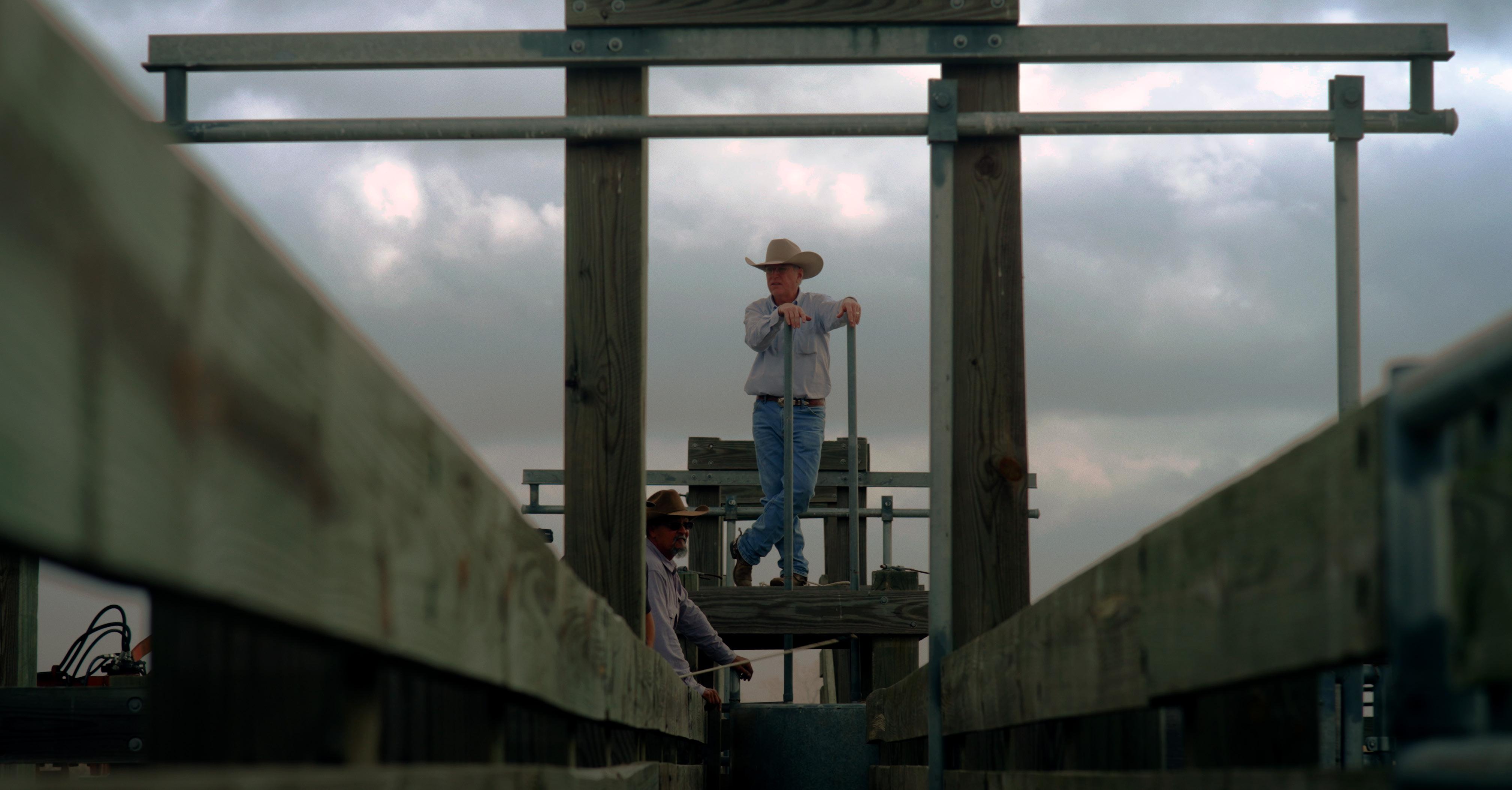 In 2017, the Crows completed construction on a state-of-the-art set of working pens. David wanted to put emphasis on creating a stress-free environment for the cattle and spent years designing the pens.
In 2017, the Crows completed construction on a state-of-the-art set of working pens. David wanted to put emphasis on creating a stress-free environment for the cattle and spent years designing the pens.
IT’S NOT HOW LONG YOU are GRAZING, IT is HOW LONG YOU’RE RESTING. THIS RANCH CAN GROW THE GRASSES, IT’S UP TO US TO GIVE IT the OPPORTUNITY.”
— David Crow, Parks Ranch
family ownership, maintain historic values, profit from agriculture and conserve wildlife with the goal of restoring and conserving the coastal prairie.
David worked alongside the Coastal Prairie Conservation Initiative jointly planning pastures, fence lines and an updated water system to restore habitat for Attwater’s greater prairie chicken through a 50-50 cost-share program.
Fifteen miles of fence and 12 to 14 miles of water pipeline were laid, resulting in 10 commercially fenced pastures connected by a loop road.
Today, every pasture can be accessed without having to open a gate, and wildlife and cattle travel no more than a half-mile to find water.
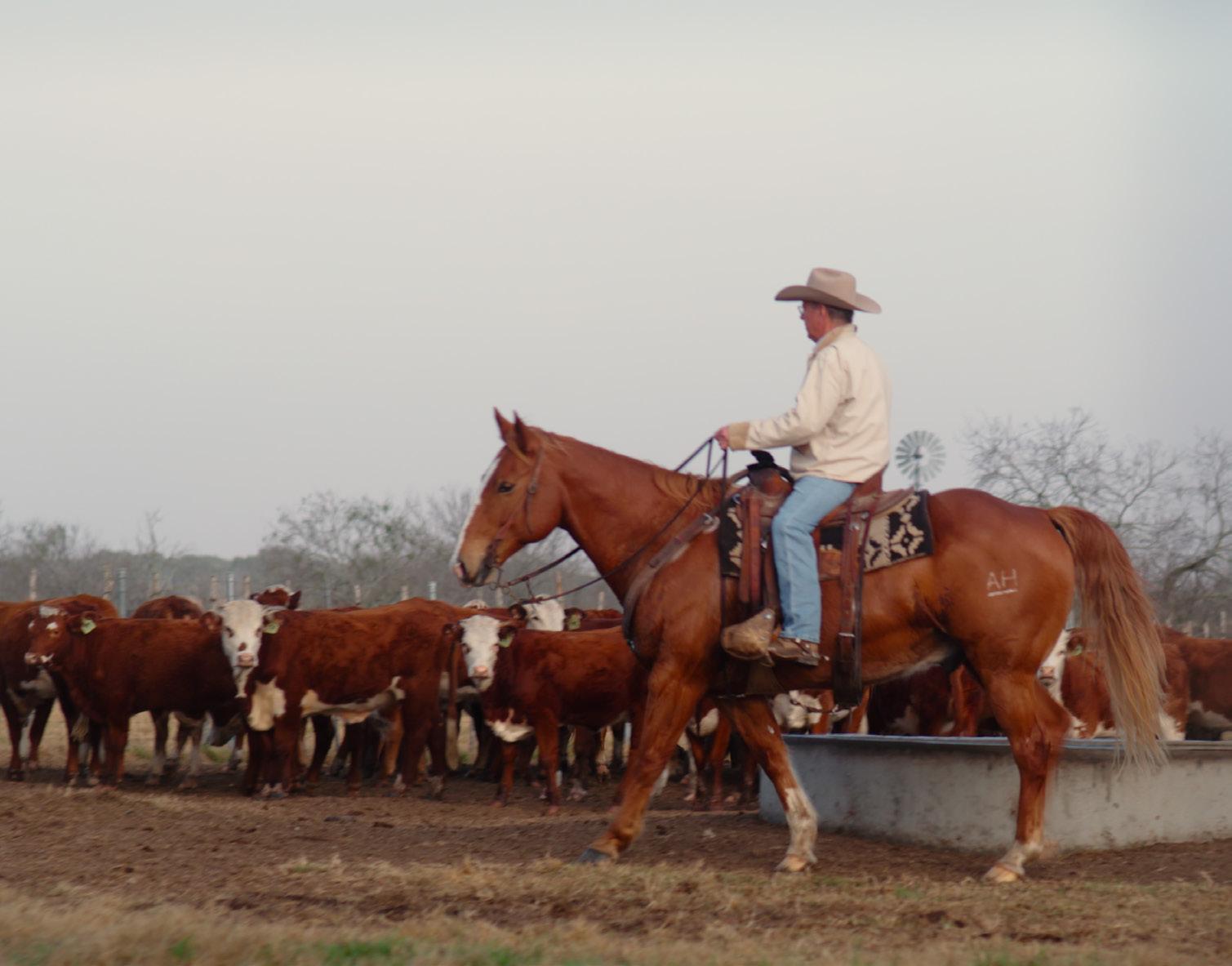
According to David, the Coastal Prairie Conservation Initiative plan fast-tracked his vision.

“I’ve always been a fan of rotational grazing and distributing water,” David said. “It probably would’ve taken me 10 years on my own. We went into the program in 2001, and we were operating by the middle of 2003.”
Two cattle herds graze Parks Ranch, allowing four pastures to be unoccupied in front and behind them. It is a rotational pace that allows for proper growth of the grass.
“It’s not how long you are grazing, it is how long you’re resting,” he said. “This ranch can grow the grasses, it’s up to us to give it the opportunity.”
Brush control is a major battle and budget item for the Crows, with huisache, mesquite, dewberry vine, Macartney rose and prickly ash as the biggest issues.
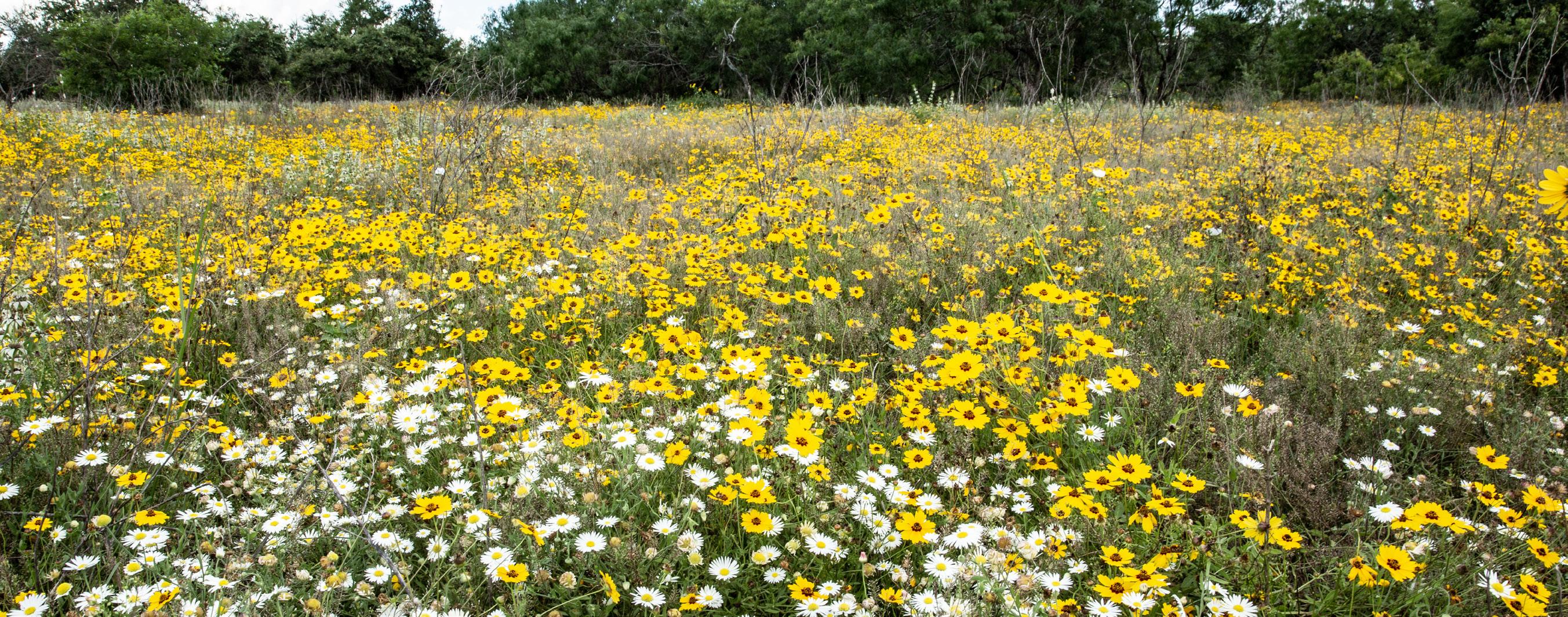
David and Matt find success with prescribed burning and aerial application, admitting that sometimes they need both practices to kill brush.
This practice allows bunch grasses to flourish, serving as excellent habitat for several species of wildlife, including white-tailed deer and bobwhite quail. The Crows also promote quail populations through the use of a mechanical disc to create feed lanes to promote croton growth, a forb that serves as an important source of quail feed.
Historically, Parks Ranch has been home to one of the largest quail populations in the coastal prairieland, with 1 to 1.5 birds per acre.

When Hurricane Harvey hit the nearby Texas coast in August 2017, followed by unprecedented rainfall, it
devastated the ranch’s quail population. The Crows have recently started quail hunting as a family on the ranch again, with David saying the moratorium was necessary to allow the population to recover.
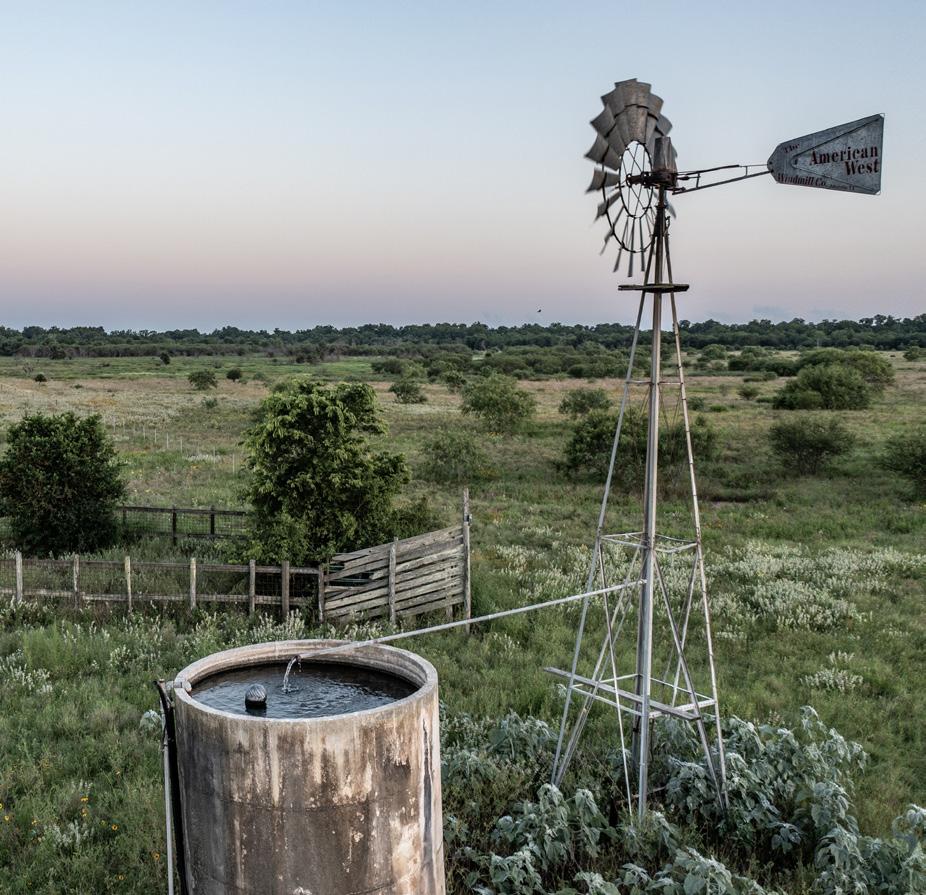
“It’s about the biodiversity of the land and we’re mindful of it,” he says. “We’re not just about the cattle.”
While seeing the importance of how the biodiversity of the land and wildlife fit into their operation, David and Matt take their involvement in the cattle industry seriously.
From pasture design to pen layout, thoughtful designs have the best interest of the cattle in mind.
Comfortable with a stocking rate of one animal unit per 12 acres, Parks Ranch is home to a cow-calf operation with two distinct groups — a spring-calving herd and a fall-calving herd. Each herd is about 180 head, consisting of Braford crossbred females bred back to Angus bulls.
Weaned calves are turned out at the ranch for backgrounding, depending on grass availability, before
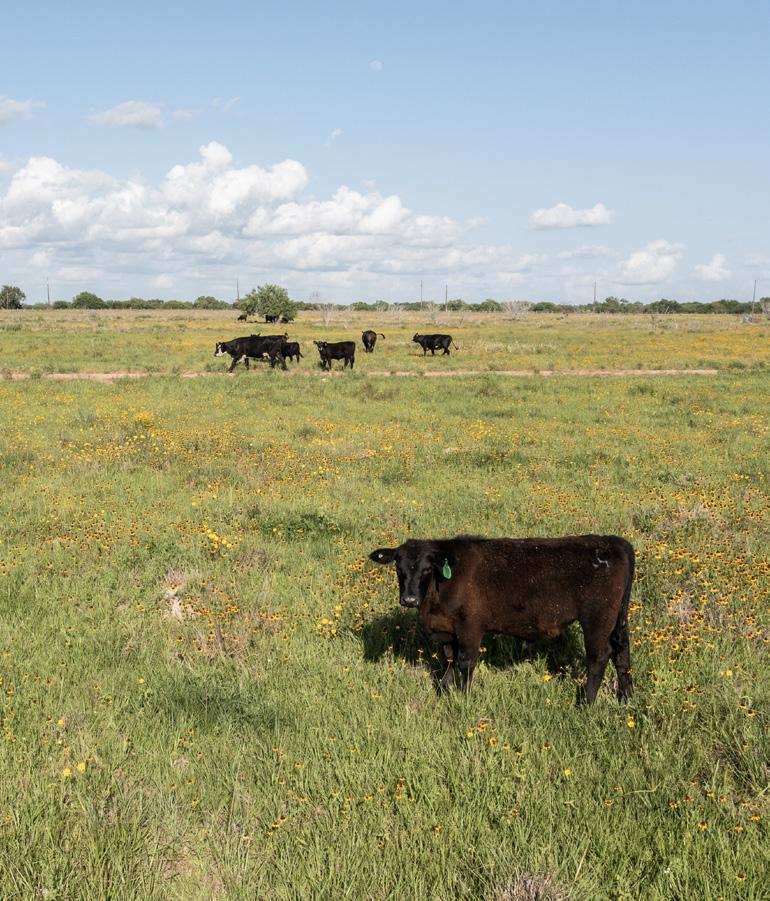 The coastal prairie at Parks Ranch has recovered from wildfires and hurricanes, times of drought and times of plenty.
The coastal prairie at Parks Ranch has recovered from wildfires and hurricanes, times of drought and times of plenty.
being sold into a source- and age-verified, allnatural beef program.
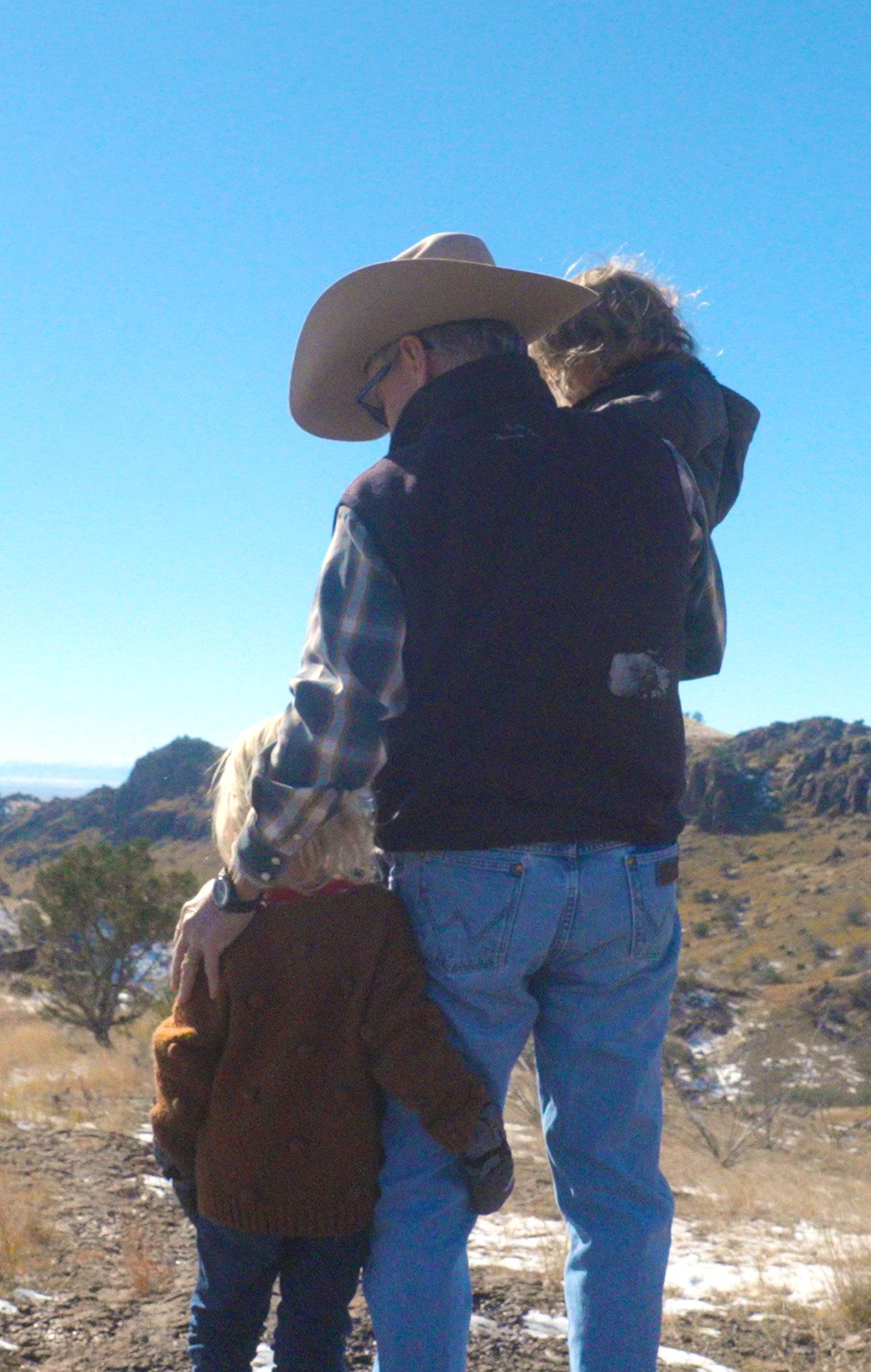
David is a firm believer of, “There’s not a better fertilizer than a farmer’s or rancher’s footprints.”
With more than 20 years on Parks Ranch, David knows what they have invested in is sustainable as it carries them through to another year. He believes effective management and proper planning are at the heart of everything they do.
By keeping ecological principles and stewardship at the forefront, as well as exploring creative ways to keep the operation profitable, generations will reap the conservation values provided by the Crows. T C

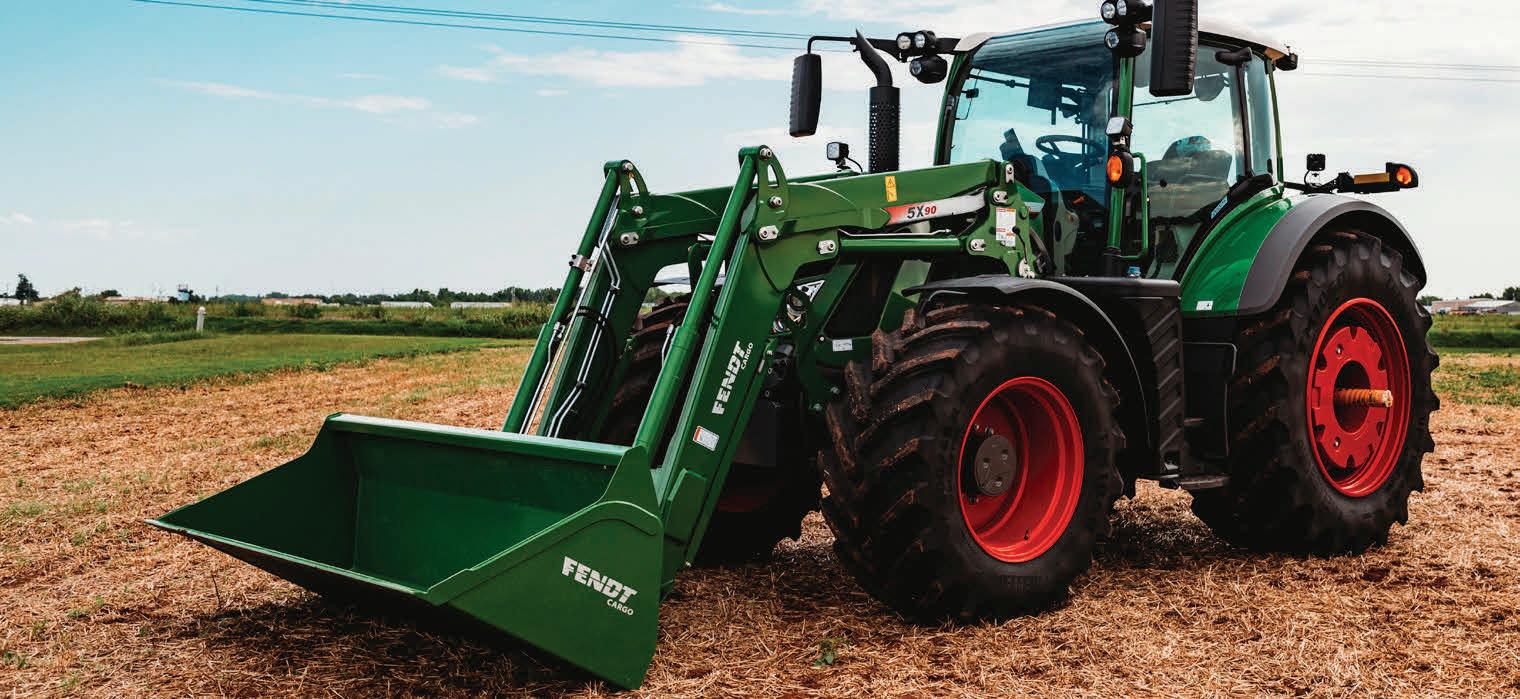
If you have been thinking about upgrading your tractor then there is no better time! Going on now at Parallel Ag get special financing on all new Fendt Tractors with rates as low as 2.99%. Increase the efficiency and production of your operation with a new Fendt Tractor. From 110 to 700 horsepower, a new Fendt tractor from Parallel Ag is ready work on your farm.


not a better fertilizer than farmer’s or rancher’s footprints.”
— David Crow, Parks Ranch
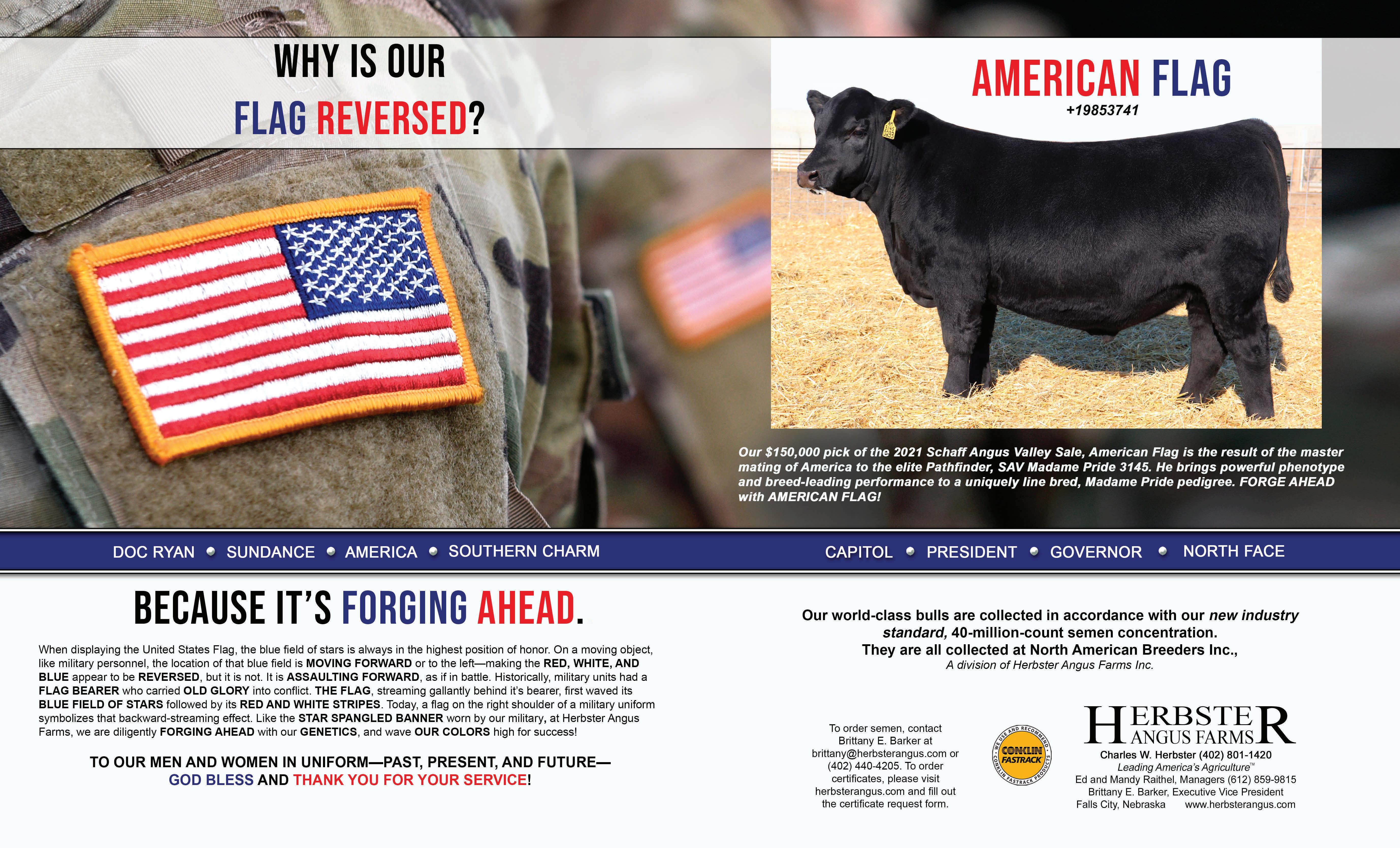

 Photo by Emily McCartney
Photo by Emily McCartney
In two months, hunters across the Southwest will gear up for a highly anticipated time of year — deer season. But this year, critical monitoring may result in a much different experience.
Sportsmen and women in Bexar, Brooks, Frio, Gonzales, Hamilton, Sutton, Washington and Zavala counties will join previously established regions of Texas requiring chronic wasting disease postmortem tests for white-tailed deer.
The requirement comes after a rise in positive disease cases throughout the state, which threatens the multibillion-dollar hunting industry.
“Texas has one of the most robust deer breeding industries in the U.S.,” says Hunter Reed, wildlife veterinarian for the Texas Parks & Wildlife Department.
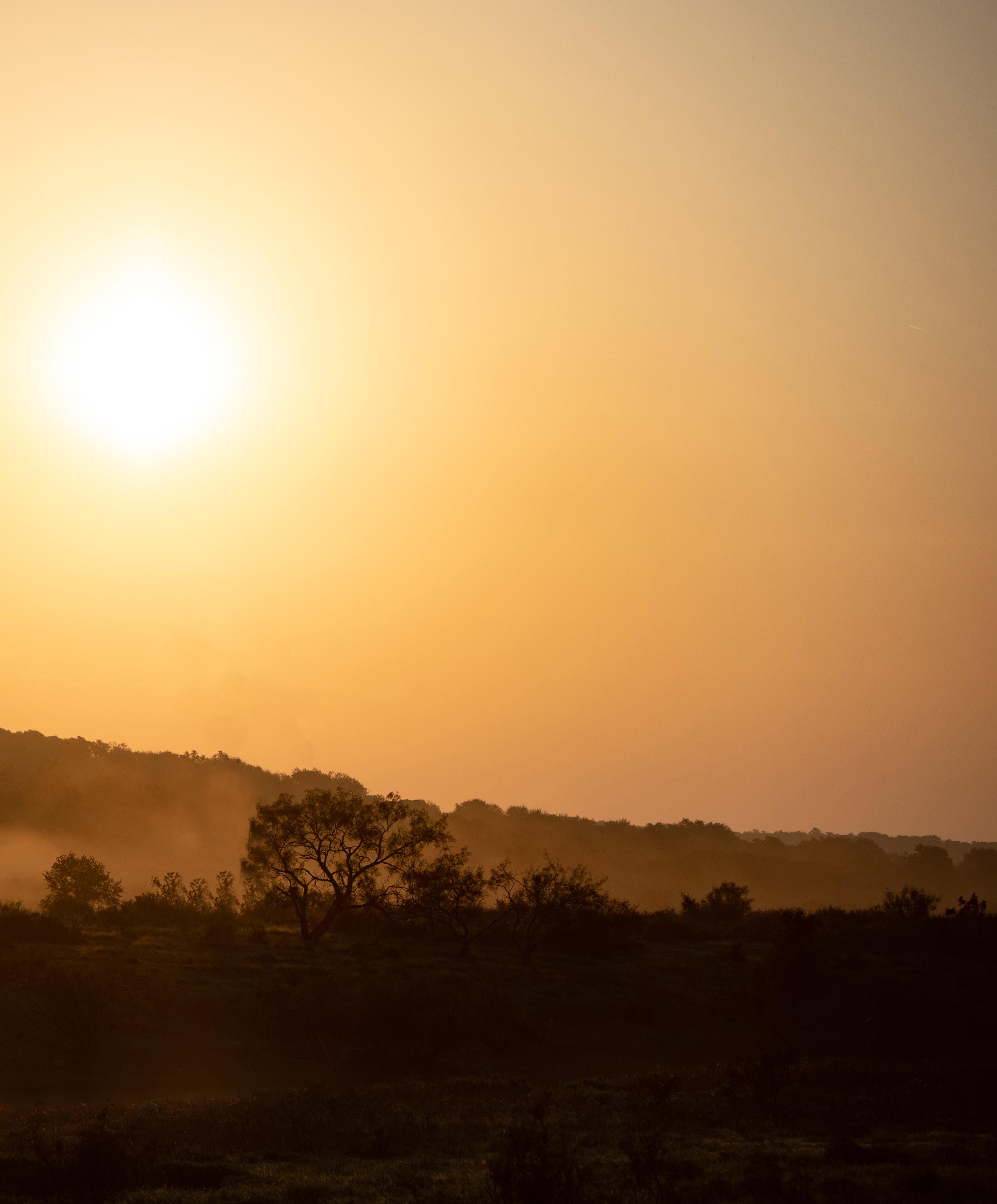
He emphasized the importance of hunting to the state economy, with reports from Texas A&M Natural Resources Institute estimating $4.3 billion spent by hunters pursuing white-tailed deer.
Chronic wasting disease is a highly transmissible, deadly neurological disease impacting cervid species like white-tailed and mule deer.
The illness is fueled by prions, which are proteinbased infectious agents that rapidly spread progressive conditions, commonly found in the brain. Other prion diseases include bovine spongiform encephalopathy in cattle and scrapie in sheep.
Because prions can lie dormant for years, it is a challenge to identify infected cervid species.
Chronic wasting disease has been a long-term challenge for states like Colorado, which first identified the condition in wild deer in 1981. By the ‘90s, it had been reported in surrounding areas in northern Colorado and southern Wyoming.
Two decades later, Texas confirmed its first case. Chronic wasting disease was found in 2012 in a freerange mule deer in West Texas. Since, hundreds of cases have been confirmed in captive and free-range deer populations across the Southwest.
The recent uptick in outbreaks puts a spotlight on a quickly evolving threat — how to manage and control the disease among wildlife populations.
This question is the focus of a task force co-chaired by the Texas Parks & Wildlife Department and Texas Animal Health Commission.
“The CWD Task Force is basically an amalgam of knowledgeable individuals across Texas with varied experiences,” Reed says. “It is designed to help guide the direction of the program for the state.”
Landowners are critical industry partners when it comes to management of chronic wasting disease in free-range herds. Texas & Southwestern Cattle Raisers Association sits on the task force under the leadership of James Oliver, an association director and natural resources committee chair, providing recommendations to guide critical decisions related to the disease.
“We’re trying to seek insight from those individuals to see how we can best align our program,” Reed says. “They are critical in providing feedback, so we can gather greater insight in making rules logical, less burdensome, and perhaps, more effective.”
Behind the guidance stands essential research informing industry partners about the latest information regarding chronic wasting disease.
Dr. Rodrigo Morales, a chronic wasting disease expert and associate professor of neurology with McGovern Medical School at UTHealth Houston, has spent his career better understanding prion diseases.


A core research pillar for Morales involves detection of chronic wasting disease. Diagnostic testing is especially important given the consequence of failing to rapidly identify sick animals. However, limitations hamper the industry’s ability to efficiently detect the disease.
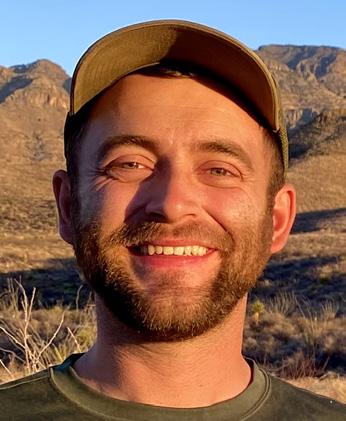
Antemortem tests, meaning live-animal testing, are less sensitive and effective than postmortem testing when the disease has progressed.
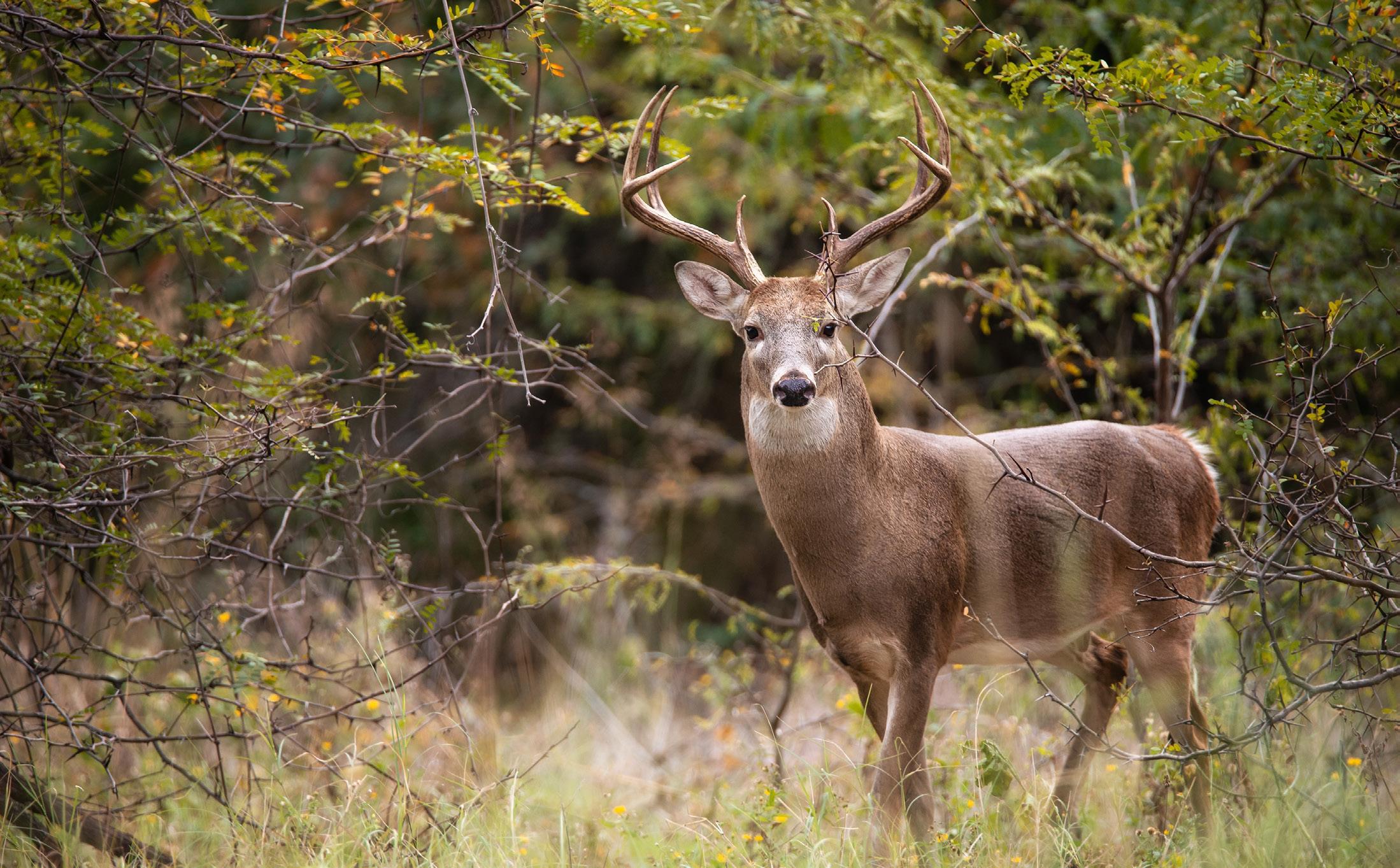 Hunter Reed Texas Parks & Wildlife Department
Dr. Rodrigo Morales UT Health Houston
Warren Conway Texas Tech University
Hunter Reed Texas Parks & Wildlife Department
Dr. Rodrigo Morales UT Health Houston
Warren Conway Texas Tech University
“Most of the available tests are conducted postmortem and they do not have great sensitivity to detect prions,” Morales says. “We are testing different, new and more sensitive techniques to describe what is the best tissue and technique to diagnose CWD in live, pre-clinical animals.”



While exact events involved in disease transmission are unclear, findings from Morales’ research can help solve the puzzle.
In 2019, Morales and fellow colleagues explored the presence of chronic wasting disease prions in semen and sexual tissues among chronic wasting diseaseinfected white-tailed bucks.
While the chronic wasting disease-infected whitetailed deer did not present clinical signs of chronic wasting disease, tissue samples collected postmortem found the infected bucks were in the late stages of the prion incubation period.
Morales also explored the presence of chronic wasting disease within gestational and fetal tissues of pre-clinical white-tailed deer, presenting an opportunity to detect the condition at the earliest stage.
While prion seeding activity was identified in a variety of these tissues, evidence cannot demonstrate if prions present in fetuses are at sufficient quantities to cause chronic wasting disease after birth. It is something Morales and his colleagues continue to explore.

“It is still unknown whether the prions detected in those samples are present at enough quantities to sustain disease transmission,” says Morales, explaining that research analyzing infectivity across farms, taxidermy properties and wild environments will help address this question.
Morales’ research goes beyond cervid species. Studies have found earthworms exposed to prion-contaminated soil can bind, retain and excrete highly infectious prions — suggesting earthworms potentially contribute to prion disease spread in the environment.

A similar study by the University of Wisconsin-Madison detected prions in lab-fed ticks and ticks collected from free-range animals. UTHealth helped reaffirm their findings using different testing techniques.
“The prediction is that the prion load in these parasites is enough to transmit disease if ingested,” Morales explains. “However, it is important to consider that the techniques used to detect prions in ticks, named PMCA and RT-QuIC, are ultrasensitive and can detect prions at sub-infectious levels.”
This means it is imperative to confirm the parasites’ role in potential transmission, as they could have relevant implications for disease control — something that would be essential information for the Texas Chronic Wasting Disease Task Force.
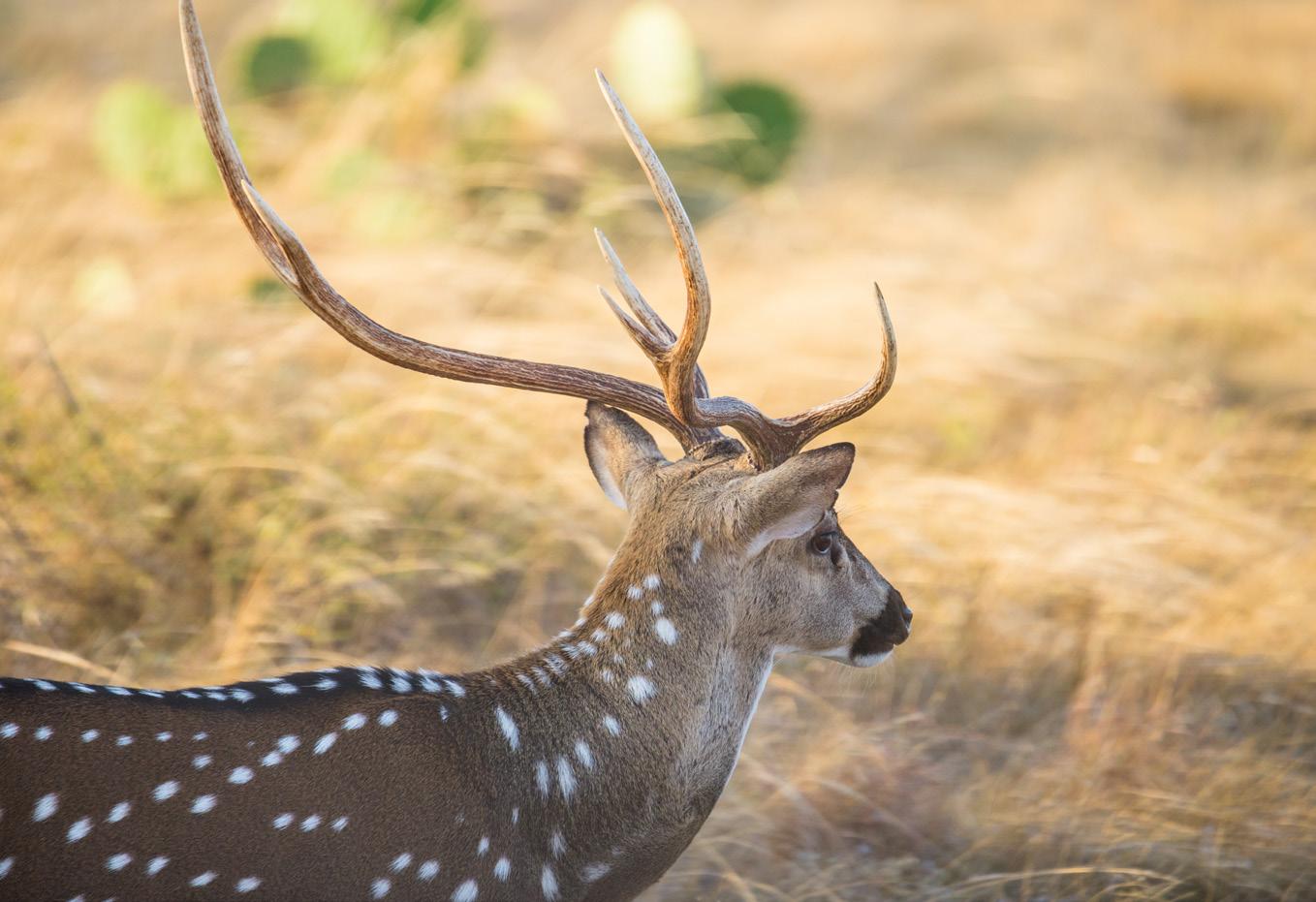
Research is promising, and Morales continues to expand studies exploring fundamental diagnosis, transmission among animals and the environment, and therapies to combat the disease.
Historically in Texas, chronic wasting disease research and management focused on white-tailed deer populations — the state’s most prominent big game species ranging from three to four million animals.
Research overseen by Warren Conway, department chair for wildlife management in Texas Tech University’s department of natural resource management, sought to better understand the species and its biological susceptibility to chronic wasting disease.
Established research has determined amino acid sequences present a substantial structural barrier for infection. Using this logic, Conway knew their research
could understand if axis deer genetics shared these amino acid sequences.
Under the supervision of Conway, researchers sequenced prion proteins from axis deer, comparing amino acids within the proteins to disease-susceptible species. Findings revealed axis deer amino acid sequences were most similar to North American elk, a known species to have contracted chronic wasting disease within the U.S.
While no axis deer have tested positive, the finding raised awareness for the increased need to bolster disease surveillance. Conway points to self-sustaining, naturally reproducing and free-ranging axis deer populations existing in three chronic wasting disease surveillance zones.
“If you are not accounting for axis deer on the landscape, then you are severely underestimating risk factors of CWD,” Conway says.
That is because axis deer differ from white-tailed deer species through factors like regional prevalence, grazing habits and life span.
“[Axis deer] live longer than white-tailed deer, so that the disease may manifest later in life,” Conway says.
A longer life expectancy makes the species more susceptible to exposure, and in turn, axis deer are at a greater risk for transmission.
As an exotic species, axis deer are under the jurisdiction of the Texas Animal Health Commission. While they are not beholden to the same surveillance as white-tailed deer populations, the species’ movement is still monitored and overseen by the state department.
Research like Conway’s builds a case for the Texas Animal Health Commission to justify added expenses that bolster such requirements.
In addition to increased testing, Conway notes other important questions to answer about axis deer.
“From a research perspective, we need better information about movement, survival and fawning rates, which we don’t really know in a free-range situation like we do for white-tailed deer,” he says.
Data could inform future transmission of the disease, and advise Texas Animal Health Commission and the task force on future management recommendations.
“We are going to need to be more thoughtful about testing protocols and testing frequency of axis deer, because it’s a risk not only to the species’ livelihood, but to the native wildlife and native landscapes,” Conway says.
Like fellow researchers in the state, Conway continues to pursue answers, protecting the rich hunting heritage cherished by Texans. Answers that will be leveraged by industry partners to drive and inform future management decisions for a quickly spreading disease. T C
Chronic wasting disease can, unfortunately, be difficult to spot. A sick deer can have and spread the disease, even if it looks healthy.
Clinical signs can take a year to develop, and they are not noticeable until the disease’s final months.
Signs of late-stage chronic wasting disease, include the following:
• loss of coordination;

• droopy head or ears;

• lack of fear of humans;
• excessive drooling; and


• dramatic weight loss
Chronic wasting disease cannot be diagnosed by clinical signs alone, because other conditions can cause the animal to display similar behaviors. It can be confirmed only through testing.
Hunters and landowners are advised to immediately report suspected deer to a local game warden or biologist. Be ready to provide the exact location. Do not contact, disturb, kill or remove the animal without permission from the Texas Parks & Wildlife Department.
Ten zones have been established across the state for chronic wasting disease monitoring. Scan the QR code above to access up-to-date information on zones and check stations.


At 701x, we have developed a cattle management solution specially designed for ranchers who are looking for more efficient ways to manage their records and track their cattle. Save yourself time and stress by using the Autonomous Rancher® App. Use your device in the pen or pasture to quickly enter birth dates, weights, dam/sire data, as well as other fields that are important to you.


Upgrade your herd management by pairing the app with our smart ear tags, xTpro™ and xTlite™. Start tracking the activity and location of your animals no matter where you are, even offline, at the touch of your fingertips.

Ranching as we know it has changed for countless cattle raisers along the Southwest border. Illegal immigration and a lack of border security have reshaped the way we go about our businesses and everyday lives.
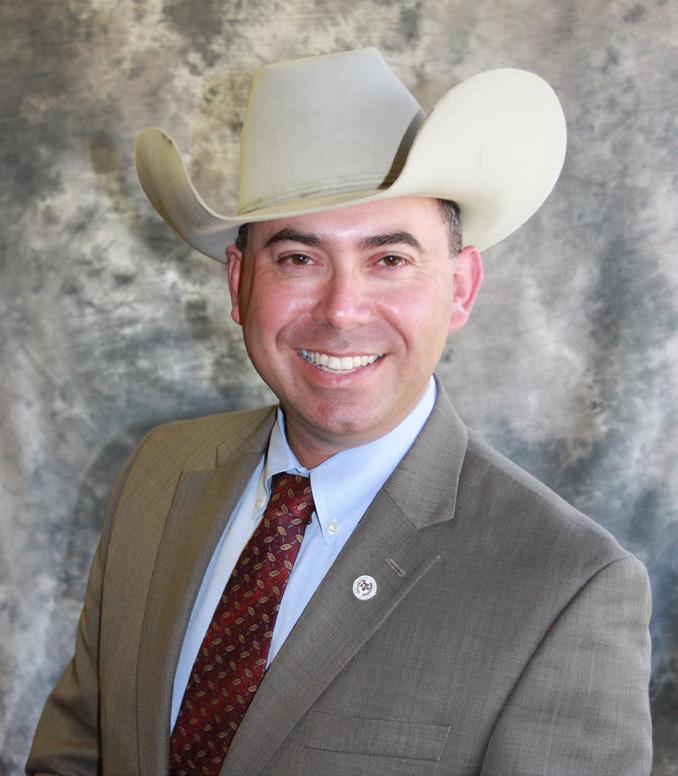
Ranches in the Southwest frequently face cases of fences or gates being breached by vehicles — financial burdens that quickly add up. On our operation, the least damaging cost $1,000 with other incidents surpassing $10,000 in damages.
A cut fence or open gate allows cattle to escape into other pastures or neighboring ranches. When that happens, additional hours of work are put in by our entire team to gather livestock, often requiring a helicopter to rectify the situation — a direct out-ofpocket cost to our ranch.
These unexpected occurrences mean we may not be able to market cattle at the appropriate time or ensure breeding occurs as needed.
Herd health can also be at risk if neighboring cattle introduce disease that would otherwise not exist on our ranch. Stocking rates are limited when cattle graze sections of land needing rest as a result of cut cross fencing. These all take a direct hit on an operation’s bottom line.
Beyond the burdensome financial losses, the beauty of our South Texas landscape is also diminishing.
Plastic bottles, jugs, cans, backpacks, clothing, shoes, coats and trash litter our property in every direction. These materials will take hundreds of years to decompose and have led to cattle loss, as some items can be consumed and cause digestive failure.
This is a long-term defacement of rangelands that will never be the same.
Responsible and well-managed hunting leases are also a way for ranchers to add value to their operations, while contributing to wildlife conservation across the state. When fences and gates are compromised, high-dollar wildlife can escape.
The danger along the border is so great, hunters or even landowners themselves, may deem the risk on a property too high, forcing hunters to look elsewhere. When those sources of revenue are taken away, the chances of a profitable year greatly diminish.
Finding employees is becoming more difficult, as well. Most do not want to live where their safety is at risk. Many ranch employees have had their homes broken into and never know when they may unexpectedly face a trespasser — or what the person’s intentions may be.
These are not isolated experiences. Texas & Southwestern Cattle Raisers Association conducted a border security survey of members in fall 2022. Results revealed the same threats and challenges are faced by hundreds of ranchers across the state.
As cattle raisers, we are doing our part to feed the world and raise the next generation of agricultural producers. We consistently deal with drought, inclement weather, increased input costs and ever-fluctuating cattle prices. Those factors alone make ranching a costly endeavor and challenging livelihood. When you add in the costs resulting from the current state of our border, it is almost impossible to sustain.
We cannot allow the situation to continue as it has. We must do better for our ranchers, families and all citizens living through the border crisis. T C
Sen. César Blanco represents Brewster, Culberson, El Paso, Hudspeth, Jeff Davis, Pecos, Presidio and Reeves counties in the Texas Senate.
Raised in El Paso, he continued his family’s military service tradition in the U.S. Navy after graduating high school. He graduated from the University of Texas at El Paso, and continued his public service while working for three Congress members who represented El Paso and West Texas.
Blanco was elected to the Texas House of Representatives in 2014.
During his three terms, he led initiatives to strengthen the workforce, economy and border communities, improving the quality of life and increasing economic opportunities.
In 2020, he was elected to the Texas Senate.
As a freshman, Blanco championed legislation to help the community recover from the COVID-19 pandemic, expand healthcare access, bridge the digital divide, curb gun violence after the El Paso mass shooting, and
protect military service members from sexual assault in honor of U.S. Army Specialist Vanessa Guillen.
Blanco currently serves on Senate Committees for Health and Human Services; Natural Resources and Economic Development; Water, Agriculture and Rural Affairs; Veteran Affairs; and Border Security. In addition, he serves as vice chair of the Texas Senate Hispanic Caucus.

During the 88th session, Blanco continued his role as a leader and champion for the state’s agricultural industry and ranchers.
Most notably, he authored Senate Bill 1133 to create a reimbursement program for landowners and ranchers along the border, securing $36 million to help pay for damage suffered by ranchers, such as cut fences.
He also co-sponsored House Bill 2308, the Rural Right to Farm legislation to protect ranchers from unwarranted and burdensome nuisance and other legal actions, which was priority legislation for Texas & Southwestern Cattle Raisers Association. T C


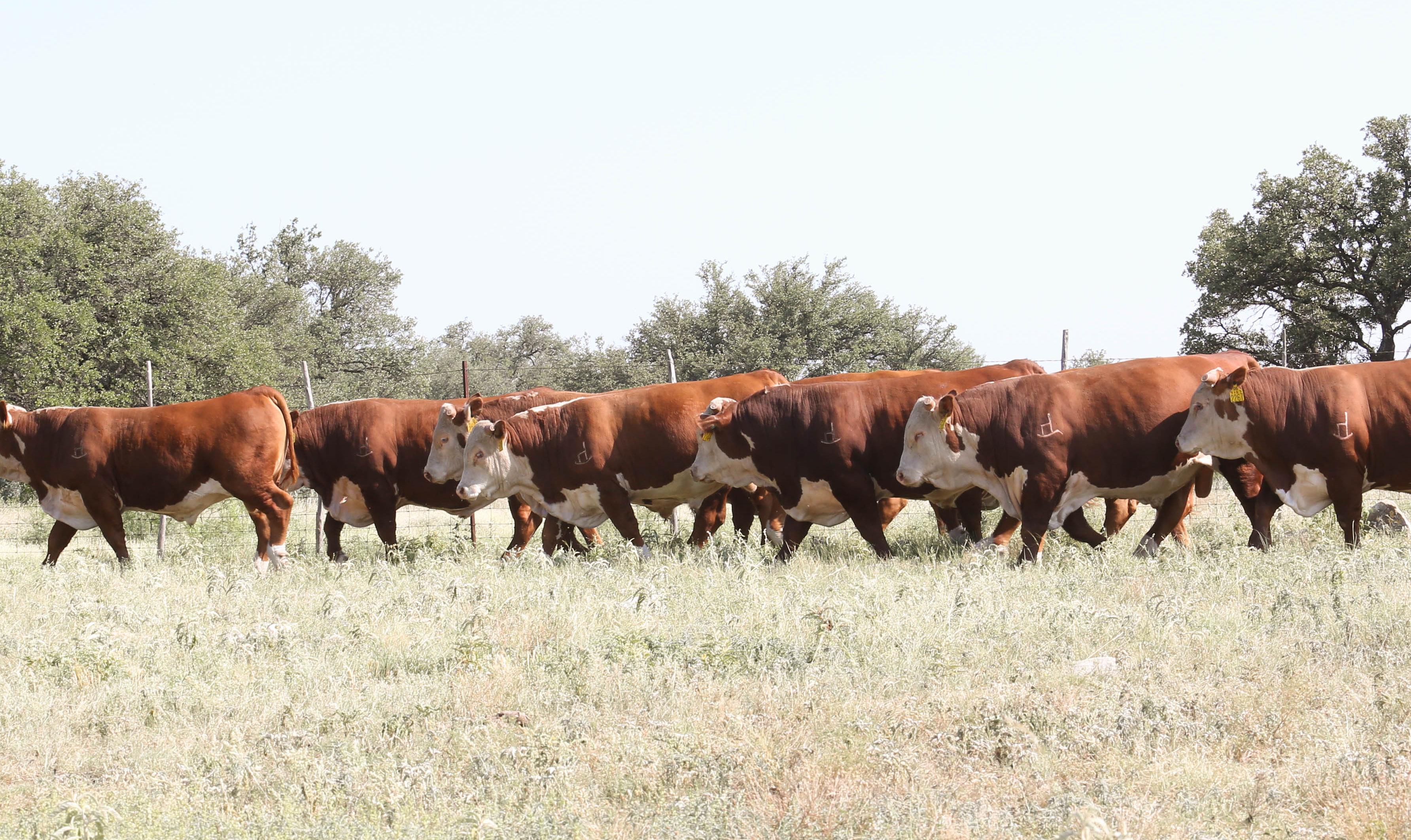
Three interns joined the Texas & Southwestern Cattle Raisers Association team Aug. 16. Riley Kearby and Kristen Massingill are based in the Fort Worth office and work across all departments. Emma Rethans is a policy intern based in Austin.
Riley Kearby, of San Angelo, grew up surrounded by livestock and agriculture. While in high school, he exhibited goats and steers, was a member of his local livestock judging team and participated in public speaking events.
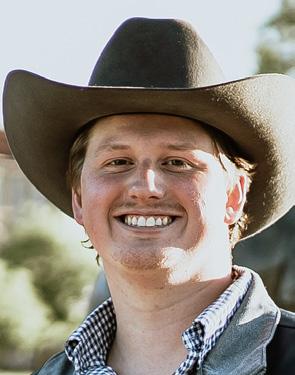
Sen. John Cornyn hosted a roundtable discussion on July 17 in Lubbock on the impending Farm Bill.

Joe Leathers, Texas & Southwestern Cattle Raisers Association director and executive committee member, addressed key priorities for the industry, including: protecting funding for critical animal health programs, such as a foot-and-mouth disease vaccine bank; strengthening risk management programs; and promoting voluntary conservation programs.
Brynn Owen joined the Texas & Southwestern Cattle Raisers Association team Aug. 1 as manager of engagement and education.

She is based in the Fort Worth office and focuses on engagement and educational efforts for producers of all sizes, primarily in East Texas.

Originally from Canyon, Owen grew up active in 4-H, FFA and showing livestock. She attended Texas Tech University, where she earned a bachelor’s degree in animal science and master’s in business administration.
While on campus, she was active in Block and Bridle, Agri-Techsans and the American Meat Science Association. She was also a member of the Matador Institute of Leadership Engagement program.
Prior to joining Texas & Southwestern Cattle Raisers Association, she worked for Superior Land in their Canyon office.
Kearby attended Texas Tech University, where he graduated with a bachelor’s in public relations. While on campus, he served as chief of staff for the Student Body President and Student Government Association. He was on the founding team for the campus chapter of Public Relations Student Society of America, serving as its first director.
He is currently pursuing a master’s in animal science at Angelo State University and runs a multi-flock sheep business with his family.
Kristen Massingill is a May 2023 graduate of Texas A&M University with a bachelor’s degree in animal science. Originally from Hamilton, her family runs a commercial cow-calf and registered Red Angus operation.
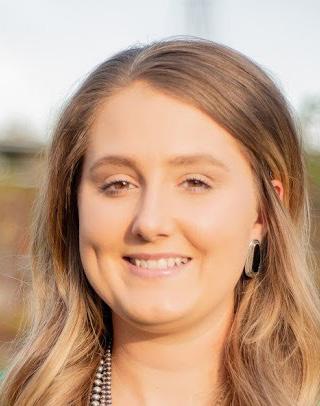
Growing up, she was active in 4-H, FFA and the Junior Red Angus Association of America. She attended Connors State College through a livestock judging scholarship, ending as a Junior College Academic All-American and member of the Co-Team of the Year.
Massingill then attended Texas A&M University and competed as a member of the highly competitive 2022 livestock judging team. She will be pursuing a master’s degree in January 2024.
Emma Rethans is a senior at Texas Tech University majoring in communications, with a minor in political science.
Her family runs SimAngus cattle, Boer goats and crossbred sheep in Eastland County.
In spring 2023, Rethans interned for the House Committee on Agriculture in Washington, D.C. She says her interest in livestock policy was developed at a young age, and advocating for farmers and ranchers is her greatest passion. T C
Stakeholders, including TSCRA’s Joe Leathers, gather for an industry discussion on the Farm Bill in Lubbock.
44 Farms, an Angus seedstock operation in Cameron, recently received the Beef Improvement Federation Seedstock Producer of the Year Award in Calgary, Alberta, Canada.

The ranch was nominated by Texas & Southwestern Cattle Raisers Association for the 2023 Beef Improvement Federation Research Symposium annual awards program.
The Seedstock Producer of the Year Award, developed in 1972, recognizes outstanding seedstock producers pursuing excellence and continuous improvement in cattle breeding.
Applicants are selected based on their commitment to genetic advancement, data-driven breeding programs and their impact on the industry. The award solicits applications globally to further the federation’s
mission of improving the industry through greater acceptance of beef cattle performance evaluation.
“Congratulations to 44 Farms on their well-deserved recognition as the recipient of the BIF Seedstock Producer of the Year Award,” said Arthur Uhl, Texas & Southwestern Cattle Raisers Association president. “TSCRA takes great pride in having nominated a ranch dedicated to doing things the right way, providing Angus genetics and innovation to producers across the country. 44 Farms is not only driven to be successful in their own operations, but to empower ranchers with the right genetics, data and tools to feed America. We applaud their outstanding work and congratulate them on this remarkable achievement.”
Bob McClaren serves as current president and CEO of 44 Farms, which includes Angus Strong Genetics, a program providing herd sires with balanced genetic profiles, performance and carcass results. These popular genetics fuel the renowned Prime Pursuits program, where 44 Farms collaborates with more than 1,100 ranchers from 26 states, supplying cattle to deliver beef to approximately 565 Walmart stores across the Southeast. The company also has a successful retail arm, supplying Choice and Prime beef direct to consumers and in top restaurants across the country.
More than 300 beef producers, academia and industry representatives attended the Beef Improvement Federation’s 55th Annual Research Symposium and Convention.
James “Jimbo” Humphreys Jr., a West Texas cowboy who has excelled in nearly every facet of ranch life, will be the fifth recipient of the Ranching Heritage Association Working Cowboy Award presented during the annual National Golden Spur Award Honors Nov. 3 at the Buddy Holly Hall of Performing Arts & Sciences in Lubbock.
“Jimbo Humphreys, from his foundation, is a cowboy from childhood with roots in the Pitchfork Ranch, to the most forward-thinking of cowboys and cowmen,” said Scott Williamson, executive director of law enforcement, brand and inspection services at Texas & Southwestern
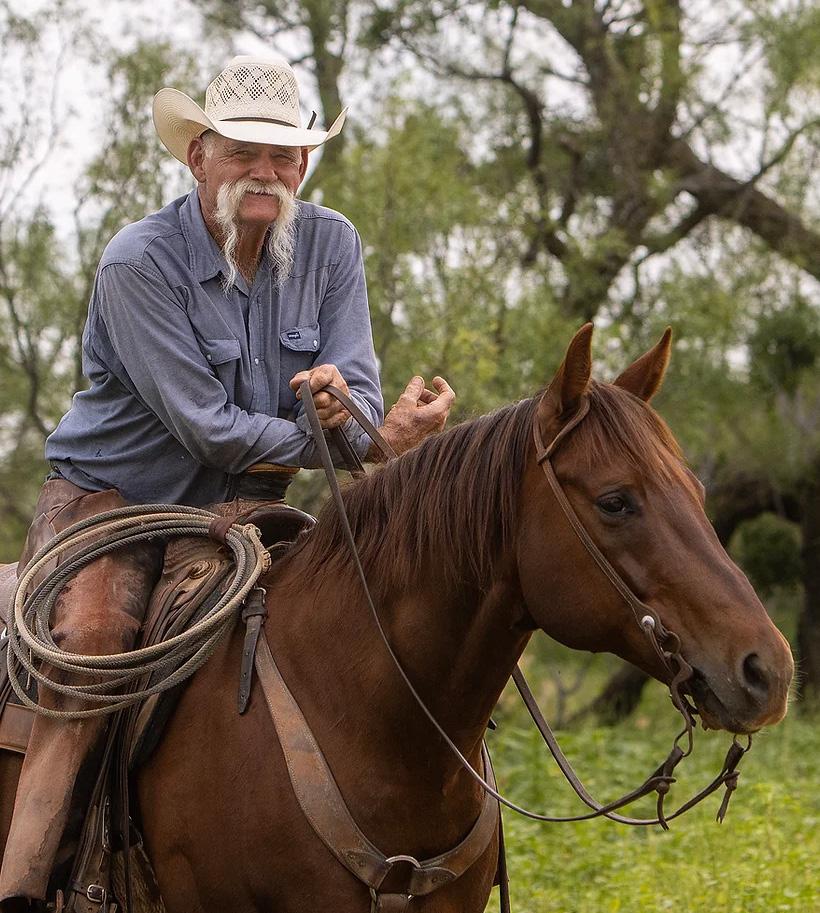
Cattle Raisers Association. “Jimbo led the way in horsemanship, in crafting the bits and spurs required for the trade, and in the integrity and kindness that defines this industry and these cowboys, most importantly.”
Humphreys has pursued cowboy life from various directions — making a living by punching cows, cooking on chuckwagons, training horses, building fences and corrals, crafting bits and spurs, and now, managing a large cow-calf operation on Guitar Ranches.
Humphreys grew up on Pitchfork Land & Cattle Co. in Guthrie, where his father, James “Jim” Humphreys Sr., served as ranch manager for most of Jimbo’s childhood. He began cowboying in junior high school, where he was paid a dollar a day, upgrading to five dollars a day once he entered high school.
At the start of his freshman year of college at Texas Tech University, Humphreys was drafted to the Army through the draft lottery in 1971. He spent six years in a platoon in Levelland, before returning to the Pitchfork Land & Cattle Co., where he gained an interest in welding by building pens and corrals.
Around this time, Humphreys stopped riding altogether. He admitted he had become a little jaded toward the lifestyle because of the rougher way horses were handled and trained in that era. However, discovering clinician and horseman Ray Hunt’s gentler and more considerate approach to horsemanship drew him back to the horse business.
Humphreys started applying Hunt’s methods to training horse teams to assist with fencing and pulling the chuck wagon. Humphreys recalls he got into the cooking business through the fencing business by cooking for his crew while out on the job building fences. He cooked for several well-known ranching figures, including Ray Hunt, Bob Moorhouse, Buster Welch and Craig Haythorn.
Humphreys’ return eventually led him to the Stock Horse of Texas Association where he was among the association’s top open riders. He also frequently competed in American Quarter Horse Association and Ranch Horse Association of America shows.
In key locations across Texas, Oklahoma and New Mexico, Helena has branches staffed with people who can provide landowners, ranchers and wildlife enthusiasts with all their management needs.
For more information, contact your local Helena representative or visit HelenaAgri.com.
Jimbo Humphreys is the recipient of the 2023 Ranching Heritage Association Working Cowboy Award. Photo by Ross Hecox.In 1995, Humphreys started working for Guitar Ranches, a third-generation family-run operation, near Abilene, performing various jobs and earning the role of ranch manager.

When asked about the most rewarding part of his well-rounded cowboying career, Humphreys replied, “Probably the diversity of it. The overall — everything. I don’t know if I could pick out one thing. I am just thankful for every bit of it.”
Al Davis, formerly interim director for the Texas A&M Forest Service, has now been appointed director by the Texas A&M University System Board of Regents in a special telephonic meeting June 14.
“Al Davis earned this appointment with his hard work and his dedication to excellence,” said John Sharp, Chancellor of the Texas A&M University System.
“Davis has successfully led the A&M Forest Service through one of the most active wildfire seasons in the state’s history. During 2022, the agency responded to 12,000 wildfires and saved more than 8,000 homes in the path of these fires, protecting both property and the lives of Texans.”
In his two years as interim director of Texas A&M Forest Service, Davis helped the agency focus on people and its core mission areas to conserve, protect and lead. The agency has nearly 550 employees and 58 office locations across the state.
Davis had been with Texas A&M Engineering Extension Service since 2005, having served as director of the National Emergency Response and Recovery Training Center. In 2014, he was appointed to deputy agency director.
Davis earned a bachelor’s degree from Southern University and A&M College in Baton Rouge, Louisiana; and two master’s degrees from the National Defense University in Washington, D.C., and Averett University in Danville, Virginia.
Before joining the Texas A&M University System, Davis worked as a consultant with United Water and served as a chief executive of the Public School District in New Orleans. He also served in the U.S. Marine Corps, retiring with the rank of colonel.
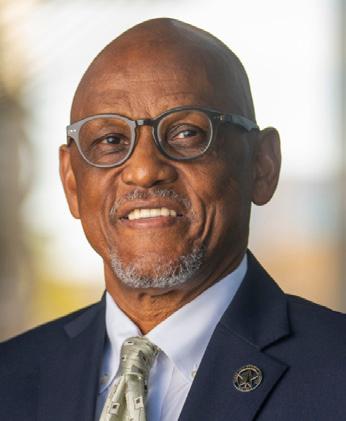
While well-below the record-large volume and value posted in May 2022, beef exports improved from April and were the second largest, behind March, of 2023.
That’s according to data released by USDA and compiled by the U.S. Meat Export Federation.
Beef exports totaled 116,159 metric tons, down 14% from the May 2022 record — but up 4% from the previous month. Export value was $874.7 million, down 19% year-over-year, but 2% above April.
May exports strengthened to Mexico, Taiwan and South Africa, and export value to Canada was the highest in nearly eight years. Beef variety meat exports were the largest in 12 months at just under 27,000 metric tons.
For January through May, beef and beef variety exports were down 10% to 554,069 metric tons, valued at $4.09 billion — down 21%.
“U.S. beef exports face considerable headwinds in 2023, on both the supply and demand side, especially when compared to last year’s massive totals,” said U.S. Meat Export Federation President and CEO Dan Halstrom. “To address tighter beef supplies, USMEF has heightened efforts to showcase underutilized cuts, even in our wellestablished markets. It’s also encouraging to see beef variety meat exports maintain a strong pace, as this is essential for maximizing carcass value.” T C
As the fall sale season heats up, revisit the fundamentals of sire selection during the next Ranching 101 session hosted by Texas & Southwestern Cattle Raisers Association.
Participate in the hour-long Zoom webinar at 1 p.m. Tuesday, Sept. 19, to learn what to look for in a bull prospect. Featured speaker Parker Henley, of Oklahoma State University, will also cover how to properly meet the nutritional needs of the herd’s most valuable player.
Scan the QR code to register.

Henley is the livestock judging coach and the Dr. Robert “Bob” Totusek endowed chair fellow at Oklahoma State University. He also serves as an Extension specialist focused on beef cattle management and youth livestock education. Henley coached the national champion livestock
judging teams in 2021 and 2022, and was named “Coach of the Year” both years.
His passion for livestock judging traces back to his time on teams at Butler Community College and Kansas State University, where he earned a bachelor’s degree in animal science.
Henley received his master’s and Ph.D. from the University of Illinois, while conducting research on nutrition and management strategies for heifer and bull development programs.
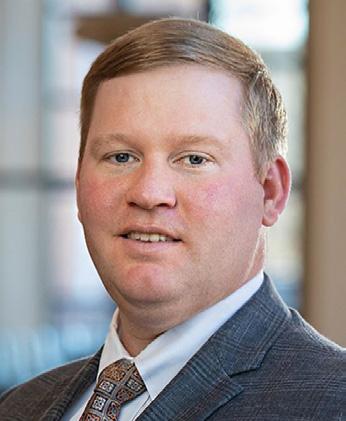
Henley was raised in Central Missouri, where he and his family continue to raise Angus and Charolais cattle. He, along with his family, have bred or exhibited several national or reserve national champion Charolais cattle. He currently lives in Stillwater, Oklahoma, with his wife, Christy, and son, Norman. T C

SpecialReplacementFemaleSales
Saturday,Sept.23@10:00a.m.–SanSaba
*Wednesday,Oct.18@11:00a.m.–SanSaba
10thAnnualHillCountryYouthHeiferSale
Saturday,Oct.28@10:00a.m.–SanSaba
Saturday,Dec.2@10:00a.m.–SanSaba
ConsignmentsWelcome!
Special Bull Sales
Thursday,Oct.12@10:00a.m.–SanSaba
FeaturingHiddenOaks
RanchHereford&SimmonsCharolaisBulls BooksareClosed!
Thursday,Oct.19@10:00a.m.–SanSaba SutphinCattleCo&KnoxBrothers–30HeadofAngus, RedAngus,Charolais&SimAngusBullsfromSutphinCattle &25Hereford&25AngusBullsfromKnoxBrothers
Thursday,Nov.2@10:00a.m.–SanSaba
CannonCharolais&HalesAngus FarmBullSale-55Charolais&30AngusBulls BooksareClosed!
*Wednesday,Nov.8@11:00a.m.–SanSaba BarberHerefordRanchandExpressRanchAngus
Thursday,Nov.16@10:00a.m.–SanSaba
FeaturingSchaeferFarmsAngusBulls
Thursday,Dec.14@10:00a.m.–SanSaba LeachmanTexasFallStabilizerBullSale
WEEKLY SALES HELD AT 11:00 a.m.
Monday – Mason
Thursday – San Saba
Formoreinfoonabove salesoronlineviewing andbidding,pleasecall orvisitourwebsite.
Join
Member benefits include

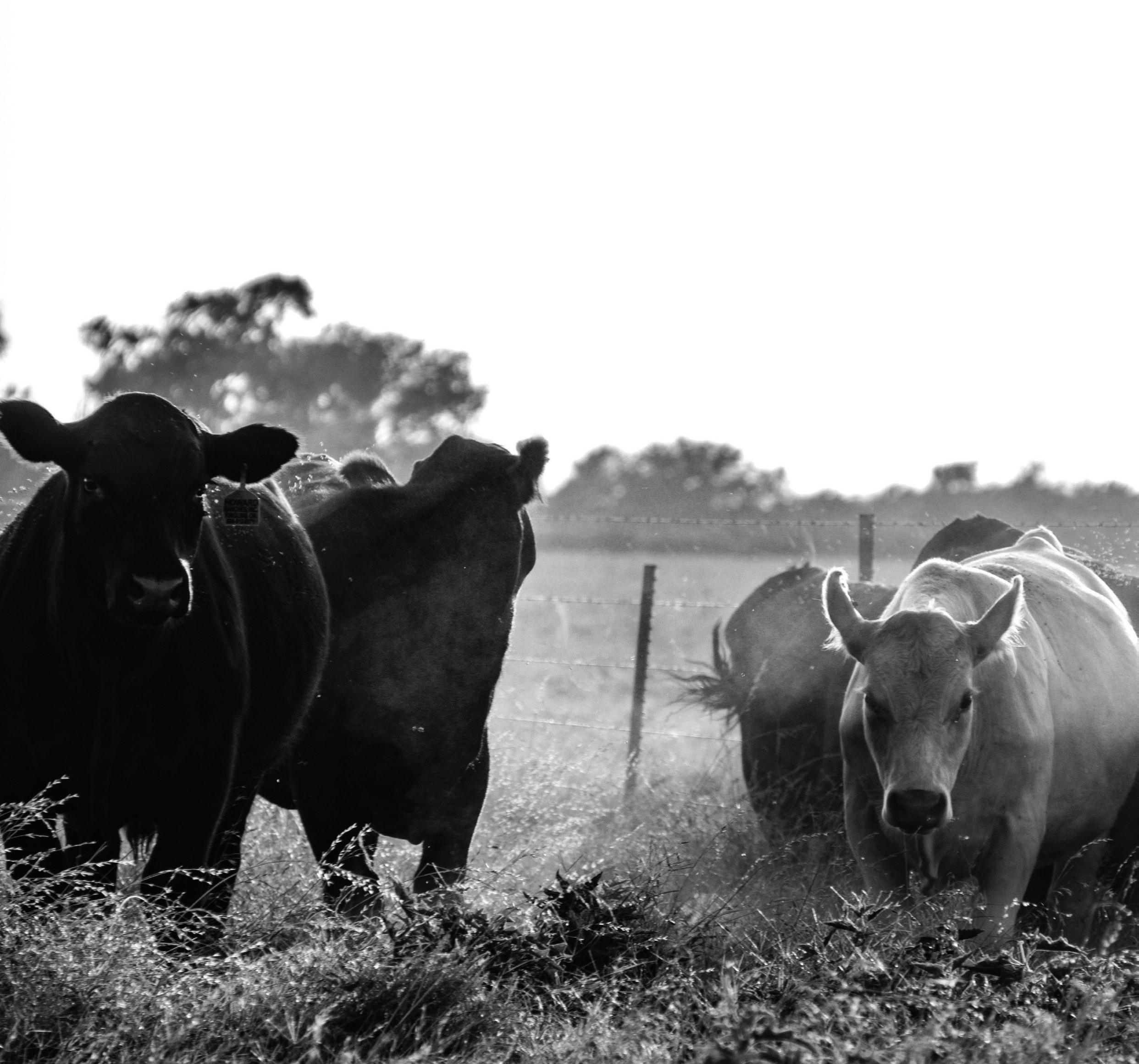

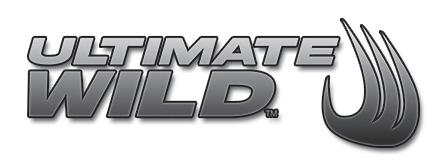
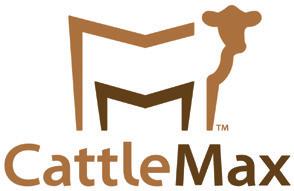


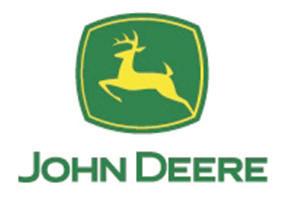
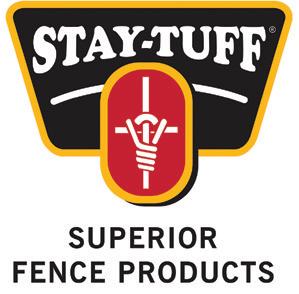
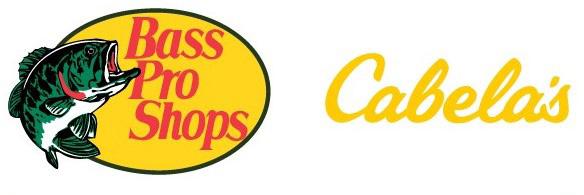


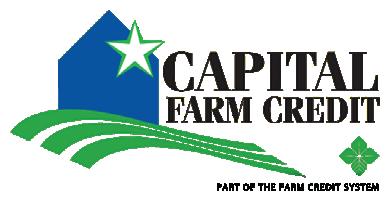

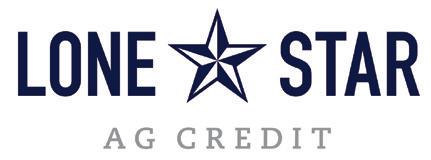



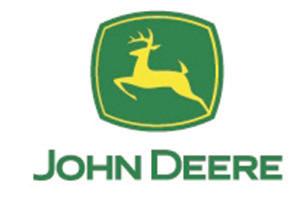


RICHARD D. “DICK” HUGHES, 84, of El Paso, died July 3.


Born June 8, 1939, in Albuquerque, New Mexico, Hughes moved to El Paso as a young child. He graduated from Austin High School and Texas Western College with a business degree.
After several years in insurance and construction, he moved to the family ranch in Jeff Davis County.
For years, Hughes served as an honorary director for Texas & Southwestern Cattle Raisers Association. He was also a member of the Davis Mountain Trans Pecos Heritage Association.
Hughes was an Eagle Scout and licensed smallaircraft pilot. He enjoyed spending time with family and supporting his sons in their various interests through the years, including sports teams, hunting and fishing.
He is survived by his wife of 61 years, Susan Reynolds Hughes; son, David Dale (Paula) Hughes; daughter-in-law, Heather Lynn Hughes; grandchildren, Angie and Sharon; and many friends and extended family members.
NANCY PRUITT, 69, of Springtown, died May 13.
A nationally recognized cattle photographer, Pruitt was a 1976 graduate of Texas A&M University with a degree in agricultural journalism.
In 1977, she joined the Brangus Journal staff, and part of her responsibilities required taking cattle photos. This opened another avenue of creativity for her, as she was already writing and designing ads and eye-catching layouts for the monthly magazine.
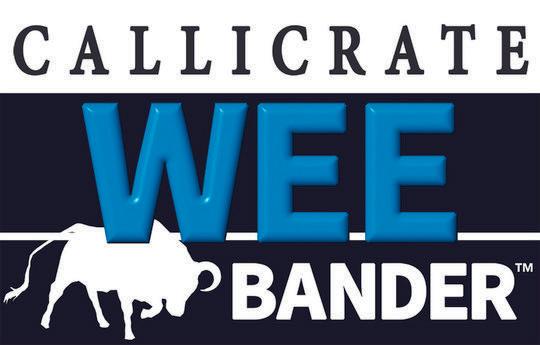

Pruitt loved the photography part of her position, and it would become a lifelong passion. She also began drawing and painting cattle during this time.

She joined the editorial staff at The Cattleman from Texas & Southwestern Cattle Raisers Association in 1980. From there, she worked at Granada and Camp Cooley Ranch, where her photography and design skills produced award-winning campaigns and her work was recognized on a national level.

Pruitt became a sought-after cattle photographer across breeds, and this led her to open her own company that she operated until her death.
She is survived by her son, Brett. T C

"Easy to use, works every time."
Lynn Locatelli, DVM
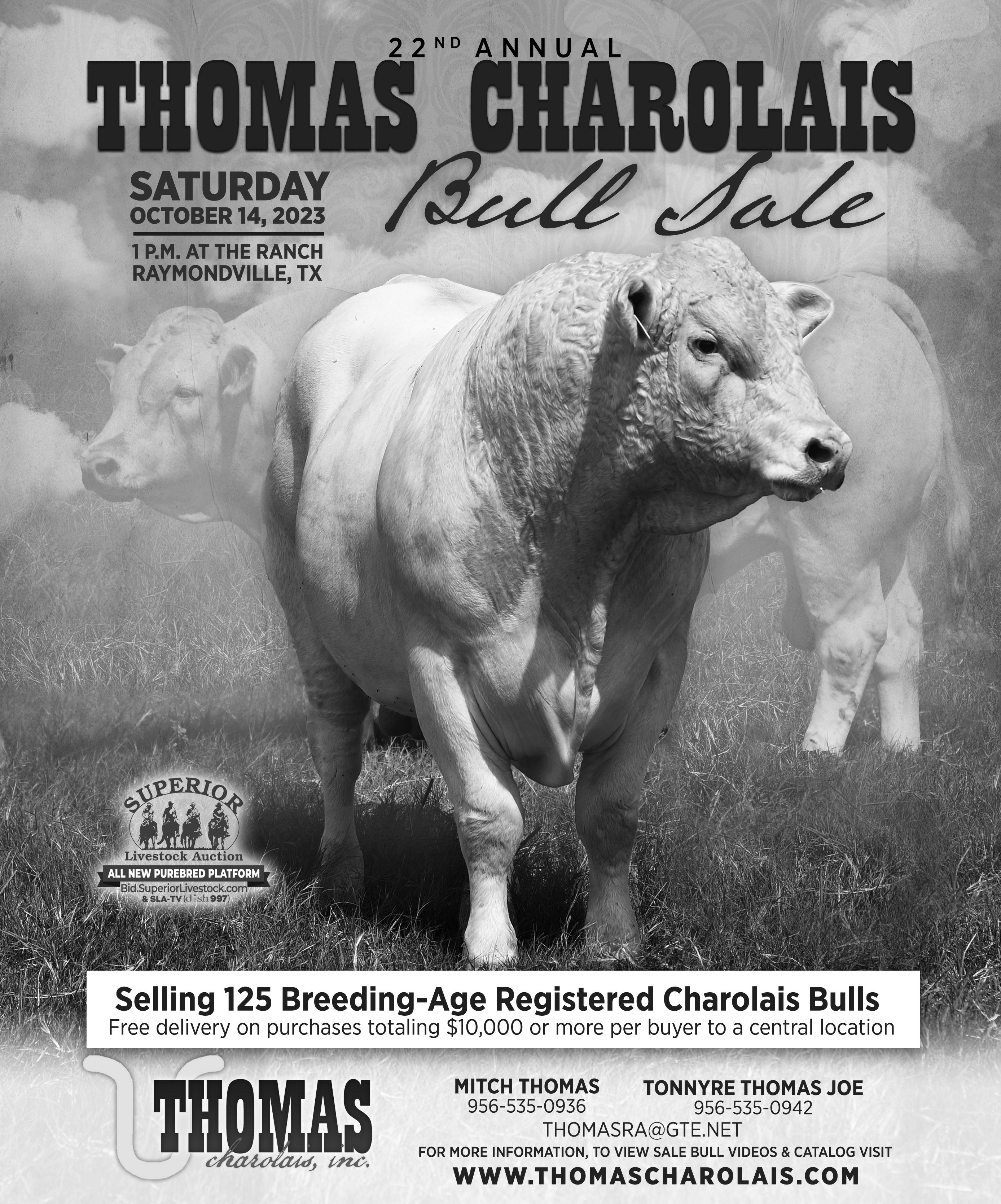
Extensive special ranger investigation leads to 12 counts of theft.
Former Lindale ranch manager, Jesus Sergio PerezSanchez, was indicted by the Smith County Grand Jury on 12 counts of theft of livestock.
The indictment is a result of a lengthy investigation by Texas & Southwestern Cattle Raisers Association Special Rangers Larry Hand, Bo Fox and Darrel Bobbitt.


Perez-Sanchez was arrested in March 2022 for two counts of theft, after an absentee landowner noticed discrepancies in cattle sales and called on the team of
Texas & Southwestern Cattle Raisers Association special rangers. After extensive investigation, Hand presented evidence alleging 10 additional counts of theft that occurred from May 2018 to November 2021.
The grand jury indicted Perez-Sanchez in April 2023 for all 12 charges, each a third-degree felony with a $25,000 bond. Perez-Sanchez faces a possible 10-year confinement with the Texas Department of Criminal Justice, as well as a fine up to $10,000 for each felony.
Texas & Southwestern Cattle Raisers Association would like to thank the Smith County Criminal District Attorney’s Office for their assistance, and the grand jury for fulfilling their civic duties during this case. T C
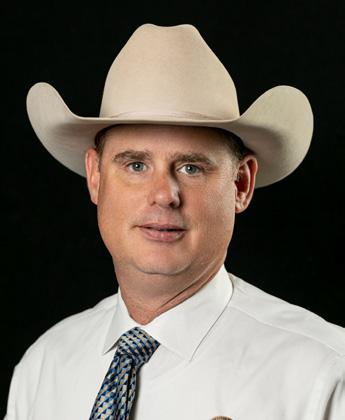
Multimin® 90 is a one-of-a-kind trace mineral injection that supports immune function. Research shows Multimin 90 in a calf vaccination program improves vaccine response from 53% to 80% as measured by a four-fold increase in antibody titers. Superior immune response provides better protection against BRD, while improving overall herd health and productivity. Optimize your vaccination ROI with Multimin 90. See corresponding page for prescribing information.

www.multiminusa.com
 Larry Hand District 13 TSCRA Special Ranger
Bo Fox District 12 TSCRA Special Ranger
Darrel Bobbitt District 14 TSCRA Special Ranger
Larry Hand District 13 TSCRA Special Ranger
Bo Fox District 12 TSCRA Special Ranger
Darrel Bobbitt District 14 TSCRA Special Ranger

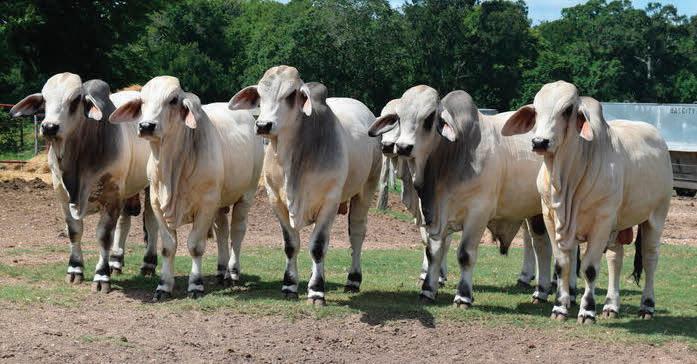

Cow-calf pairs missing in Nowata County, Oklahoma.
Texas & Southwestern Cattle Raisers Association
Special Ranger Bart Perrier reports seven cow-calf pairs missing from a pasture south of U.S. Highway 60. The cattle are black and some may have a white face. The pairs are branded with an extended K bar on the left hip, and the cows also have a year brand on the right hip. Anyone with information on this case is urged to contact Perrier at 918-440-8360.
Cattle and trailer stolen near Willow, Oklahoma.
Texas & Southwestern Cattle Raisers Association
Special Ranger Jay Foster reports nine Angus cows, one Angus bull and a 2016 Delco trailer stolen from a property southeast of Willow in Greer County, Oklahoma. The cattle have light-blue ear tags and are branded with D3 on the left hip. The bull also has an abscess over his left eye. The trailer is a dark-colored, 32-foot gooseneck with a red tarp. The cattle and trailer were stolen June 16. Anyone with information on this case is urged to contact Foster at 940-475-0295.
Trailer stolen in Love County, Oklahoma.
Texas & Southwestern Cattle Raisers Association
Special Ranger Brad Oliver reports a 16-foot, bumper-pull trailer stolen from a property off Oswalt Road. The W-W brand trailer is silver and has black rubber mats on the floor. Discovered missing June 17, it also has a broken escape gate and a broken front window.
Pickup and trailer stolen in Gainesville.
Oliver also reports a 2014 four-door Ford F250 pickup and a 24-foot W-W brand trailer stolen in Cooke County. The white pickup has a Texas farm registration license plate with No. 1NG-742. The trailer is dark gray with a new white tarp on top. The pickup and trailer were stolen on July 11 at approximately 8:45 a.m., and the suspect was last seen driving down the north-bound service road of IH-35. Anyone with information on these cases is urged to contact Oliver at 903-328-8023.
Missing trailer and equipment in Trinity County.
Texas & Southwestern Cattle Raisers Association
Special Ranger Darrel Bobbitt reports a stolen pickup with attached trailer loaded with equipment. The missing pickup truck was recovered in Brazos County, but the trailer and equipment remain missing. Last seen June 9, the missing trailer is a 25-foot 2000 PJ lowboy trailer, license number FFPF09, hauling a Krone 10-foot hay cutter. Anyone with information on this case is urged to contact Bobbitt at 936-222-2144.
Red 4-wheeler missing in Taylor County
Texas & Southwestern Cattle Raisers Association
Special Ranger Joe Roberts reports a 2006 red Suzuki Ozark 250 4-wheeler missing from a property. The 4-wheeler was taken by means of a cut barbed wire fence between June 5-9. The property VIN is JSAAJ51 A662106787. Anyone with information about this case is urged to contact Roberts at 325-669-1427.
DISTRICT 19 — CENTRAL TEXAS
Sheep missing in Schleicher County.
Texas & Southwestern Cattle Raisers Association
Special Ranger H.D. Brittain reports 120 Dorper sheep missing. Last seen March 15, the ewes have double under-bit left ear notches, and the bucks have cropped right ears.
Horses shot in Crockett County.
Brittain also reports two horses with gunshot wounds. One horse is a sorrel mare with two gunshot wounds, one to the abdomen and one to the lower right leg. The other horse is a black yearling stud colt with a gunshot wound to the left hock. The horses were shot on or around June 23 in a pasture approximately eight miles east of Iraan. The owner is offering a $10,000 reward for information leading to an arrest on this case. Anyone with information on these cases is urged to contact Brittain at 325-340-2268.
Brangus cows missing in Walker County.
Texas & Southwestern Cattle Raisers Association
Special Ranger Brent Mast reports nine black Brangus cows missing from a property off Bowden Road in Huntsville. Last seen in mid-May, the cattle are branded with DL3 or DH3 on the right hip.
Calves missing in Brazos County.
Mast also reports 13 Santa Gertrudis bull calves missing from a property off Mumford Road in Bryan. Last seen in early May, the calves weigh approximately 500 pounds, with numbered yellow ear tags in the right ear and blue fly tags in the left ear.
The special ranger reports an unbranded, brindle F-1 cow missing from a property off Deep Well Road. The cow was last seen around June 12. Anyone with information about these cases is urged to contact Mast at 936-714-6619.
Cattle missing near Victoria.
Texas & Southwestern Cattle Raisers Association
Special Ranger Robert Fields reports one bull calf, seven crossbred cows and one yellow-and-white belted cow missing from a property off San Antonio River Road.
The calf is black with a white face and weighs approximately 400 to 500 pounds.
All the cows are branded with a rocking H on the right hip. The crossbred cows were discovered missing in early May, and the belted cow and calf went missing around the end of May.
Anyone with information on this case is urged to contact Fields at 361-207-5207.
Bull missing in Blanco County.
Texas & Southwestern Cattle Raisers Association Special Ranger Todd Jennings reports one Santa Gertrudis bull missing from a property off U.S. 290 near Henly. The bull is scurred with no other markings, tags or brands, and was last seen June 20.
Steer missing in Kendall County.
Jennings also reports a black, 11-month-old steer missing from a pasture near Old No. 9 Road close to the Gillespie/Kendall County line. Last seen June 9, the steer has a red ear tag in the right ear with No. 2275, a swallow fork ear notch, left ear crop and underscore notches. The brand is a bar open broad axe on the left lower thigh. Anyone with information about these cases is urged to contact Jennings at 830-997-7585. T C
TSCRA offers a cash reward for information leading to the arrest and/or grand jury indictment of individuals for theft of livestock or related property. Anonymity is guaranteed. To provide information, call the Operation Cow Thief tip line at 817-916-1775.
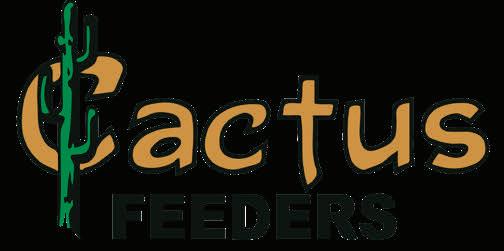
Cactus Feedyard
Matthew Turney, Manager
Cactus, TX office: (806) 966-5151

cell: (806) 282-7077
Centerfire Feedyard
Rusty Jackson, Manager
Ulysses, KS office: (620) 356-2010


cell: (806) 773-9457
Frontier Feedyard
Ross Kelso, Manager Spearman, TX office: (806) 882-4251 cell: (806) 662-4741
Stratford Feedyard
Pistol Audrain, Manager Stratford, TX office: (806) 396-5501


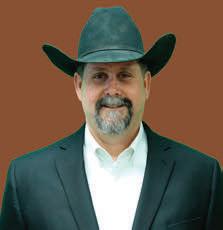
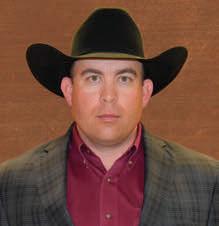
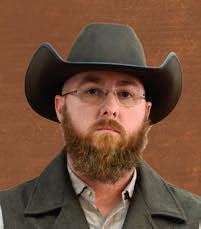

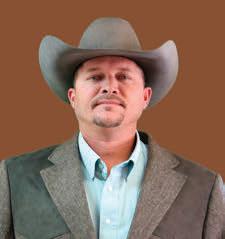


cell: (806) 753-7133
At Cactus, our Employee Stock Ownership Plan (ESOP) makes each employee an owner of the company. They think like owners and take care of the cattle like owners. That’s the secret to what has made Cactus Feeders a success, and that will continue to make us successful tomorrow.
Southwest Feedyard
Kacey Graham, Manager Hereford, TX office: (806) 364-0693 cell: (806) 316-8799
Hale Center Feedyard
David Watts, Manager Hale Center, TX office: (806) 879-2104 cell: (806) 202-0209
Ulysses Feedyard
Adam Gerrond, Manager Ulysses, KS office: (620) 356-1750 cell:(806) 390-9034
Wolf Creek Feedyard
Keith Brinson, Manager Perryton, TX office: (806) 435-5697 cell: (806) 282-7588
Wrangler Feedyard
Randy Shields, Manager Tulia, TX office: (806) 583-2131 cell: (806) 290-0559
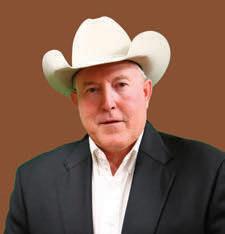

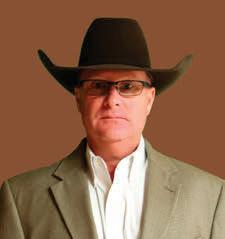
Syracuse Feedyard
Phil Moreman, Manager Syracuse, KS office: (620) 384-7431 cell: (806) 340-4790
Date of Birth: Dec. 25, 1975
Offense: Theft of livestock
Date of Birth: Jan. 10, 1968
Offense: Burglary
Date of Offense: June 16, 2017
Victim: Chad Eric Smith
Location of Offense: Wilbarger County
Trial Date: April 20, 2023
Trial Court: 46th Judicial District Court
Plea: Guilty
Sentence: State Penitentiary, 12 years
Restitution: $35,000
Fine: $750
Second Offense: Endangering others while eluding a police officer
Date of Offense: May 17, 2021
Victim: State of Oklahoma
Location of Offense: Comanche County, Oklahoma

Trial Date: April 21, 2021
Trial Court: Comanche County Court
Plea: Guilty
Sentence: State Penitentiary, 5 years
Fine: $750
TSCRA Special Ranger: Jay Foster
Date of Offense: Nov. 29, 2020
Victim: Deannie Miller
Location of Offense: Victoria County
Indicted: May 25, 2023
TSCRA Special Ranger: Robert Fields
Date of Birth: Sept. 9, 1974
Offense: Theft of livestock
Date of Offense: Nov. 29, 2020
Victim: Deannie Miller
Location of Offense: Victoria County
Indicted: May 25, 2023
TSCRA Special Ranger: Robert Fields
Date of Birth: Sept. 10, 1987
Offense: Theft
Date of Offense: April 17, 2022
Victim: Wade Thomas Heldermon
Location of Offense: Hardeman County
Indicted: Jan. 12, 2023
TSCRA Special Ranger: Jay Foster
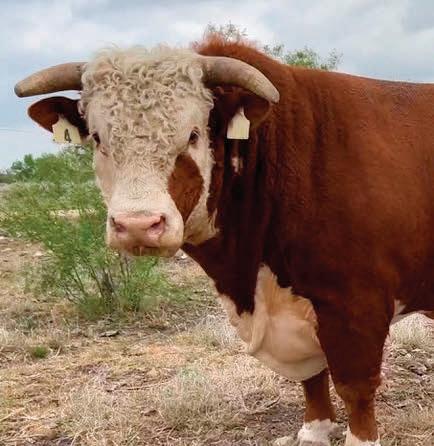

T a k e ho m e Sm a r t Bu l l s ® a n d b reed m o r e c o w s
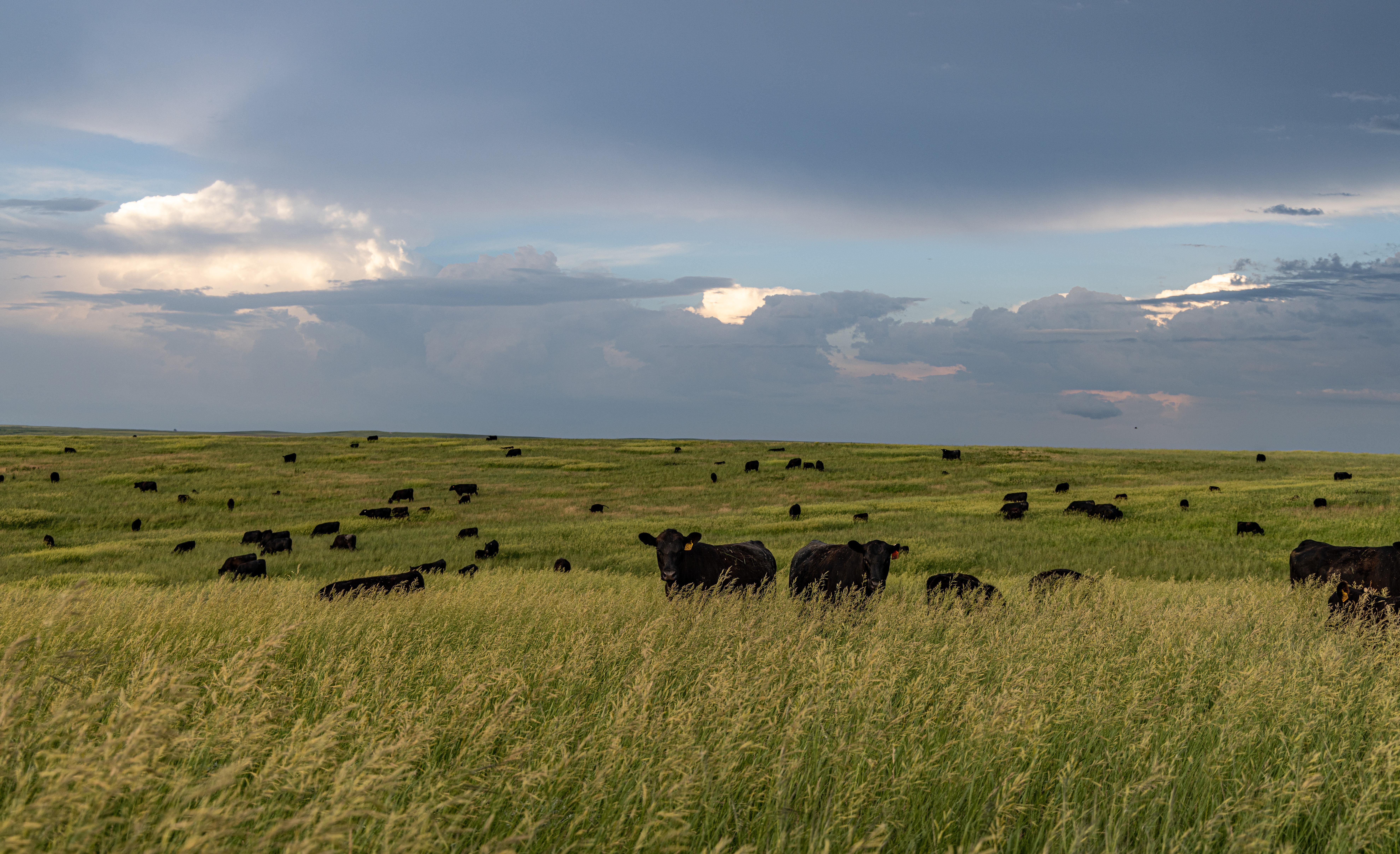
Scan this QR code to see videos of all of the sale bulls in our Smar tBull® Sale.

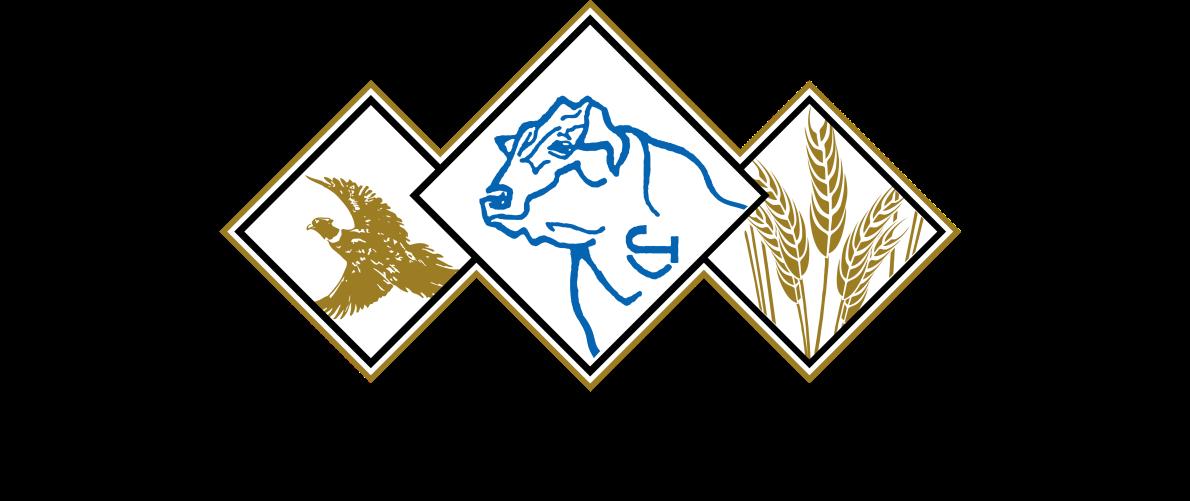



Pasture, rangeland and forage insurance offers protection when rainfall lags.
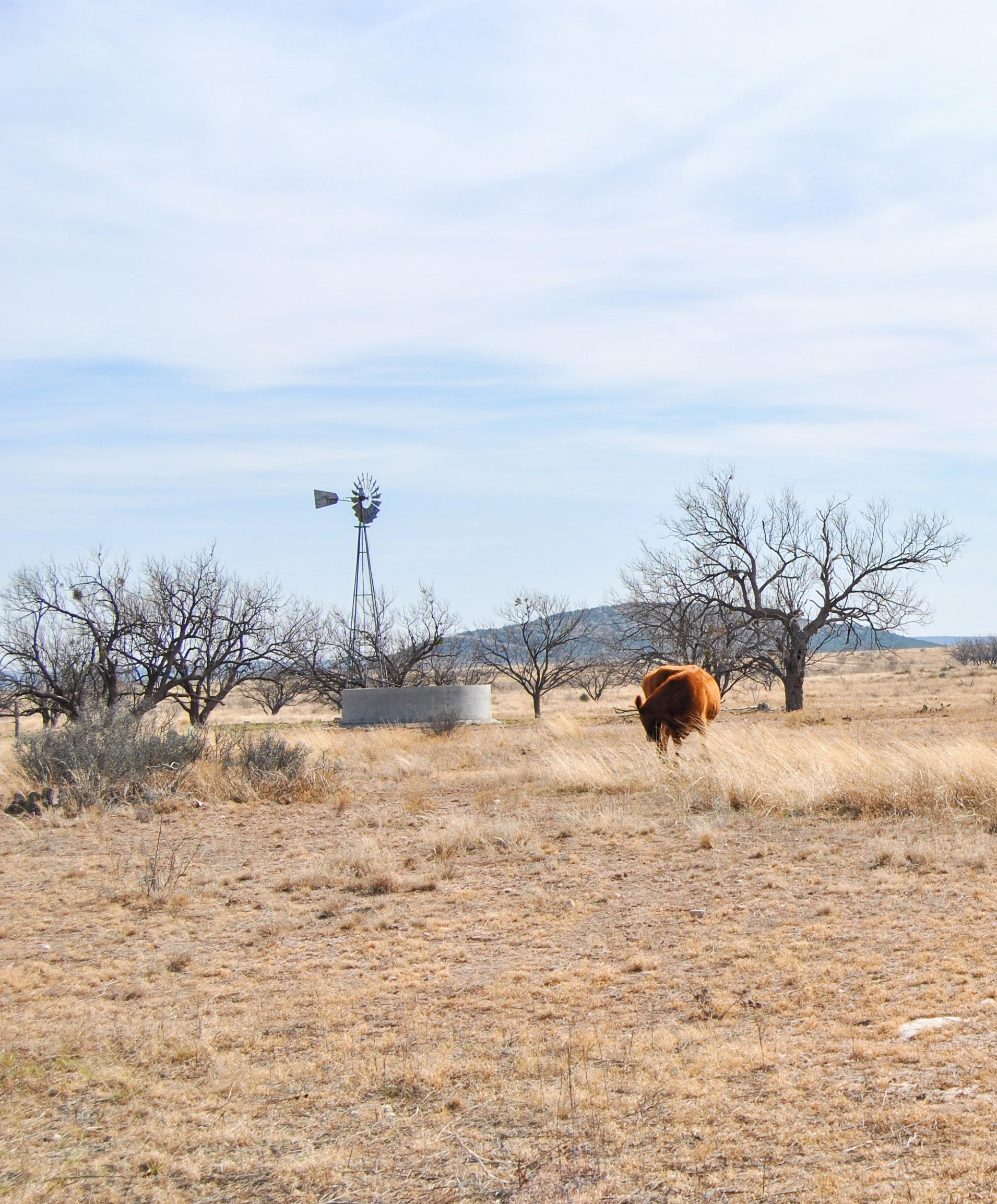 By Diane Meyer
By Diane Meyer
It’s been another dry summer. Forage left standing may not be enough to keep pounds on the cows. If shipping in feed is imminent, it begs the common question, “Can my business handle these extra costs?”
That’s where pasture, rangeland and forage insurance can help, assures Austin Tucker of Specialized Crop Insurance. He presented an overview of this coverage March 24 during the School for Successful Ranching at the 2023 Cattle Raisers Convention & Expo in Fort Worth.
Tucker, a Texas native now living in Alabama, works exclusively with this type of insurance to help ranchers and farmers across the country mitigate risks during drier-than-normal months.
The premise of pasture, rangeland and forage insurance is simple, he explains: “You receive payment if the expected amount of rain is less than the historical average and falls below your coverage level.”
Established in 2007, the USDA governmentsubsidized pilot insurance program helps offset costs
incurred from drought. Owned and rented acres are eligible under the policy.
Coverage rates and productive values are assigned by USDA’s Risk Management Agency and based on precipitation documented in the National Oceanic and Atmospheric Admiration’s Climate Prediction Center Rainfall Index.
Specifically, pasture, rangeland and forage insurance protects land used for grazing and haying. The policy defines grazing land as acreage used solely as pasture for livestock to roam and feed. Haying ground is classified as being mechanically harvestable and cured.
Available in the 48 contiguous states, Tucker recommends considering pasture, rangeland and forage insurance, especially those in drought-prone areas.
He breaks down the four components of this insurance program — location, time periods, productivity factor and coverage level — in more detail.
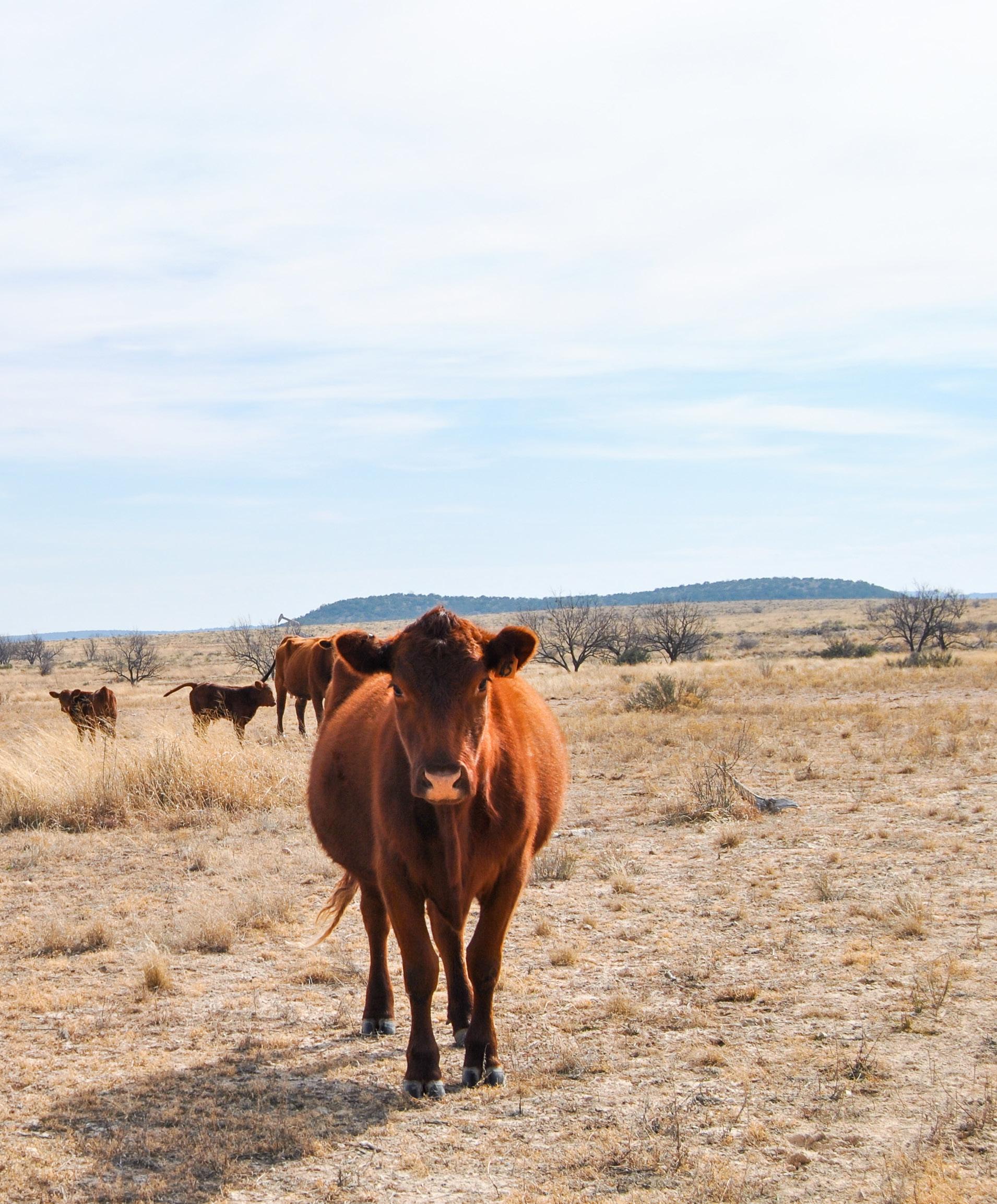 Cami Froneberger
Cami Froneberger
When selecting pasture, rangeland and forage coverage, acreage value is determined with an established area-based grid system. The grids do not follow geographical boundaries like county or state lines. Insured land may occupy space in a single grid, or multiple grids. Each grid stands alone with unique premiums, and/or value per acre, associated with it.
Tucker describes the insurance grid layout using a projector screen analogy — imagine one slide as a map of the U.S., and then overlaying the map with a slide of the gridlines. Essentially, the country is divided into squares, or grids.
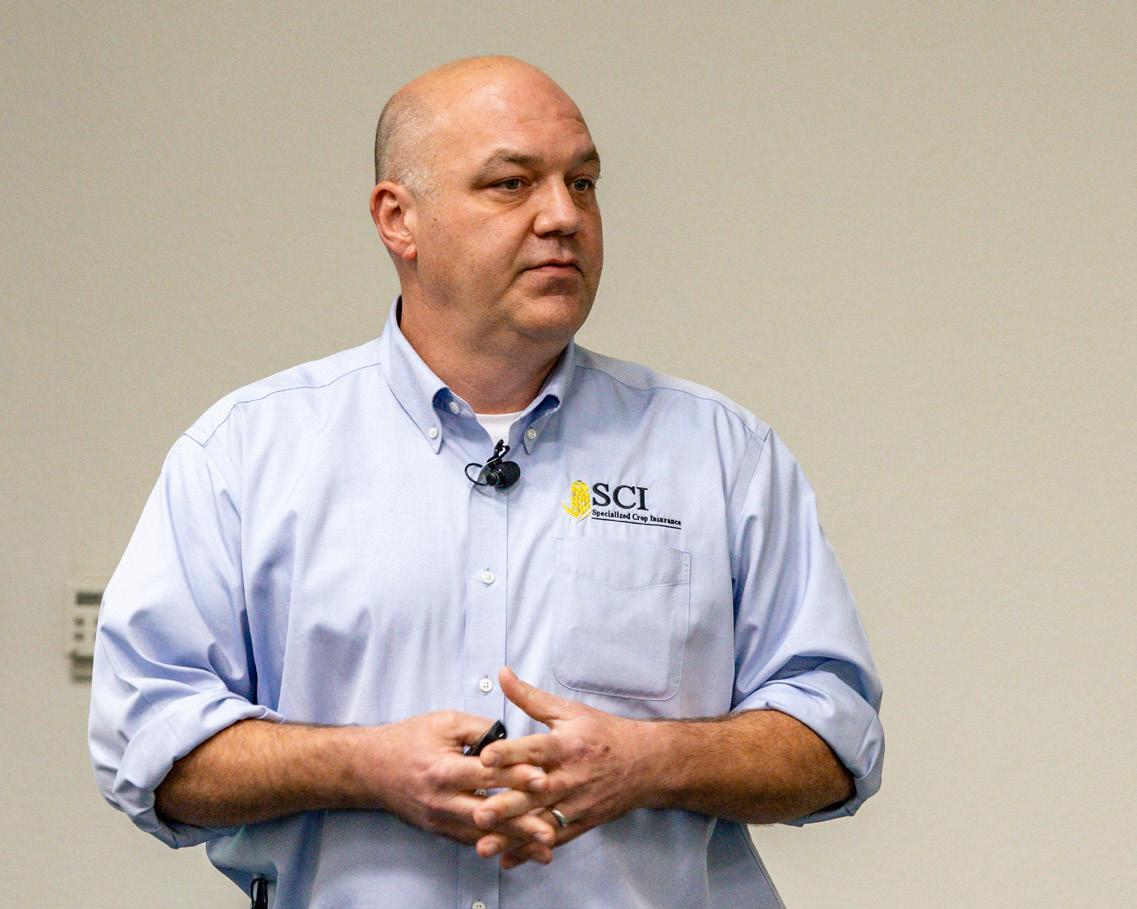
Each grid measures 0.25 degrees in longitude by 0.25 degrees in latitude. Longitude and latitude lines originate at the equator, at which point each grid measures approximately 17 miles by 17 miles. As lines move north following the curvature of the globe, the distance between them closes. So, grid lines span 12 miles by 12 miles across the U.S.
Insured parties must select at least two, twomonth periods, called index intervals, where rainfall is especially important to an operation.
Protection can represent a minimum of four months up to the entire year. There are 11 annual intervals to select from. Gaps in coverage are allowed, but intervals cannot overlap.
For example, coverage can be selected from January to February and from March to April, or spaced out from January to February and May to June. However, overlapping intervals like January to February and February to March is prohibited.
In any one interval, at least 10% of acreage must be insured, with a maximum of 50% to 70% insured. Maximum coverage level varies by state.
When enrolling in pasture, rangeland and forage insurance policies, parties must select at least two, two-month periods. Intervals cannot overlap, but protection can be purchased up to the entire year.
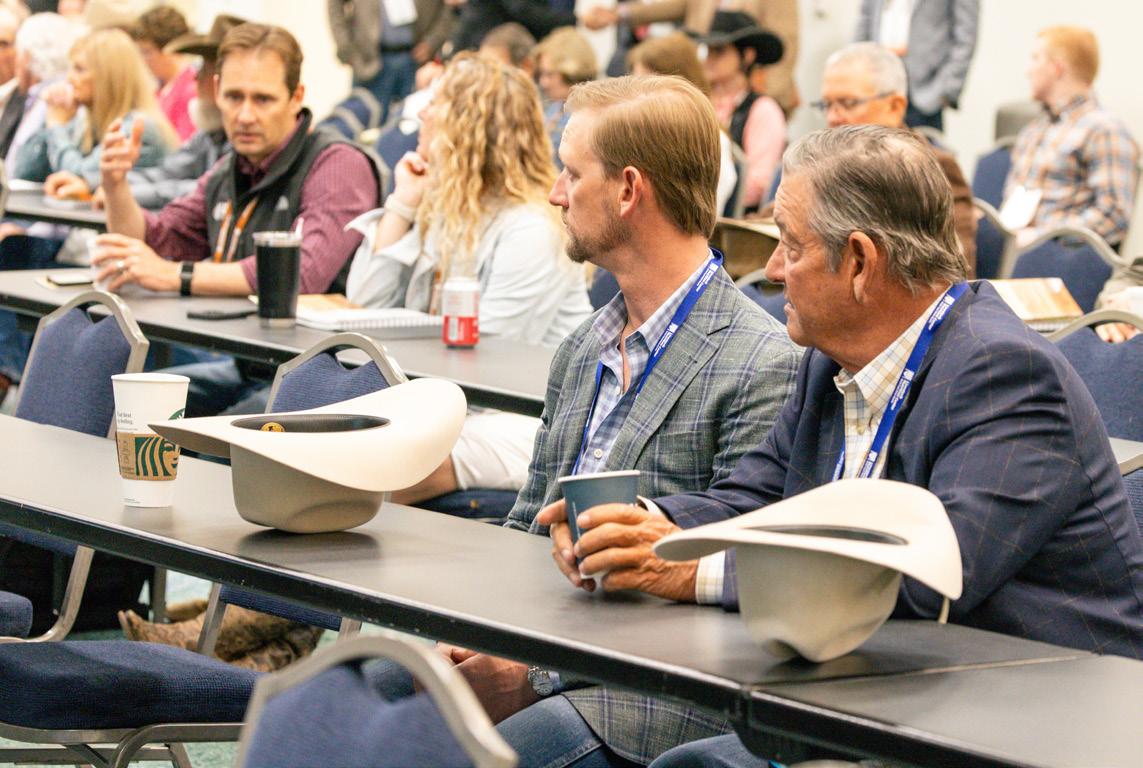
Offered from 60% to 150% in 1% increments, the productivity factor is intended to offset higher input costs.




For example, if perceived acreage value is equivalent with USDA’s assigned value, that may signify selecting a 100% productivity factor. With current input costs, Tucker says selecting the higher productivity factor to help more accurately reflect costs due to losses.
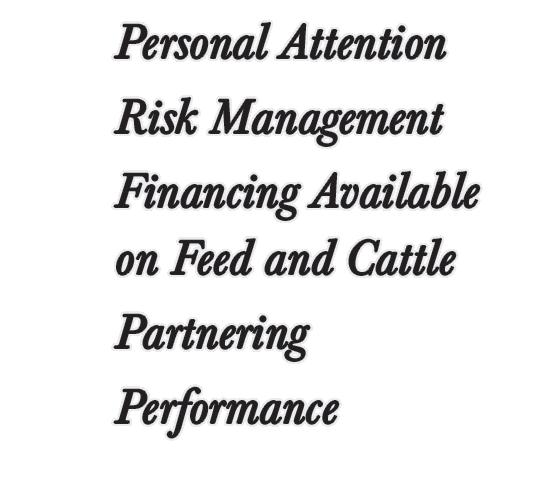


Those insured can select coverage for 70% to 90% of average rainfall. Levels are offered in 5% increments — 70, 75, 80, 85 and 90.

For instance, a grid’s designated average rainfall from January-February is 10 inches. Ten inches of rain is identified as 100% of the historical average rainfall for the grid. It rains eight inches.
With a 90% coverage level, the plan pays for one inch of missed precipitation. If it rains two inches, the plan pays for 7 inches. If it rains 11 inches, no payment is owed to the insured — the policy covers one thing only, lack of rain.
Tucker recommends selecting coverage at 90% with a 150% productivity factor to best offset input costs associated with diminished precipitation. Likewise, he works closely with every client to identify the index intervals that work best based on their grid. “How you set this up matters,” he stresses.

For example, knowing how El Niño and La Niña climate patterns affect rainfall in a specific region will help predict rainfall levels.
Nodding to professional hockey player Wayne Gretzky’s famous quote, “I skate to where the puck is going to be, not where it has been,” Tucker echoes, “I believe that’s how we should set these policies up. Let’s set it up to where the weather’s going to be and not where it’s been.”
Pasture, rangeland and forage insurance policies are sold once per year: from Sept. 1 through Dec. 1, providing coverage for the following year.
USDA assesses new rainfall index data and updates rates accordingly before the Aug. 31 deadline, before the next enrollment period begins Sept. 1. While rates almost always change, Tucker notes adjustments are typically minimal.
Since USDA sets rates, agents can only compete based on their customer service and policy knowledge.
Tucker emphasizes the importance of working with an agent who communicates regularly and invests time in updating policies to reflect premium changes and predicted weather patterns.
“Do not settle for ‘cookie-cutter’ policies that never change,” he cautions.
If a loss occurs, payments are processed automatically without having to submit a claim. Any indemnity owed is first deducted from the premium before a cash payout.
The National Oceanic and Atmospheric Admiration’s Climate Prediction Center Rainfall Index is a tool developed to assess and quantify agricultural risk associated with precipitation changes. The index focuses on measuring rainfall deviations from historical norms in specific geographic regions across the U.S.
With data dating to 1948, it provides valuable information to farmers, ranchers and policymakers about the likelihood of droughts and floods in a given area. The rainfall index helps stakeholders comprehend the severity and frequency of weather extremes they might encounter by analyzing long-term rainfall data and categorizing regions into five different zones ranging from extremely dry to excessively wet.
The index forms the basis for pasture, rangeland and forage insurance.
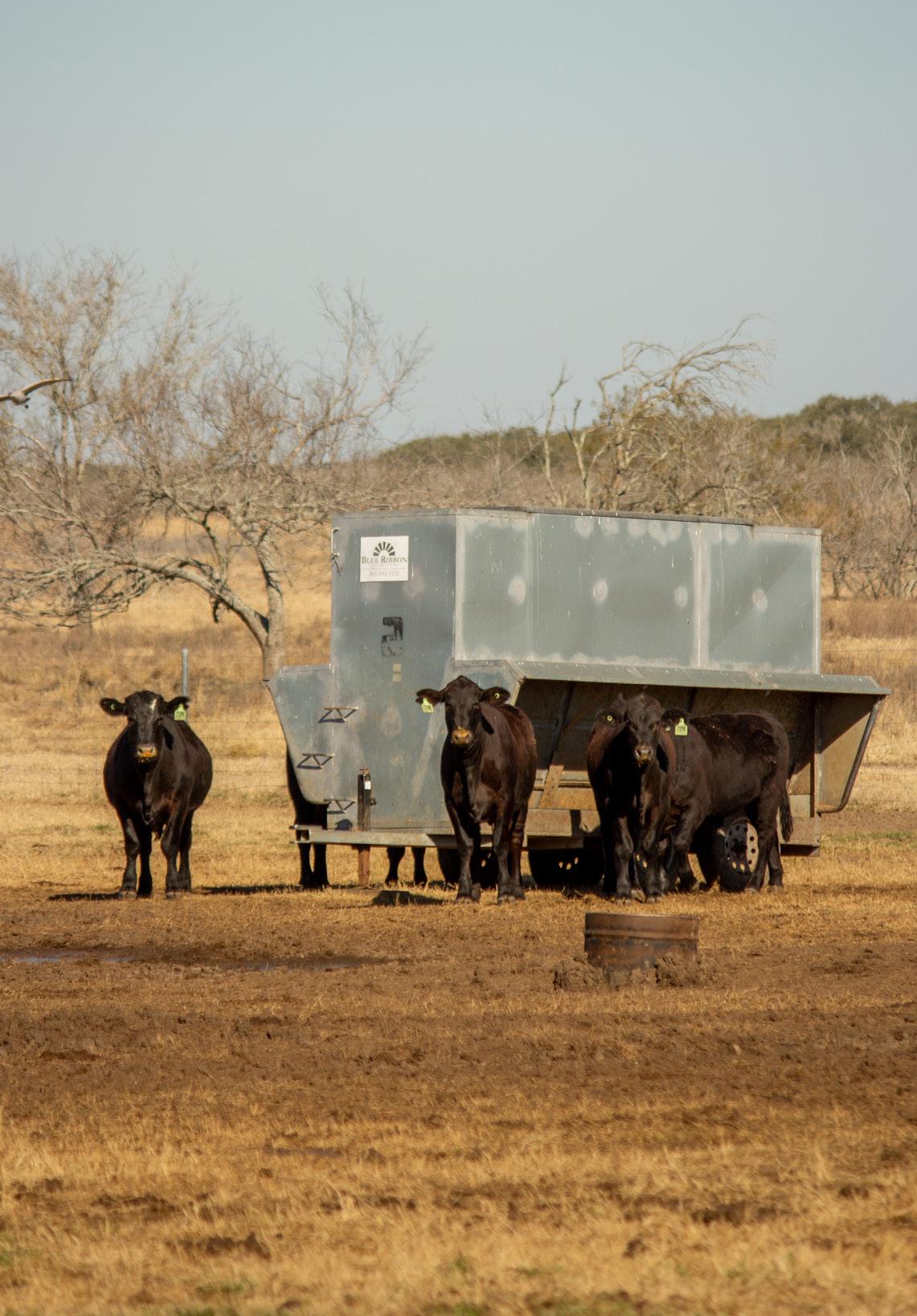
Under the program, agricultural producers can purchase insurance coverage based on the NOAA CPC Rainfall Index. If the index's rainfall deviation falls below a chosen threshold, eligible farmers receive indemnity payments to offset losses caused by weather-related challenges.
Understanding and managing these risks are essential for sustainable agriculture applications and the NOAA CPC Rainfall Index empowers the agricultural community to make informed decisions to protect against future climate patterns.
Visit rma.usda.gov to learn more.
For instance, if a premium is $5,000 and a plan warrants $7,000 in payment, the premium is automatically paid and the insured receives the remaining $2,000.
If an additional loss occurs later in the year, and all of the premium was paid in the first loss, then the insured receives the entire indemnity payment.
Alternately, if payments totaled $4,500 with a $5,000 premium plan, the total premium is reduced to $500 instead of $5,000.
Billing occurs at the end of the policy, roughly the first of September. Those enrolling in coverage this year would receive a bill in September 2024.
There are no strings attached to how the indemnity payment is used. For example, ranchers who have
added costs of diesel from hauling water to cattle can use insurance money for added fuel costs.
Tucker also notes policyholders do not have to insure all their acres — they can select coverage based on budgetary needs.
“I get a lot of ‘thank god,’” Tucker says of feedback on the coverage. Still, heeding a lesson from a ranching friend that “a good cattleman never complains about too much rain or too many calves,” he reminds it is only intended as a band-aid.
He says, “The money is in the field, it’s not in the PRF checks.” T C
For more than half a century, TCU’s renowned Ranch Management program has given students an edge in agricultural resource success. This unique nine-month intensive program equips graduates with real-world strategies as producers and land stewards in changing times.
Space is limited. Competitive financial aid and scholarship opportunities available. Visit ranch.tcu.edu or call 817-257-7145.
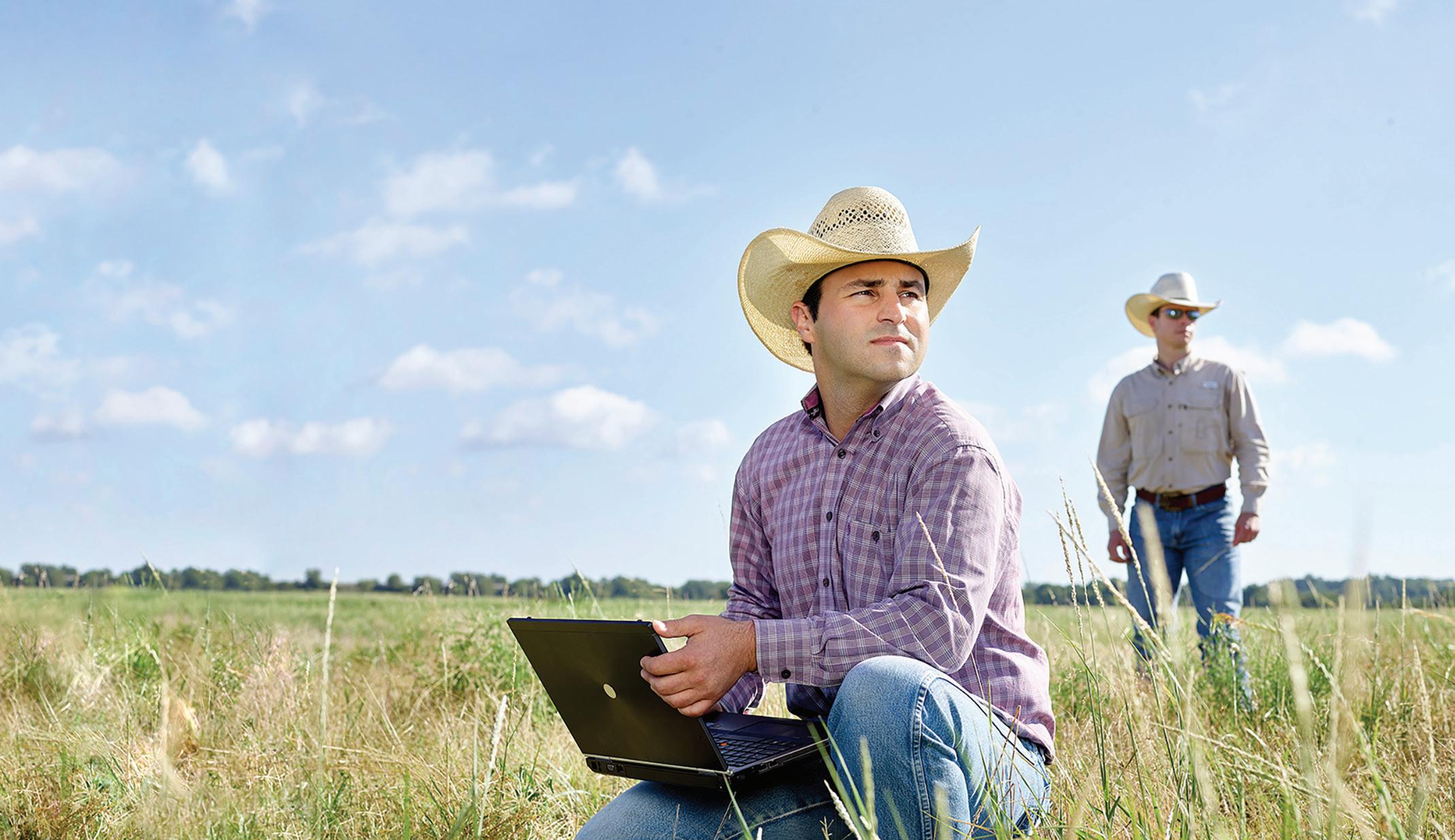
— Austin Tucker, Specialized Crop Insurance
Five tips when considering a mineral lease agreement.
By Chrissy FlyThe abundance of minerals has played a significant role in the Texas economy and development over the years, and continues to serve as valuable residual income for ranchers and landowners. Mineral leases explore and extract valuable elements — petroleum, natural gas, coal, limestone, sulfur, copper and gemstones, to name a few.
While the negotiation process may be intimidating and time consuming, it’s a critical first step before entering into a mineral lease agreement.
During the 2023 Cattle Raisers Convention & Expo in Fort Worth, two specialists from Frost led a School of Successful Ranching presentation March 25 that shared five recommendations when considering an agreement.
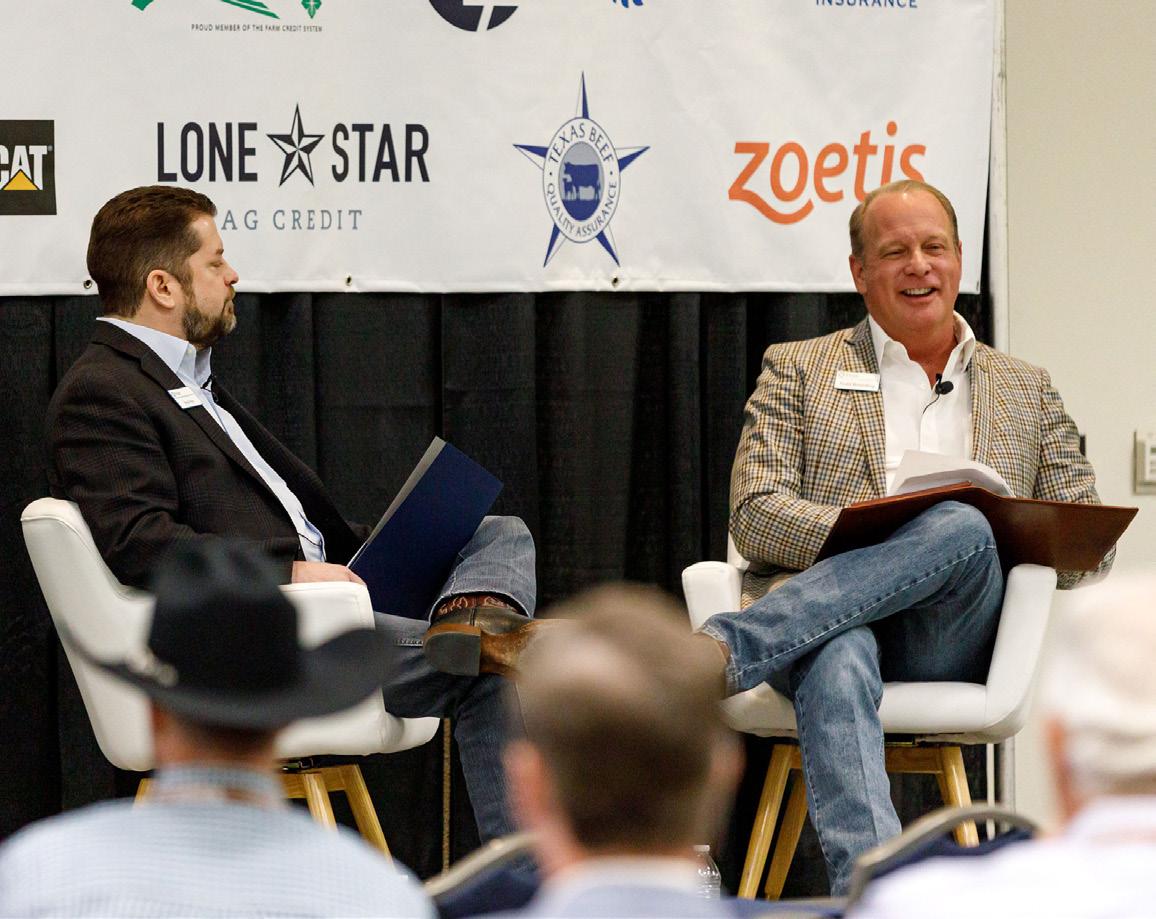
Both presenters are senior vice presidents with Frost Wealth Advisors, with Todd Breeding serving as a wealth advisor and Brad Ince as a mineral asset manager. They said every detail in a lease is important, from the language in the agreement to knowing the regulations — fine print can make or break a beneficial mineral lease.
As a mineral owner, knowing the value of what you own is extremely important. The location of the minerals, current leasing trends and other drilling development all play a role in determining mineral value.
Breeding and Ince recommend consulting with a professional to determine the value of what landowners have. Not only will it help with negotiations, but it will also help owners maximize mineral assets and secure proper royalties in the mineral lease.
Asking probing questions and learning more about the company leasing the minerals is also a key factor. Do research and gain a better understanding of their reputation, relationships with other landowners and the returns they have provided to existing partners.
Ultimately, mineral owners should lease directly to the operator that will be developing the well. If a mineral owner chooses to lease to an independent landman instead, they risk not receiving the maximum royalty available and the landman can assign the least to any operator they choose to, usually the highest bidder.
Although the dollar amount may seem attractive, remember the first offer from a company might be low.
Most of the time, the specialists said, a company will send an initial offer as low as possible without insulting the mineral owner to gauge interest. A mineral owner who accepts the first offer could miss out on important lease provisions and not maximize the value of the asset.
“You don’t ever want to be part of the first group that responds to initial offers,” Ince said. “Those are the people they’re looking for. They look for individuals who won’t give much push back, won’t have any lease provisions and may not know the going rates in their county.”
Perhaps the most important piece of advice Ince recommended was hiring an attorney to assist with negotiations and language in the agreement.
As a rapidly evolving industry, case law and state regulations are ever-changing, and the language in a lease agreement should reflect new rules or regulations.
For example, people who own minerals in Oklahoma can be subject to forced pooling, which is not the case in Texas.
If a mineral owner is force pooled, they could potentially miss out on incorporating their own lease provisions, leaving the owner at a disadvantage.
For ranchers, surface-use protections are also a crucial part of the agreement.
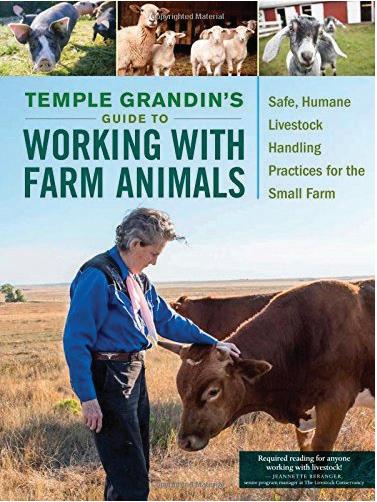
Ince said for smaller operations, those provisions can be built into the mineral lease itself. However, for larger ranches or landowners, they recommend a separate surface use agreement outside of the mineral lease to ensure protection for any additional assets on the property like homes, crops, livestock or water.
Having an estate plan in place before signing a lease agreement can save mineral owners and their families significant time and money when passing those assets on to the next generation.
One of the most important aspects in building an estate plan for minerals goes back to knowing the value of what’s owned. This will help determine the best way to package mineral assets for future generations.


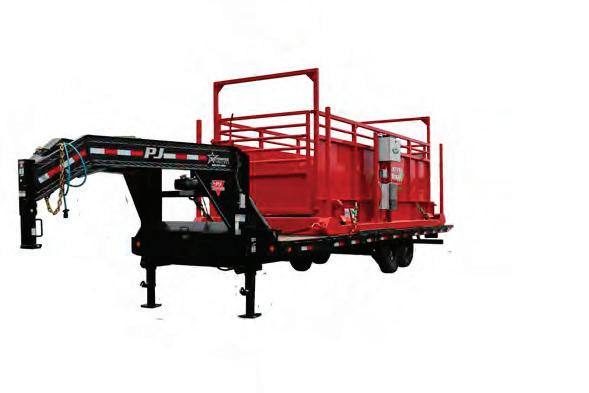

“You can save your family a lot of money and stress just by doing some planning on the front end in how you package your minerals and real estate,” Breeding said.
An option he recommended is a living trust.
Placing mineral assets in a trust, especially if they are in multiple states, will help provide protection by eliminating some of the probate issues when the estate passes to the next generation.
A second option is creating a financial entity, like a partnership. Creating a financial entity will ensure all mineral assets stay together like a trust, but with a financial entity, if a family member wants to sell their shares of the business, the family must be made aware of it, eliminating a member from selling on their own.

A partnership also provides benefits for estate taxes. By having assets in a partnership, they can be gifted through shares versus the assets themselves, saving money on taxes and simplifying the process.
“Creating a partnership is a great time-saving and cost-saving tool,” Ince said. “It also offers a lot more negotiating power with operators when creating a mineral lease.” T C
Virginia creeper is a climbing, woody vine that is a member of the grape family. It can be found on a wide variety of soils and sites throughout the U.S., Canada and Mexico.
With branching tendrils and adhesive discs, Virginia creeper will climb almost anything. The plant:
• Has green, red and brown stems. Younger wood will be smooth and flat with fine grooves, while older wood will be brown and rough.
• Has palmately compound leaves with five leaflets, which are smooth and dark green on the upper side, and pale green on the lower.
• Has leaves measuring 2 to 6 inches long; 1 to 3 inches wide with the margins coarsely serrated except near the base and apex of the leaflet. They can be elliptic, oblanceolate, obovate or oval; lateral ones are often in-equilateral shaped.
• Is often confused with Poison ivy, which has three leaves in the leaflet — not five.
• Flowers from May to June, when clusters of fivelobed, five petals and five stamens, which produce light-blue berries.
• Has berries ranging from one to eight per cluster with red peduncles, less than half an inch and slightly flattened, with up to three seeds per berry that are roughly 1/8 inch.
Virginia creeper provides beneficial browse for wildlife, goats and cattle. Its crude protein can be as high as 21% in new growth. Many birds and small mammals will seek out the plant’s berries when ripe.
Virginia creeper is most noticed in the fall, as the leaves turn a bright, brilliant red and provide color to the landscape. T C
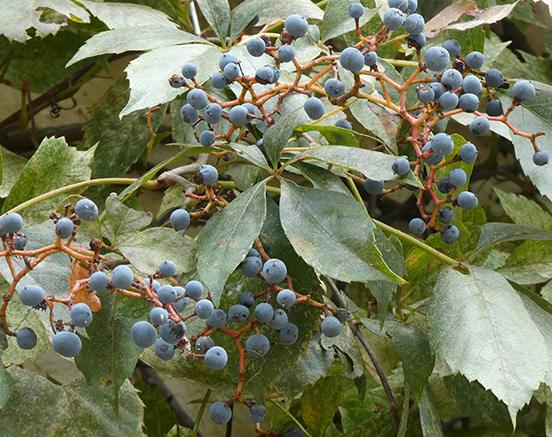
Asmooth and stress-free calving season is the goal in any cow herd.

It is important to remember calving ease can be influenced by several factors, including: age; heifer development; genetics; third-trimester nutrition; calf presentation at delivery; temperature; and time of year.
Heifers should be developed to reach at least 85% of their mature weight before calving. During the third trimester, they should be fed to gain about 0.8 to 1.2 pounds per day.
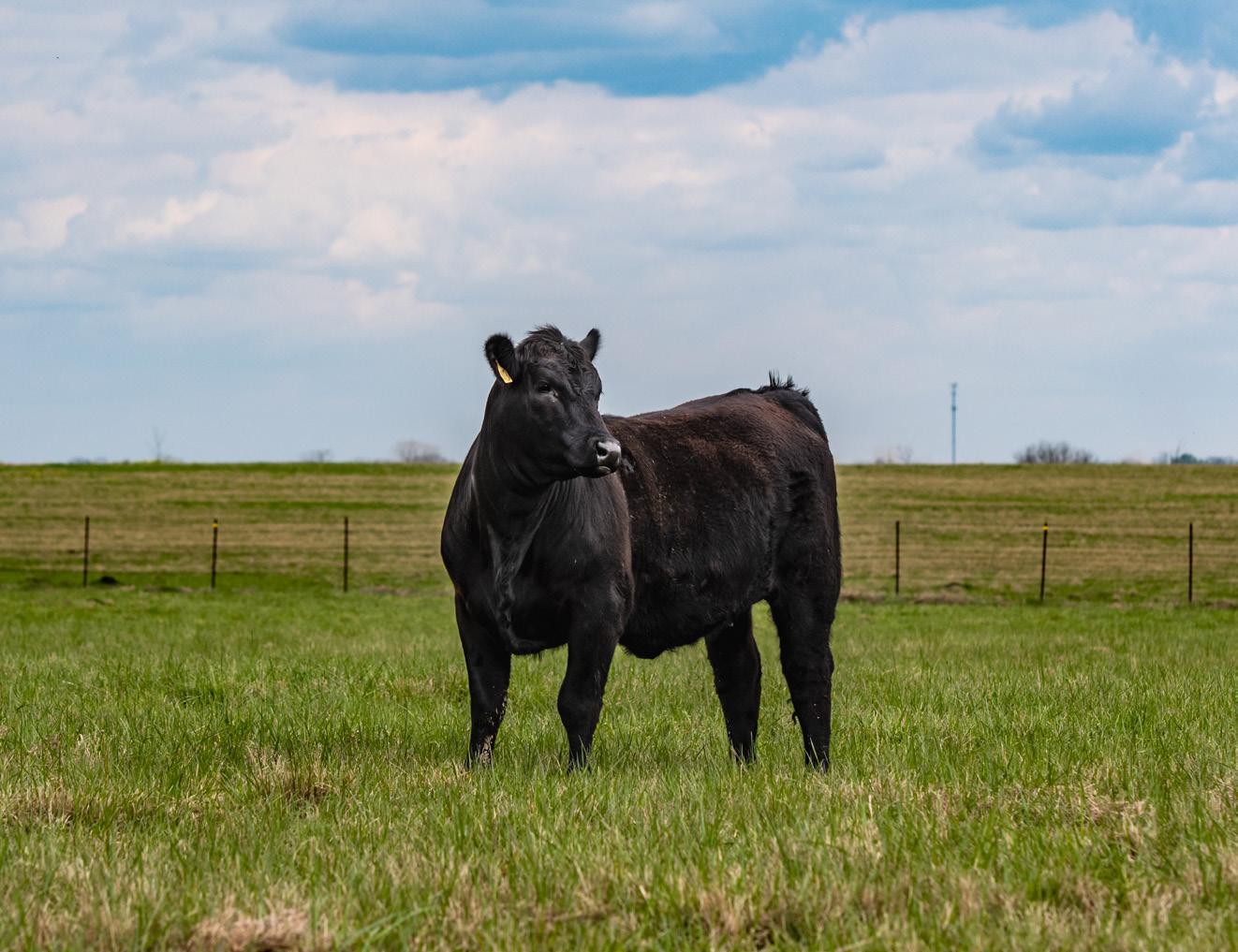
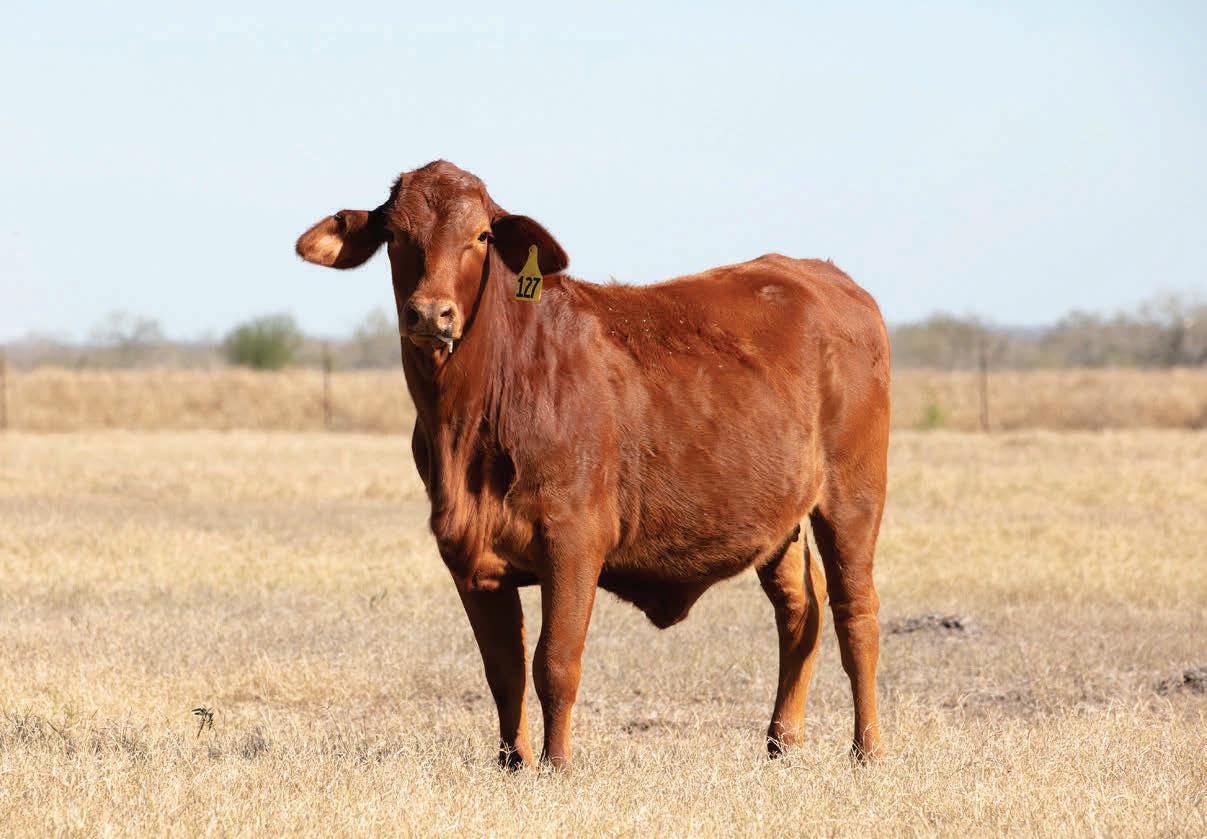
Underfeeding heifers can lead to increased calving problems, delayed rebreeding and weaker calves.
Also note fall-born calves are likely to be a few pounds lighter than those born in the winter or spring. T C
Among the emerging leaders who attended the 2023 Young Cattlemen’s Conference, hosted by National Cattlemen’s Beef Association, were Texas & Southwestern Cattle Raisers Association members Martha Santos, Fort Worth, and Cuatro Lunn, Wichita Falls.
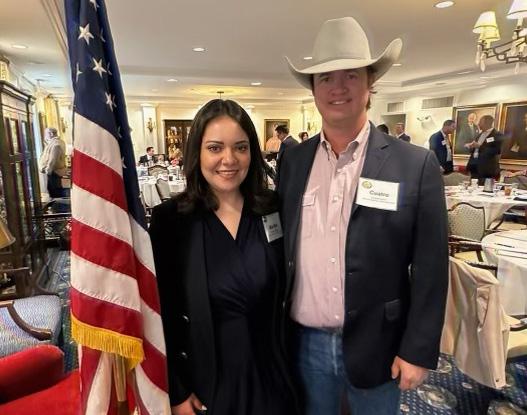
Santos and Lunn participated in the immersive leadership and beef supply chain experience June 1-9. This year’s class consisted of 71 leaders from across the nation and every segment of the industry.
After nine days of leadership training and a five-city tour, these leaders completed their trip with a full day of representation in Washington, D.C.
The 2023 class began its journey in Denver, Colorado, with classroom sessions designed to provide background knowledge about the association and its work on behalf of members and the beef community.
Participants took part in leadership development sessions, media training and hands-on demonstrations of the work National Cattlemen’s Beef Association does as a contractor to the Beef Checkoff. The group also made a visit to Greeley, Colorado, to tour Five Rivers Cattle Feeding’s Kuner Feed Yard, and enjoyed an evening with Trent Johnson and Greeley Hat Works.
In Nebraska and Ohio, participants had the opportunity to visit Tyson Food’s Dakota City beef processing plant, the headquarters of Certified Angus Beef and Wendy’s restaurants. Stops in these locations allowed the group to gain a better understanding of the full beef value chain, from processing through marketing and consumer outlets for beef.
The 2023 class finished its itinerary in Washington, D.C., where participants learned how National Cattlemen’s Beef Association’s policy work impacts their operations and the broader industry. After an indepth policy issue briefing, participants took to Capitol Hill, visiting more than 200 congressional offices.

Since 1980, the Young Cattlemen’s Conference tour has proven success in identifying and developing potential beef industry leaders. More than 1,000 producers have graduated from the program.
Texas & Southwestern Cattle Raisers Association is proud to offer this experience to its members each year. Individuals interested in the program may contact education@tscra.org to learn more. T C
Story and photos courtesy of National Cattlemen’s Beef AssociationEndovac was first presented to me as an immune stimulant, and we star ted using it on commingled cattle coming from multiple high stress environments to our ranch. I saw a higher immune response in these cattle and star ted using Endovac on all of our cattle at all five locations. We have a 2,000 head cow/calf operation and 500 head of stockers with ranches in south Florida and south Georgia. Whenever calves go through the chute, they receive a shot of Endovac. We currently run between .5% and 1% mor tality on our calves. And on top of all that, with the price, you can’t go wrong.





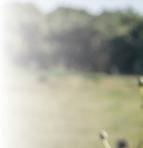















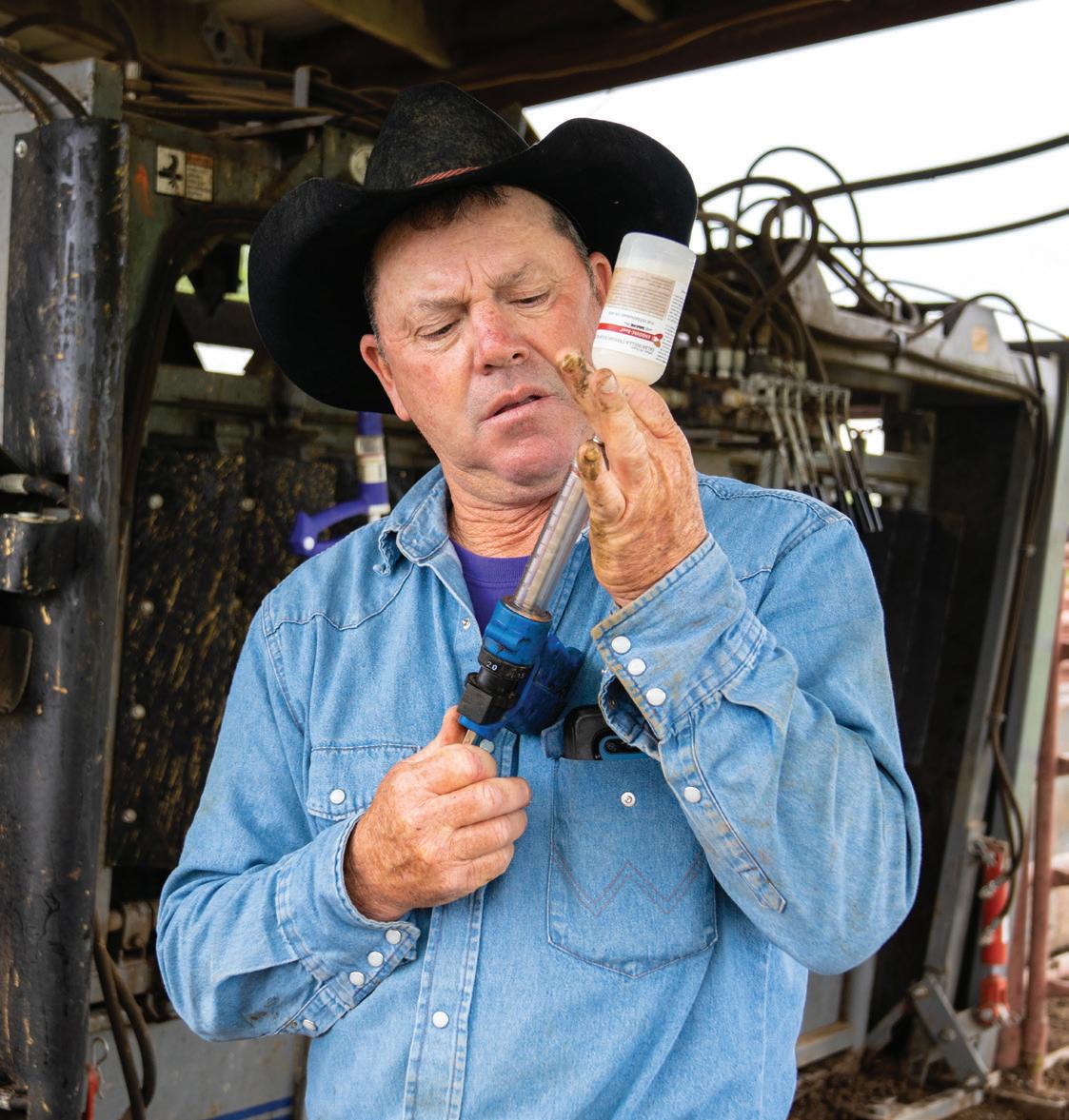 Matt Pearce, Pearce Cattle Company
Matt Pearce, Pearce Cattle Company



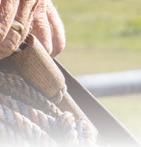
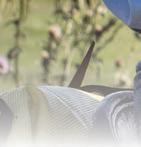






ENDOVAC-Beef has been a Game Changer for me. I run a good sized cow-calf operation in addition to star ting cattle. 100% of my cattle get ENDOVAC-Beef. Since using ENDOVAC we don’t have to treat as many cattle for respiratory, or even other common problems like pinkeye and foot rot. I am getting my Pasteurella and the stimulant that makes the vaccine work better with ENDOVAC-Beef. If everybody knew what I knew, everyone would be using it!

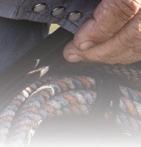



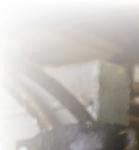


The so-called great divide between beef producers and consumers who enjoy their product may not be so great, after all.
Elanco Animal Health recently conducted comprehensive surveys among producers and consumers revealing both audiences indicate environmental sustainability is important to them; are willing to make decisions and take steps to improve environmental sustainability; and support the role of safe innovation in improving beef sustainability.
In addition to these shared values, the surveys further show consumers have a high degree of trust in those who produce their beef. In fact, 78% indicate they trust cattle ranchers to ensure food safety. Feedyard managers also have aboveaverage trust at 69%, compared to lower-ranking entities like social media influencers at 37%.
The findings were gathered from national quantitative surveys of 1,200 meat-eating consumers, and 46 feedyard managers from major cattle-producing states. Among the feedyard operators surveyed, more than half feed 20,000head of cattle or more annually. Additional qualitative interviews and online focus groups were conducted to supplement the quantitative findings.
“Our research points to a universal truth that when it comes to environmental sustainability, it boils down to continual improvement,” said Katie Cook, Elanco vice president of farm animal innovation and marketing.
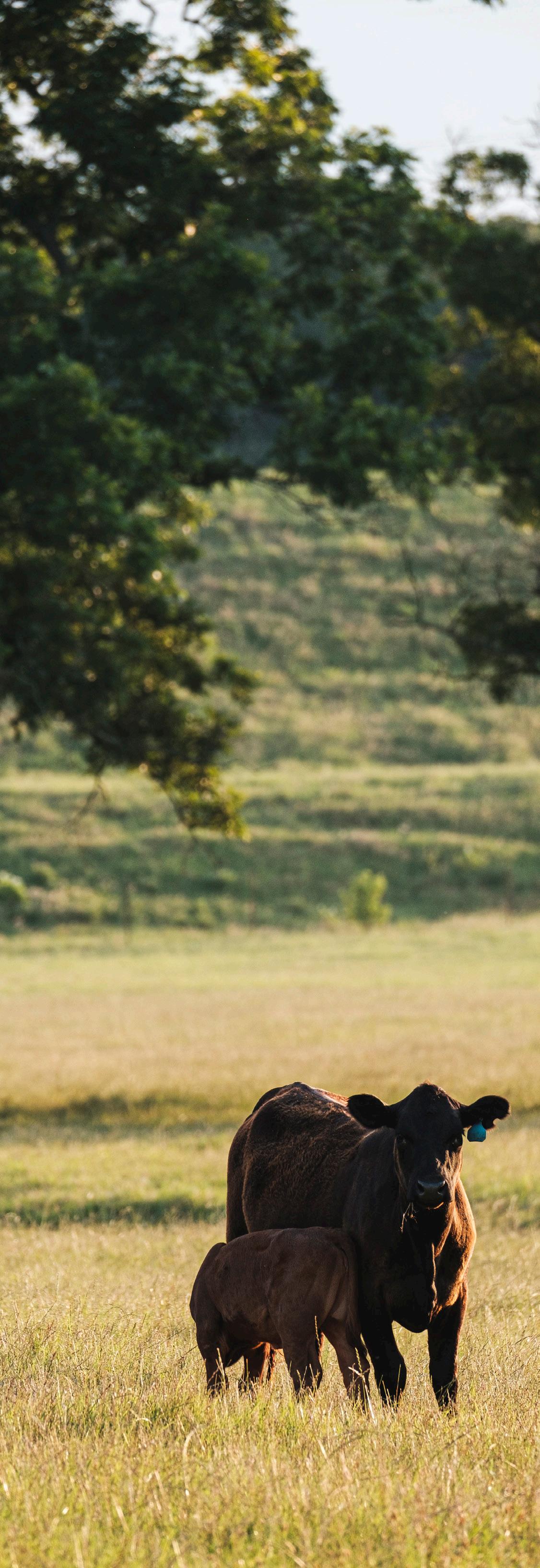
“For producers, the goal is to remain financially viable while leaving their operations, the land and their animals in a better place for the next generation. Meanwhile, consumers also want the environment to be left in better shape and are willing to do their part — even if it’s in small ways.”
To kick-off the research, consumers were grounded in the following description of sustainability: Sustainability means meeting the needs of the present without sacrificing the ability of future generations to meet their own needs. There are environmental, social and economic aspects to this definition.
The language was well-received among consumers, with nearly 2 in 3 of those surveyed (65%) finding the definition somewhat or very appealing.
Meanwhile, 80% of surveyed producers agree on the importance of their operations being sustainable. Most view the definition through the lens of economic viability.
When it comes to taking action to support environmental sustainability, more than 3 in 4 beef consumers (78%) agree they would be willing to make small changes to help future generations. Meanwhile, 7 in 10 consumers agree improving the impact of beef on the planet is a shared responsibility for both consumers and producers.

The younger Gen Z audience, defined as those 18 to 24 years of age, is significantly more likely than other generations to agree they would be willing to make small changes if they knew it would help future generations.
Producers are also willing to make changes, while balancing the economic considerations. Specifically, 74% of producers surveyed said they need to better understand the financial benefits of implementing sustainability practices before adopting them or improving upon them. Similarly, 65% indicate they need research to help identify financially viable solutions to reduce the environmental footprint before adopting them.
The survey further found price, quality and freshness are the most important factors for consumers when purchasing beef.
Many consumers agree if these factors are equal, they are likely to purchase beef raised with a product to help reduce cattle’s impact on the environment.
To that end, consumers were shown “Product H,” which was positioned as a feed ingredient that reduces ammonia gas emissions in beef cattle. Based on the description alone, 8 in 10 consumers indicate they were neutral to somewhat likely to buy beef from cattle given this product. Additional information the consumer would want to know about the product included knowing the feed ingredient was safe for the animal and effective in delivering positive environmental benefits; and beef from the animal fed this product was safe, had no long-term health effects, and was priced at a comparable price point.
About 2 in 5 feedyards express strong interest in incorporating innovations to help reduce their feedyard’s environmental impact, with a statistically significant increase in interest among feedyards feeding a majority of company-owned cattle. In particular, feedyard operators indicate they would be most interested in an innovation that does not negatively impact cattle performance, while contributing to environmental sustainability.
“Our research indicates that both producers and consumers are willing to accept innovations that can help improve sustainability,” Cook said. “Our goal is to continue to walk alongside our customers and the beef industry to add value and offer innovative products and solutions to help build the next era of livestock sustainability.” T C
“My parents had a rule. It was kind of funny. You couldn’t go to the cattle raisers convention until you were married,” says Larry Horwood, a Texas & Southwestern Cattle Raisers Association director. “When I got married in 1983, that was the first convention that I got to come to with my wife.”
When Horwood’s parents joined the association in the early ‘70s, they started attending the conventions every year, while Horwood and his siblings stayed home to take care of things on the ranch.
Since they were married, Horwood and his wife, Linda, have missed only one convention for health reasons. Their sons — Lyle, Lane and Lathan — rarely miss one.
The family enjoys the community atmosphere at the annual Cattle Raisers Convention & Expo, catching up with old friends and meeting new ones. He also says it is a great place to learn about new issues, politics, cattle markets and technologies.
Horwood says he values how effective Texas & Southwestern Cattle Raisers Association is in sharing information with its members and the public, which can be a challenge. As a landowner, he believes he would have had a lot more struggles if it were not for the association.
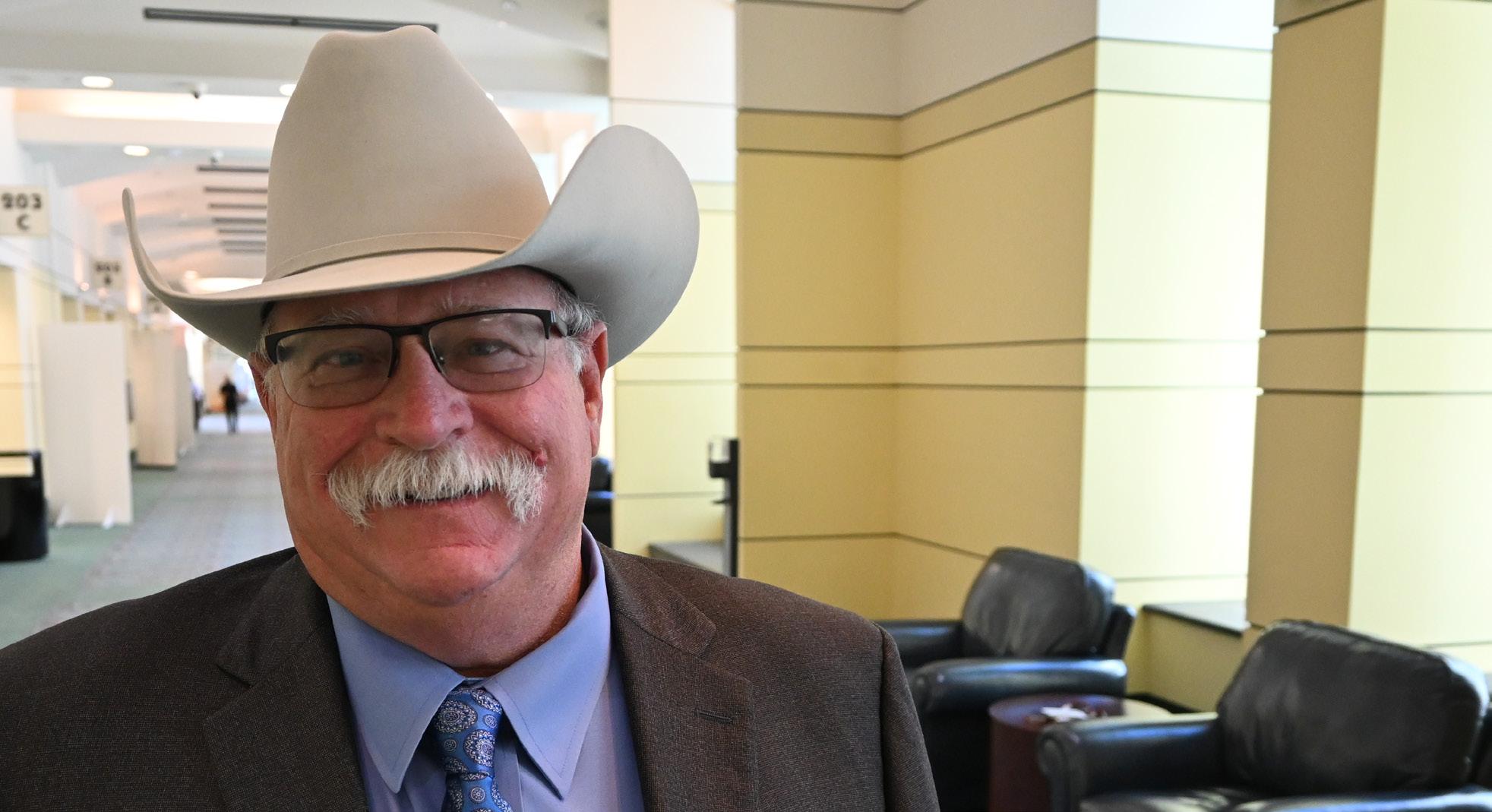
A family operation based near Sterling City and spanning seven counties, Horwood Ranch Co. is a cow-calf operation raising Choice and Prime Certified Angus Beef.
In 1984, Horwood’s parents decided to put all the land together under the name Horwood Ranch Co.
Today, Horwood and his brother, Lonnie, are owners of the company. But he says it is still very much a family business. His son, Lyle, runs the Henrietta ranch; while younger sons, Lane and Lathan, pitch in as needed. Everyone can often be found helping at the “home place,” the base of the operation.
“We’re hands on during all the workings,” he says. “Dad and mom taught us to have a strong work ethic and a love for the land.”
Some of the Horwood family land can be traced back to his great-grandfather, W.L. Foster, who helped settle the Sterling City area in the late 1800s. In addition, Horwood says some of their commercial Angus cow herds also go back more than 130 years.
Throughout history, Longhorns, Herefords, black baldies and sheep have seen their days at Horwood Ranch Co., but the Angus have proven themselves steadfast for the ranch.
With deep family roots, Horwood says something many people don’t know about him is that he was adopted from a couple in Germany who wanted to give him a better life. They put him into the greatest hands possible — Elizabeth and Stan Horwood.
“I can’t say enough about how grateful I am for my upbringing, because where I have been placed is by the hand of God,” Horwood says. “Through the years, it has just been an unbelievable life.” T C
TSCRA Director Larry Horwood emphasizes the association’s welcoming environment.
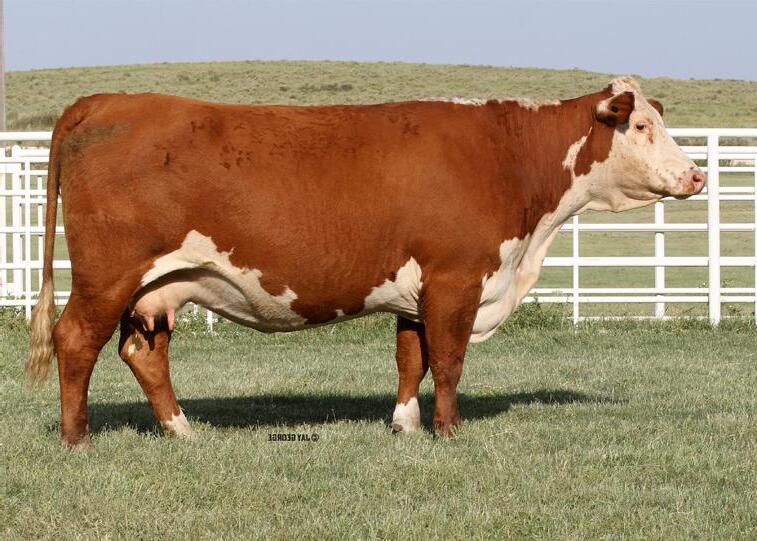
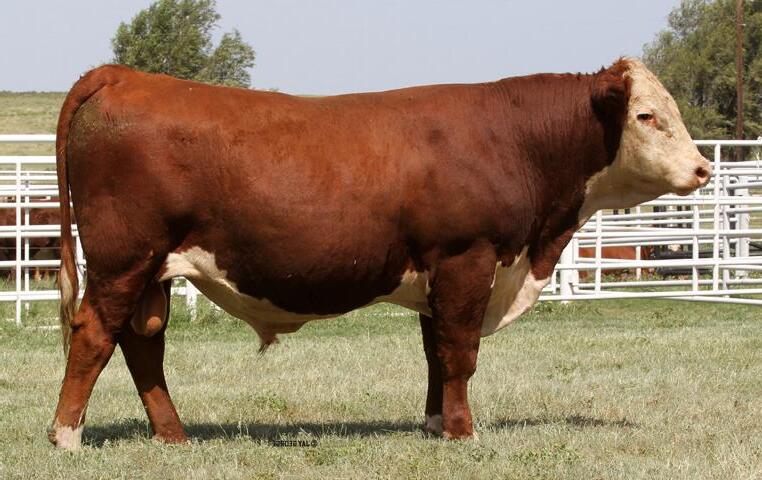

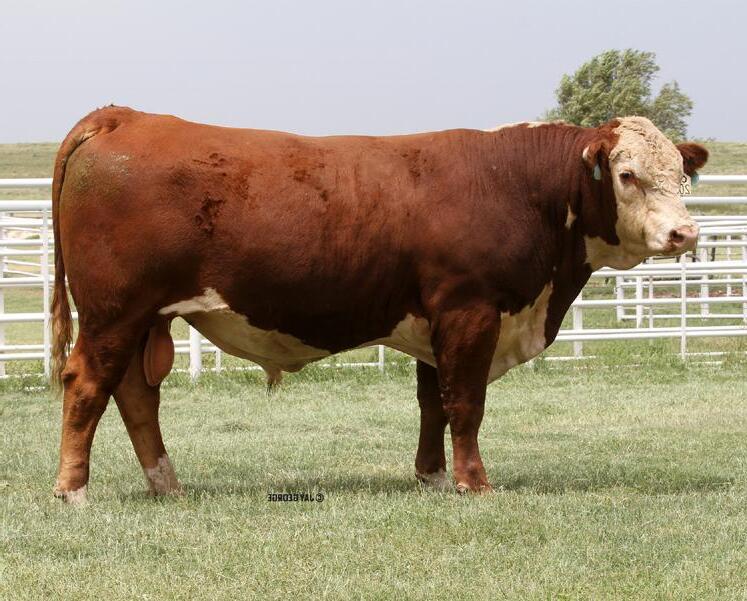
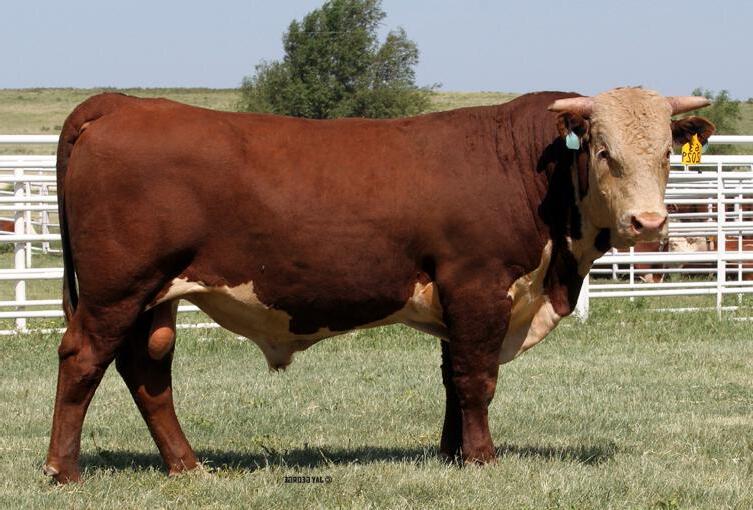
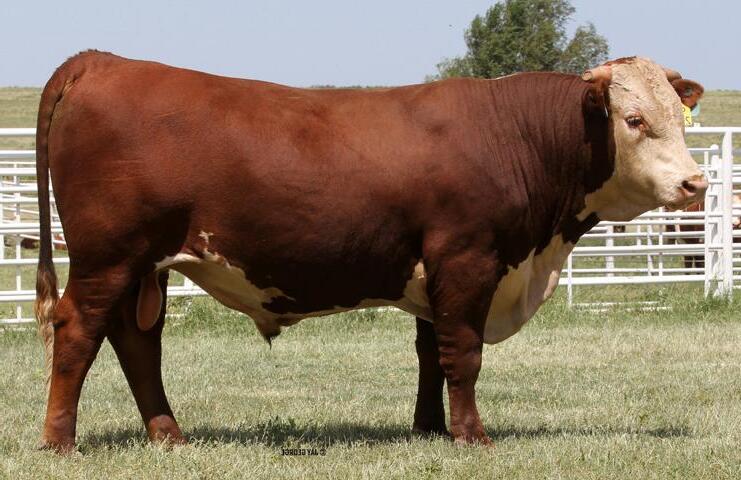

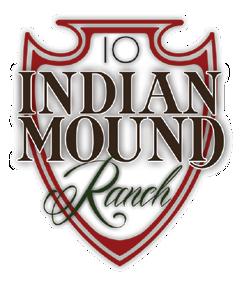

SELLING: 60 2-year-old Bulls • 12 Fall-Calving Cows (most calved by sale day) • 20 Spring-Bred Heifers
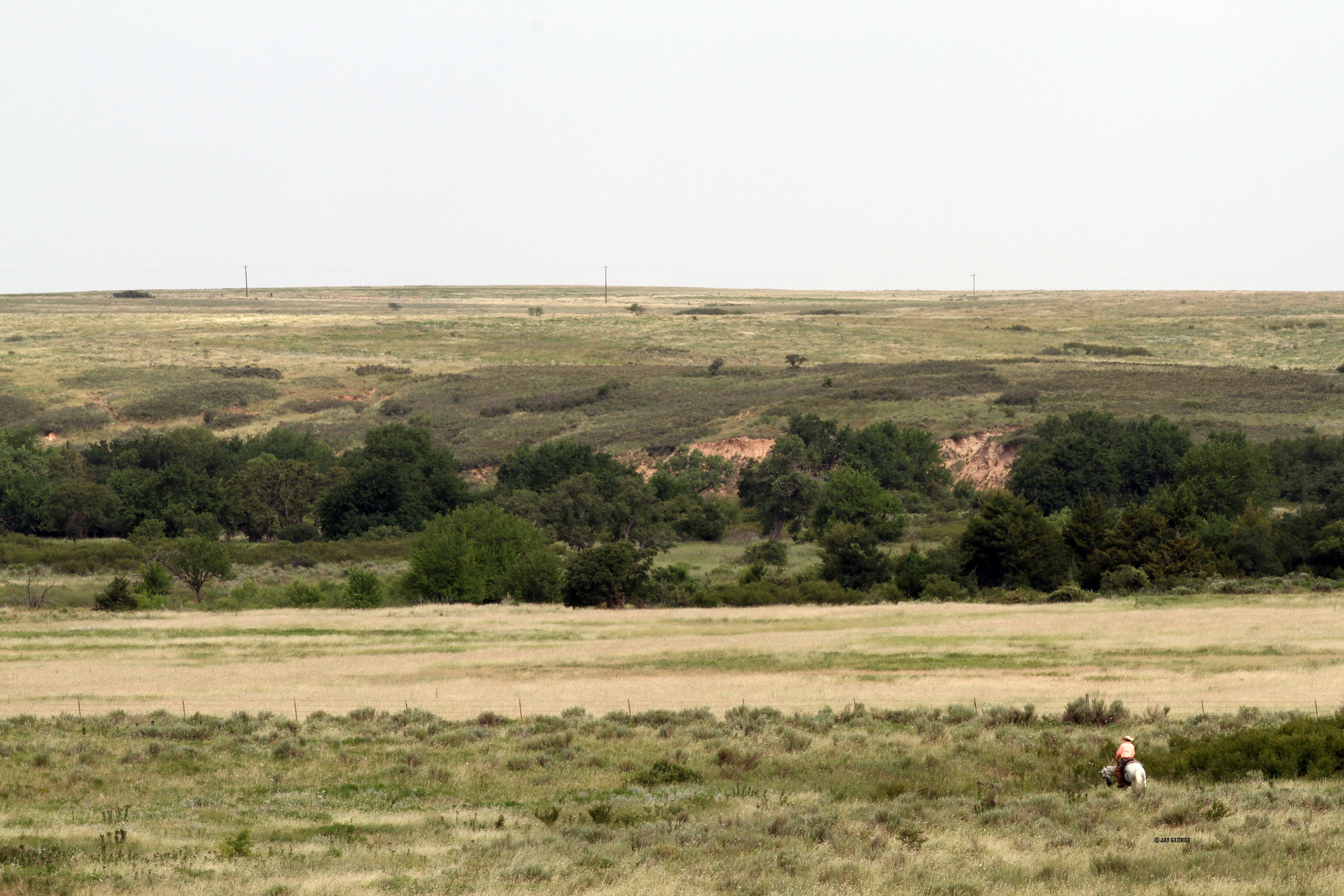
ARTHUR G. UHL 111 President
4040 Broadway St., Ste. 430 San Antonio, Texas 78209
John M. “Jack” Shelton III Amarillo, 1984-1986
James L. Powell San Angelo, 1988-1990
Tom Beard Alpine, 1994-1995
C. Coney Burgess Amarillo, 1997-1999
J. Mark McLaughlin San Angelo, 1999-2001
John E. Dudley Comanche, 2001-2003
Bob McCan Victoria, 2003-2005
C.R. “Dick” Sherron Beaumont, 2005-2007
Jon Means Van Horn, 2007-2009
Dave Scott Richmond, 2009-2011
Joe J. Parker Byers, 2011-2013
CARL RAY POLK JR. First Vice President P.O. Box 155108 Lufkin, Texas 75915
Pete Bonds Saginaw, 2013-2016
Richard Thorpe lll Winters, 2016-2018
Robert E. McKnight Jr. Fort Davis, 2018-2020
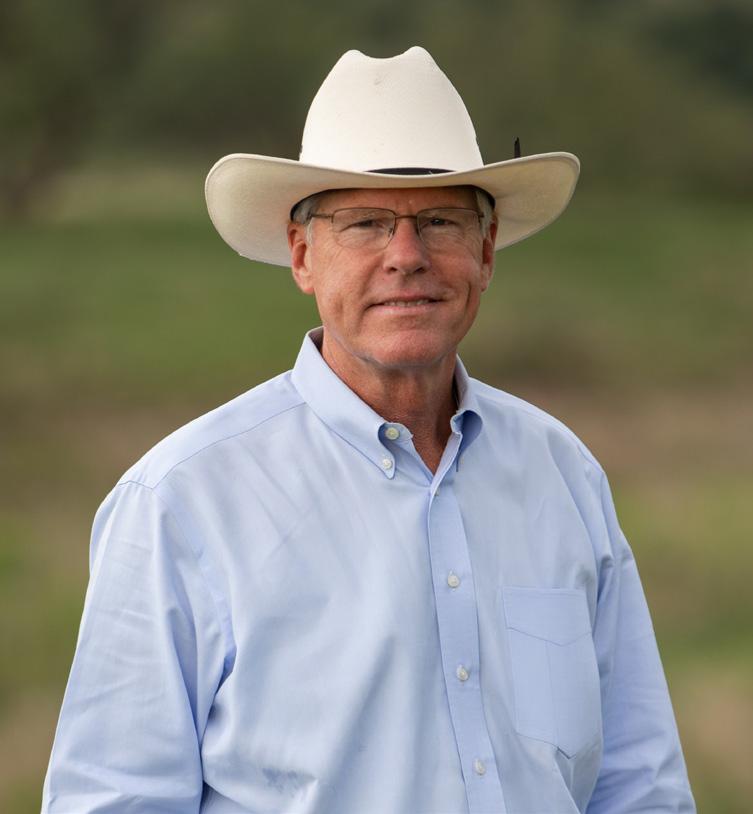
G. Hughes Abell Austin, 2020-2022
Jack Hunt San Juan Capistrano, California
Richard Wortham Austin
HEADQUARTERS
P.O. Box 101988 Fort Worth, Texas 76185 817-332-7064 • 800-242-7820
Jason Skaggs Executive Vice President/ Chief Executive Officer
Jaclyn Roberts Parrish Executive Director, Communications & Marketing
STEPHEN DIEBEL Second Vice President and Secretary/Treasurer 3907 Salem Rd. Victoria, Texas 77904


Emily Lochner
Executive Director, Engagement & Education
Grace Dunham
Executive Director, Events & Partnerships
Megan Wills Executive Director, Finance & Human Resources
Michele Woodham Executive Director, Insurance Services
Scott Williamson
Executive Director, Law Enforcement, Brand & Inspection Services
Lisa Walker
Executive Director, Membership & Operations
GOVERNMENT RELATIONS
919 Congress Ave., Suite 750 Austin, Texas 78701
Melissa Hamilton Executive Director, Government Relations
When it comes to ranch record keeping, more people in more places use CattleMax than any other software program. That’s because, not only does CattleMax let you organize every bit of data you need, it lets you do so easily , whether you’re at home or in the field.
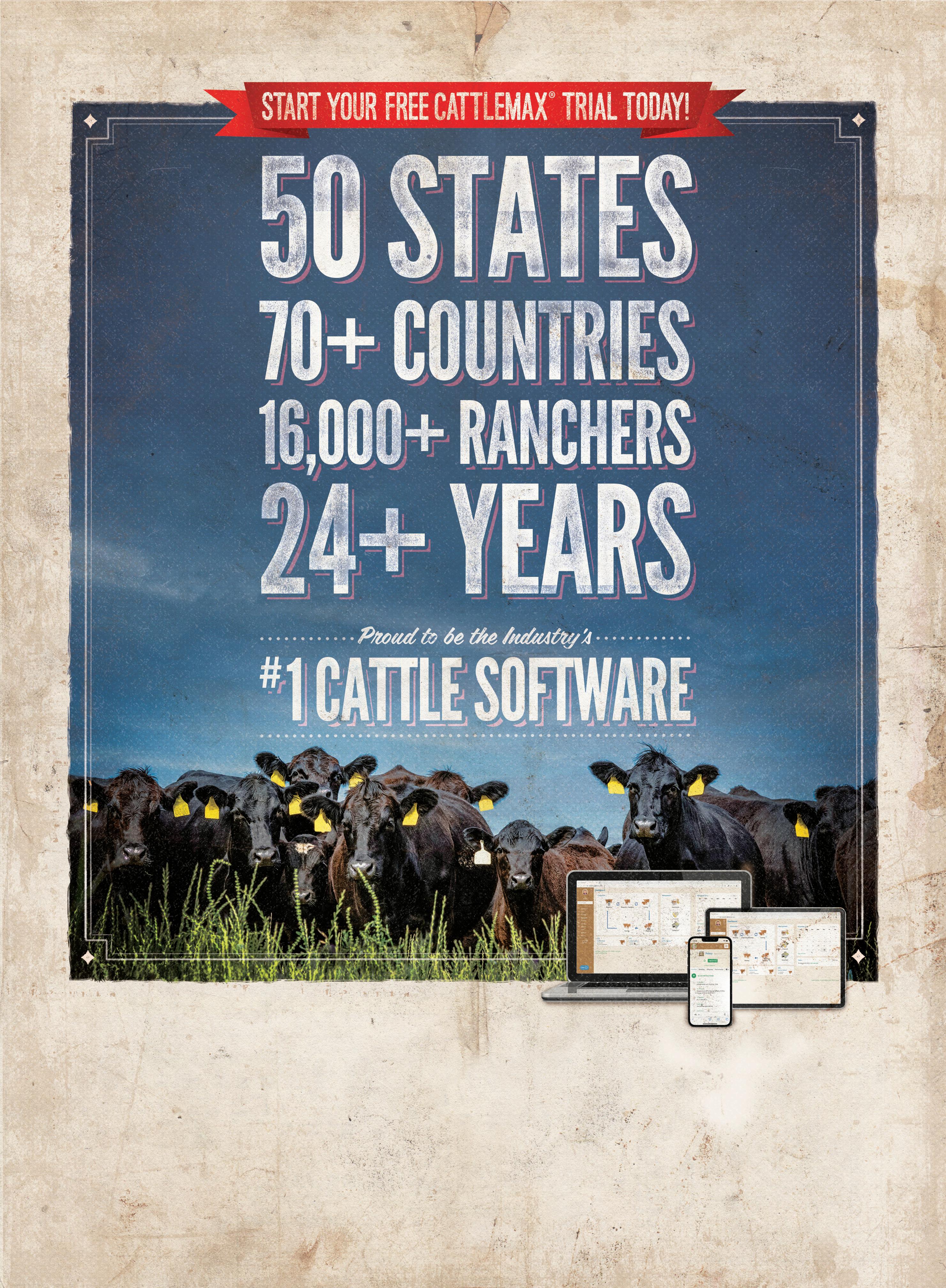
Joe M. “Jody” Bellah, Throckmorton
Blake Birdwell, Canyon
E. S. F. “Swasey” Brainard II, Pampa
J. K. “Rooter” Brite Jr., Bowie
Donnell Brown, Throckmorton
Campbell Burgess, Amarillo
Deborah Clark, Henrietta
Lynn Cowden, Skellytown
J. B. Daniel, Crowell
James Henderson, Memphis
Clayton Henry, Wichita Falls
Brooks Hodges, Guthrie
Joe Leathers, Guthrie
Frank McLelland, Tahoka
Jeff Mitchell, Amarillo
Gage Moorhouse, Benjamin
Diaz W. Murray, Wichita Falls
J. Malcolm Shelton IV, Amarillo
Dale A. Smith, Amarillo
Jim Thompson, Breckenridge
Tom Watson, Muleshoe
Wesley Welch, Lubbock
William L. “Buck” Arrington, Pampa
Van Baize, Nocona
Emry Birdwell Jr., Henrietta
Mary Lou Bradley-Henderson, Childress
R. A. “Rob” Brown Jr., Throckmorton
J. D. Cage, Muleshoe
Mike Gibson, Paducah
Ronald J. “Ron” Gill, Chico
Robert B. Mansfield, Amarillo
Tom Moorhouse, Benjamin
Boots O’Neal, Guthrie
James Palmer, Roaring Springs
Wilson Scaling, Henrietta
Chris Scharbauer, Amarillo
John Welch, Wolfforth
A. B. “Buck” Wharton III, Vernon
Tom Woodward, Decatur
Kevin Busher, Winters
Charles M. “Charley” Christensen Jr., San Angelo
C.A. “Chili” Cole IV, San Angelo
Alan F. Curry, San Angelo
James H. Dudley IV, Horseshoe Bay
Amanda Dyer, Fort Davis
Johnny Ferguson, Big Lake
D.A. “Day” Harral, Fort Stockton
Ron Helm, Van Horn
Heath Hemphill, Coleman
Shelby W. Horn, Fredericksburg
Larry R. Horwood, Sterling City
Grant Jones, Rochelle
Mark W. Jones, Brady
W. Clay Jones, Brady
Ty Keeling, Boerne
Lorenzo Lasater, San Angelo
Brian T. McLaughlin, Midland
David L. Neal, San Angelo
Gerald Nobles Jr., Brady
James Oliver, Ozona
Wade Perks, San Angelo
Jessica Tate, Marfa
James Uhl, Fort McKavett
Cody Webb, Barnhart
Ken Welch, Baird
Ray W. Willoughby III, Eldorado
C. A. “Chip” Cole III, San Angelo
William C. “Billito” Donnell Jr., Alpine
Richard Gates, Marfa
W. H. “Billy” Green III, Albany
Rafe Hargrove, Rotan
Dr. Joe Pat Hemphill, Coleman
Ken Jordan, San Saba
Don Keeling, Fredericksburg
Chris Lacy, Fort Davis
Laurence M. Lasater, San Angelo
Ben Love, Marathon
Len P. Mertz, San Angelo
Tom Perini, Buffalo Gap
Bill Phinizy, Gail
Frank Price, Sterling City
Gordon E. Sauer, Fredericksburg
Danny B. Stewart, Sterling City
Rick Tate, Marfa
Cliff Teinert, Albany
Dennis W. Webb, Barnhart
W. C. “Billy” Williams, Mertzon
Ford Drummond, Pawhuska, Oklahoma
Les Nunn, Pauls Valley, Oklahoma
Edward Bordovsky Jr., Riviera
Austin Brown III, Beeville
W. Christopher Bush, Refugio
James Clement lll, Kingsville
David S. Crow, Corpus Christi
Dustin Dean, Floresville
David DeLaney, Kingsville
Robert “Bobby” Dobson, Birmingham, Alabama
James L. “Jamie” Donnell Jr., Fowlerton
J. David Eppright, Cost
Benjamin Eshleman III, Corpus Christi
Joseph B.C. Fitzsimons, Carrizo Springs
Cody Fry, Lueders
Jim L. Gates, Pearsall
Milton S. Greeson Jr., Victoria
Bret Griffith, Del Rio
Heath Grigg, Kingsville
Marty R. Harris, Tilden
Leslie Kinsel, Cotulla
Claude Koontz, San Antonio
Steven J. Mafrige, Tilden
Beth Knolle Naiser, Sandia
Federico Nieto, Raymondville
T. Michael O’Connor, Victoria
Jason Peeler, Floresville
J.R. Ramirez, La Pryor
Gilly Riojas, Corpus Christi
M. Stuart Sasser, Corpus Christi
Lew Thompson, Pearsall
Gene S. “Primo” Walker Jr., Mirando City
C. Clark Welder, Beeville
John Zacek, Victoria
Steve G. Beever, Pearsall
Richard H. Bennett, San Antonio
Chip Briscoe, Carrizo Springs
Martin W. Clement II, Kingsville
Thurman S. Clements Jr., Victoria
Nixon Dillard, Pleasanton
Trainor Evans, Mercedes
Thomas J. “Tommy” Haegelin, Concan
Dr. Philip C. Hardee, Beatrice, Alabama
Allen C. “Dick” Jones IV, Corpus Christi
David W. Killam, Laredo
Dan W. Kinsel III, Cotulla
Steve C. Lewis, San Antonio
Jim McAdams, Seguin
James A. McAllen, Linn
Tim Pennell, Westhoff
Jim Peters, Quemado
Scott Petty Jr., San Antonio
Tom Risinger, Weslaco
Frates Seeligson Jr., San Antonio
Richard Traylor, Batesville
Roger F. Welder, Victoria
David W. Winters, Del Rio
Bill Cawley, Crockett
Wayne Cockrell, College Station
Herff Cornelius Jr., Wadsworth
Carlos Detering III, Houston
Dr. Lewis (Bud) Dinges, Richmond
Gardner H. Dudley, Houston
Jay C. Evans, Dripping Springs
Lloyd French IV, Houston
Dan Gattis, Georgetown
Kelley Sullivan Georgiades, College Station
George Harrison, Bay City
Tom J. Haynie, Navasota
Robert Hodgen, Houston
Colt Hoffman, Marlin
Clay Kenley, Crockett
Gary Price, Blooming Grove
Clive Runnells III, Austin
John Sumner Runnells III, Bay City
Tony Spears, Rosanky
John “Rocky” Sullivan, Galveston
Bill White, Stowell
Claudia Scott Wright, Richmond
Leroy Ezer, Anahuac
Frank Green, Liberty
Coleman H. Locke, Hungerford
Katharine Armstrong Love, Austin
Richard M. Lucas Jr., Houston
William “Alan” McNeill, Beaumont
Evalyn Moore, Richmond
Raymond E. Moore IV, Richmond
Rick Peebles, Baytown
Gordon Richardson, Caldwell
Charles R. “Butch” Robinson, Navasota
Nolan Ryan, Round Rock
Ed Small, Austin
Guy F. Stovall Jr., El Campo
Gerald Sullivan, Galveston
John L. Sullivan, Galveston
Robert J. Underbrink, Houston
Beau Brite White, Rosanky
Dr. M. R. “Mike” Wirtz, Brenham
April Bonds, Saginaw
Missy Bonds, Saginaw
John L. Cantrell, Cresson
Ian Chapman, Madill, Oklahoma
Hunter Crow, Dallas
James T. Dangelmayr, Muenster
Seth Denbow, Weatherford
Crawford Edwards, Fort Worth
John Greer, Henrietta
Jason Harlow, Dallas
Pete Hudgins, Sherman
Tom Johnson, Wortham
John Z. Kimberlin Jr., Dallas
Ken Leiber, Fort Worth
Stefan Marchman, Fort Worth
William H. McCall, Fort Worth
Dan Nance, Haslet
Susan Roach, Fort Worth
Stephen S. “Steve” Sikes, Fort Worth
Bragg Smith III, Dallas
Curtis Younts Jr., Belton
Bradford S. “Brad” Barnes, Fort Worth
George Beggs IV, Fort Worth
John W. Carpenter III, Dallas
Barrett D. Clark, Breckenridge
Markham B. Dossett, Waco
Bob Drake, Davis, Oklahoma
James H. “Jim” Dudley, Comanche
James E. “Jim” Link, Crowley
Jon David Mayfield, Dublin
C. H. “Terry” McCall, Comanche
Bob Moorhouse, Weatherford
Russell “Rusty” Noble, Ardmore, Oklahoma
Mary Joe Reynolds-Montgomery, Fort Worth
Tom L. Roach III, Bozeman, Montana
Stephen T. “Steve” Swenson, Dallas
Bart Wulff, Dallas
Alan Pruitt looks out for fellow cattle producers, landowners.
 By Micah McAtee
By Micah McAtee
For Alan Pruitt, his transition from local cattle buyer to market inspector was a natural one. About nine years ago, he assumed his role as Texas & Southwestern Cattle Raisers Association market inspector in East Texas.

It was a day just like any other. Pruitt was attending his local cattle auction hoping to bid on the most efficient and profitable lot, when he ran into an old friend — Larry Hand, a Texas & Southwestern Cattle Raisers Association special ranger.
“Larry and I worked together for 10 to 12 years on the disaster committee through the Department of Public Safety,” Pruitt says.
Their past work experience and friendship set the precedent for a job offer to Pruitt when the market inspector position became available. Hand was no stranger to Pruitt’s work ethic, commitment to detail and passion for the cattle industry.
Today, he can be found checking cattle nearly five days a week in livestock auction markets in Gregg, Hopkins, Titus, Van Zandt and Wood counties.
Pruitt’s tasks include overseeing cattle as they arrive and leave the market, inspecting brands, and completing necessary paperwork in accordance with state law. This work helps to stop cattle theft alongside the association’s special rangers who rely on market inspections to investigate certain criminal cases.
Prior to his career with Texas & Southwestern Cattle Raisers Association, Pruitt was the regional fire coordinator for the Texas A&M Forest Service for more than two decades. He was responsible for responding to wildfires, along with having regular outreach to both the community and local government. Training and equipping surrounding fire departments with the proper tools and knowledge were also among his duties.
Inspired by his father and grandfather, who were Texas & Southwestern Cattle Raisers Association members, Pruitt says his beef industry roots run deep and raising cattle was an integral part of his upbringing.
When he is not monitoring cattle at the auction market, checking brands or filling out stacks of paperwork, he can be found back on his own operation in Upshur County, where he and his wife, Deana, have their own herd of beef cattle.
While Pruitt may no longer be fighting fires across the Texas Plains, he continues to put out fires for the region’s cattle raisers and auction markets. T C
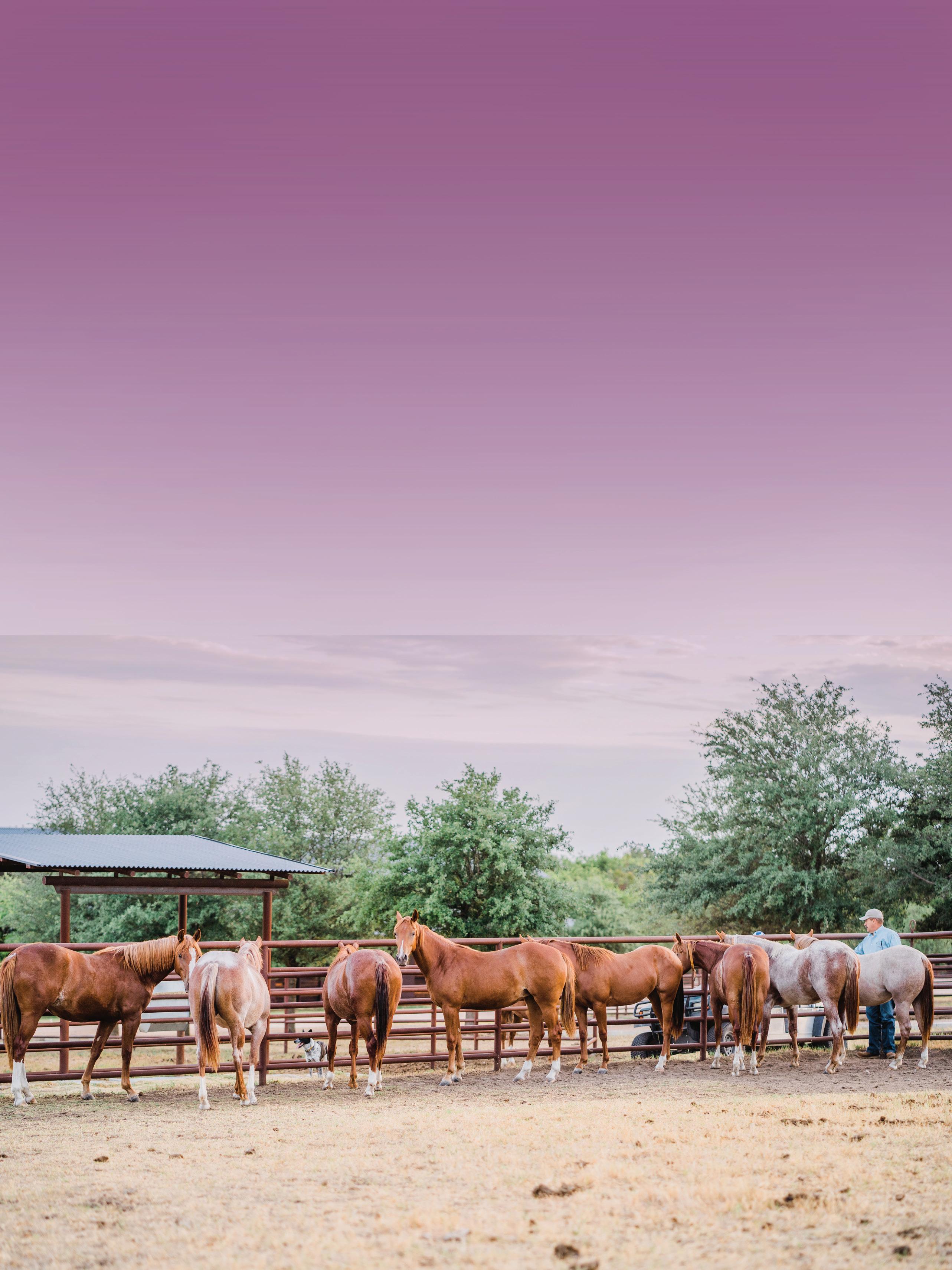


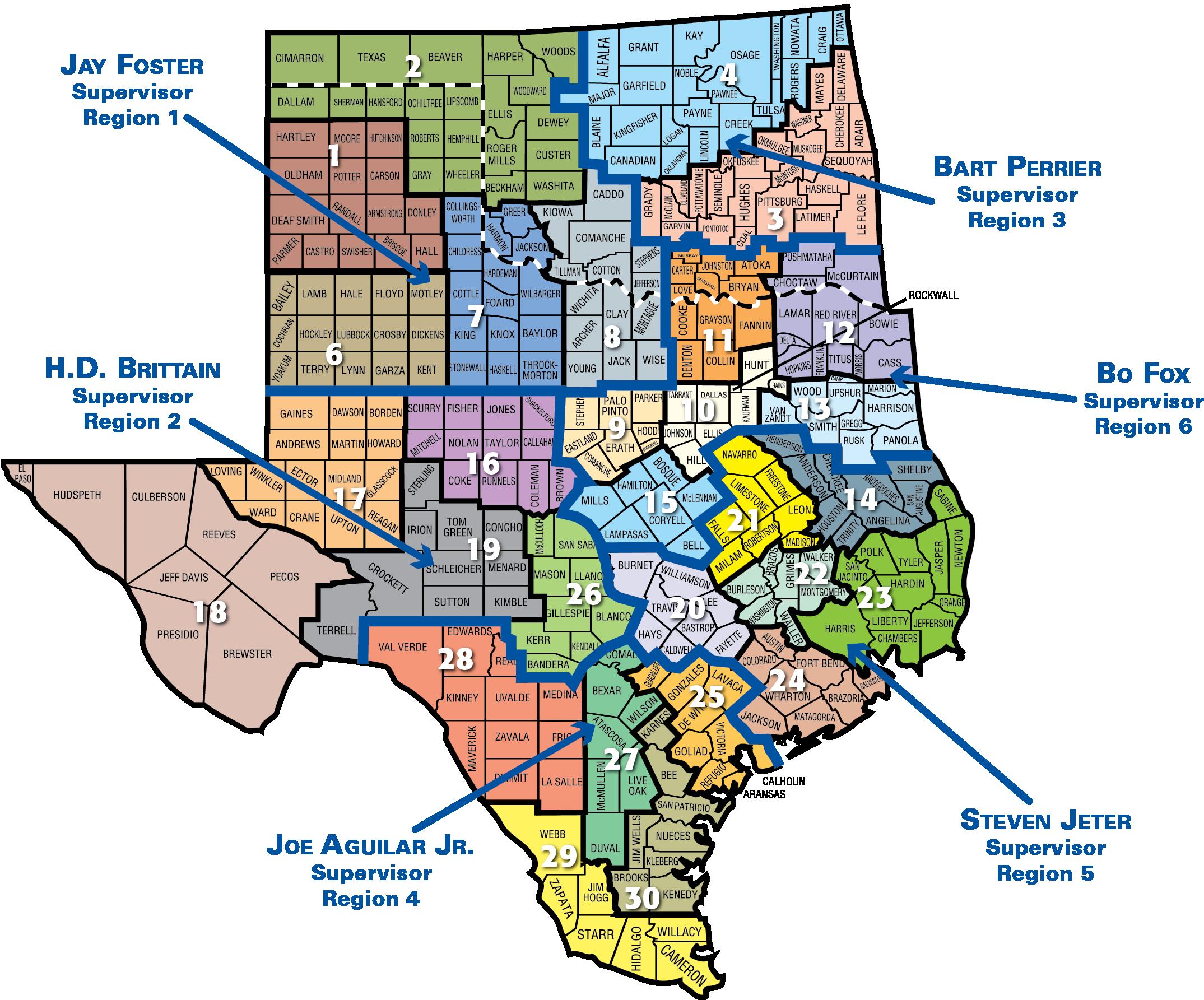


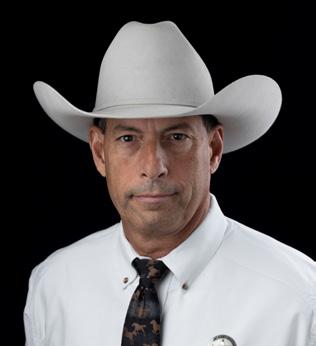
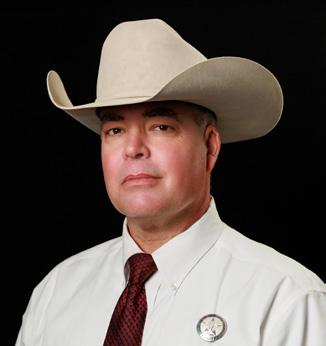

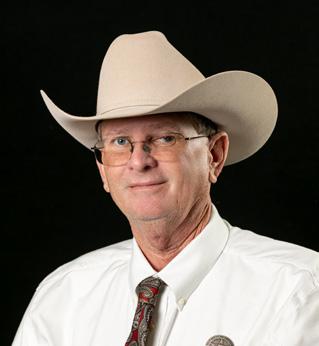
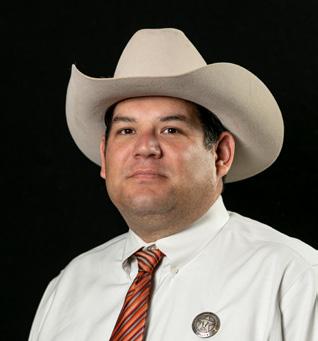
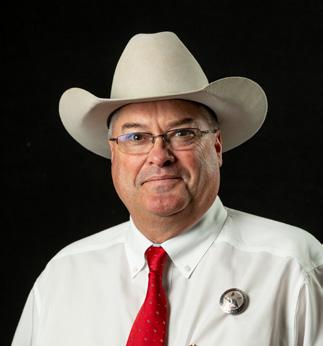
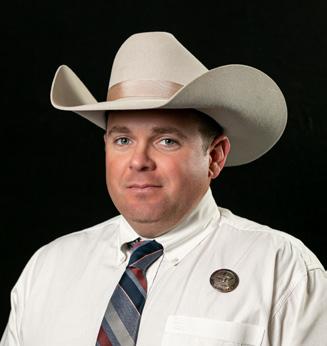
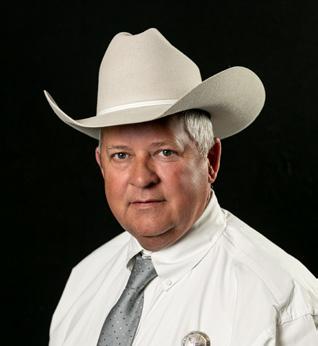
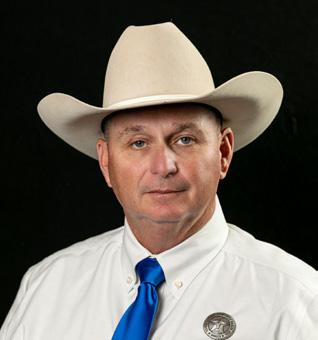

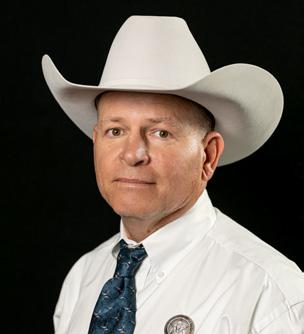
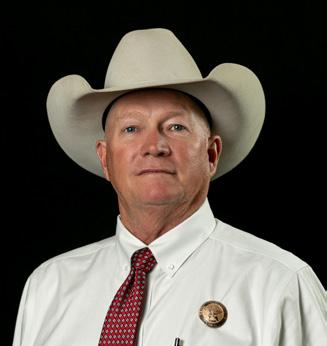
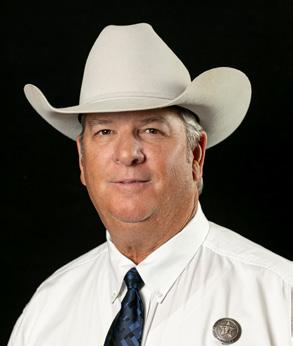
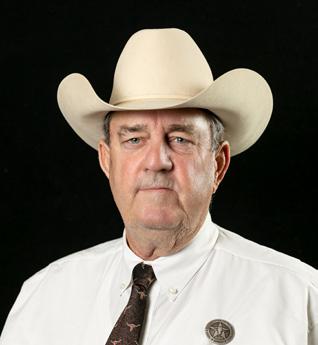
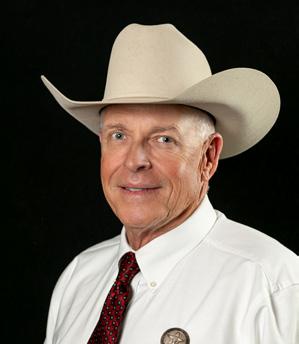


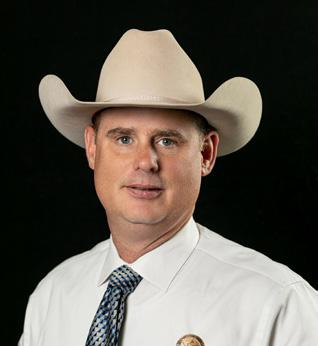

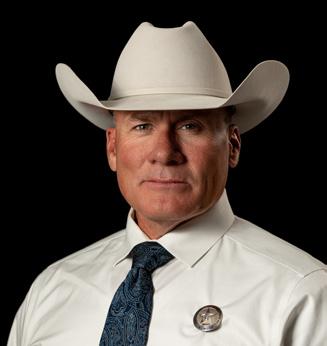
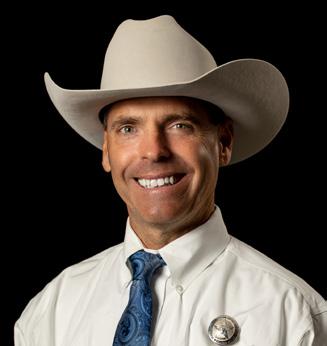
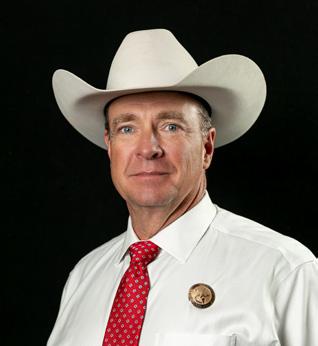

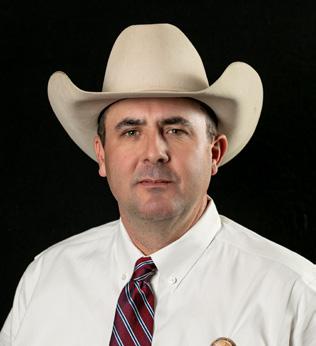

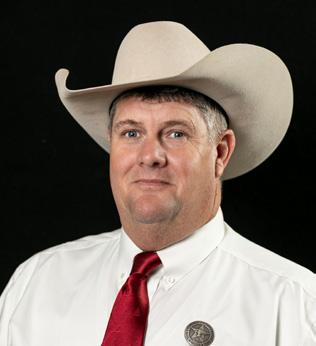

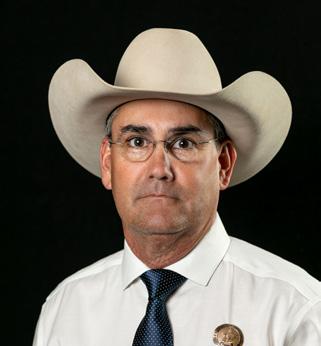
4Gee Farm
Cushing
4H Cattle
Glenn Heights
4K Farms
Pleasanton
4S Farms Tyler
Travis Abernathy Tyler
Ayla Abshier Groveton
Adam Adams Mckinney
Roger Albert San Angelo
Tucker Allen Sabinal
Stetson Allison San Saba
Evangeline Arabie Buffalo
Carla Aragaz Sweetwater
Emily Archuleta
Seminole
Richard Arnett
Kerens
Zane Aschenbeck
Brenham
Kaci Atchison Harker Heights
Jordan Avery College Station
Ireland Bailey
Stephenville
James C. Bailey
Navasota
Barrel Ranch
Mesquite
Base Camp Farm & Ranch Rusk
Jesse Bearden
Sulphur Springs
Brendeh Been Brookesmith
Adelina Bell Alice
Emma Bell Eustace
Bell Ranch San Antonio
Ally Benner Roscoe
Abigail Bible Santa Anna
Black Oak Ranch Roland, Oklahoma
Hattie Bland Sulphur Springs
Blue Eyes LTD Beaumont
Boisvert Ranch Waco
Hannah Bosley Teague
Ethan Bottorff Sanger
Rhett Boyd
Oakwood
Brad Harrison Farms
Lipan
Doran Bridgforth Ganado
Douglas Brinkman Lyons
Britain Ranch Fort Worth
Kathryn Britt Cleburne
Abigail Broughton
Yoakum
Brody Broughton
Yoakum
Bruce Cattle
Marshall
Raeanna Burns Teague
Clinton Butcher
Amarillo
BW5 Cattle Co.
Lindale
Bailey Cannon Lott
Ty Caplinger
Stephenville
Carilyn Cardenas
Eagle Pass
Elizabeth Cardenas Grand Prairie
Briana Carozo Kerens
Caydie Castro Brackettvile
Stephen Clontz Kosse
Jose Coronado Telford, Pennsylvania
Edgar Cortez
Laredo
Cows & Calves Estes
Mason
CT Land Investments
Austin
Rachel Davidson Sulphur Springs
Mia Davis
Crockett
Jose Delgadillo
Brownsville
Diamond BL Cattle
Huntsville
Presely Dorries
Bandera
Braxton Dossey
Gatesville
Double R Highland Ranch
Palo Pinto
Double Rocker Ranches
Comanche
Double S Ranch
Denton

Bred,
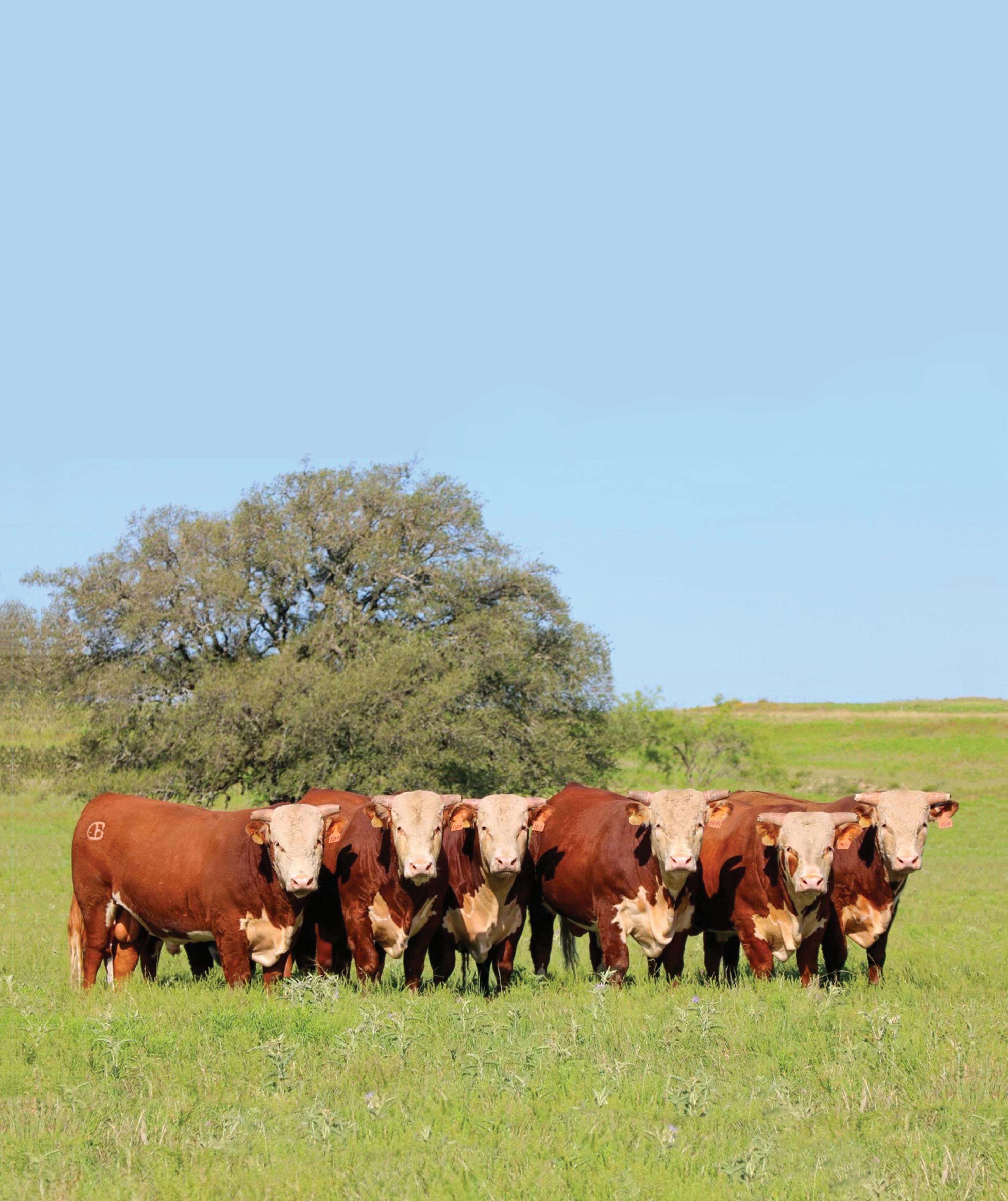
Makenzy Driver
Winnsboro
Walker Dublin Jacksonville
Madeleine Ducharme Brackettvile
Owen Duke Ballinger
Duncan Duncan Fort Worth
Abbie Earp Hillsboro
Edwards Cattle
Lampasas
Kelly Escobar Marlin
Curtis Evans Fort Davis
Caitlyn Farr Abilene
Cashlin Farr Abilene
Presley Fitzpatrick Santa Anna
Chloe Fowler
Combine
James Friesen Childress
Friesenhahn Farms St. Hedwig
Paige Fritsch
Burton
Luis Garcia El Paso
Makenna Garrison Smithville
Miguel Garza
Grand Prairie
Rolando Garza Brownville
Faith Geistweidt Sanger
Brooklyn Gilleland Van
Gilleland Ranch Van
Tabytha Gipson Trinity
Victor Gonzalez Kountze
Barrett Goodson Moody
Drew & Cindy Goslin Pinon, New Mexico
Darlen Graham Thorndale
Robert D. Gray Throckmorton
Jonashia Gurress Houston
Kash Hall Graford
Samuel Hardwick Aledo
Kinsey Hargrove Lott
Cheryl Harris
Hamilton
Trent Helms Ballinger
Kaitlyn Hendricks
Mercedes
Alberto Hernandez
Anthony, New Mexico
Jonathan Hernandez Raymondville
Jacob Hetzel
Burton
Molly Hirsch
Buffalo
Amy Hogg-Jung
Winona
Fred Hollowell
Farmersville
Sheldin Holmes Ballinger
Hopson Cattle Nacogdoches
Kathryn Hudman
Mineola
J4 Farms
McCoy
Jack Goodall Ranch
Granbury
James C. Keliehor Investments LLC
Cleveland
David James
Sulphur Springs
JD5 Cattle
Cache, Oklahoma
Jeff Jordan Ranch Co. Wichita Falls
Jefferds Cattle Co. Lillington, North Carolina
Jenkins Farm
Big Spring
Jennings Ranch
Danbury
Jennifer Jenschke
Fredericksburg
Jackson Jerez Milland
Cody Jones
Kaufman
Barry Josserand
Canyon
James King
Wharton
Quentis King
Paris
Kevin Knapick
Bulverde
Hallie Kunz
Bandera
Kyzia Cattle Co. LLC
De Kalb
Laynee Ladewig
Smithville
Lake Davis Ranch LLC
Dallas
Lazy JS Ranch
Weatherford
JOIN YOUR FELLOW CATTLE RAISERS
SEPT. 25 | COLLEGE STATION
The 2023 Young Cattle Raisers Skeet Shoot & Dinner brings together the next generation of ranchers, landowners, wildlife managers and others who are interested in the future of the great Southwest. Young producers aged 25-40 can connect with like-minded individuals to network, learn more about Texas & Southwestern Cattle Raisers Association and enjoy an afternoon of skeet shooting.

SEPT. 25 - 27 | COLLEGE STATION
Attend the 2023 Texas & Southwestern Cattle Raisers Assocation Policy Conference to learn the latest updates across emerging issues and develop policies to drive the association’s efforts for years to come.
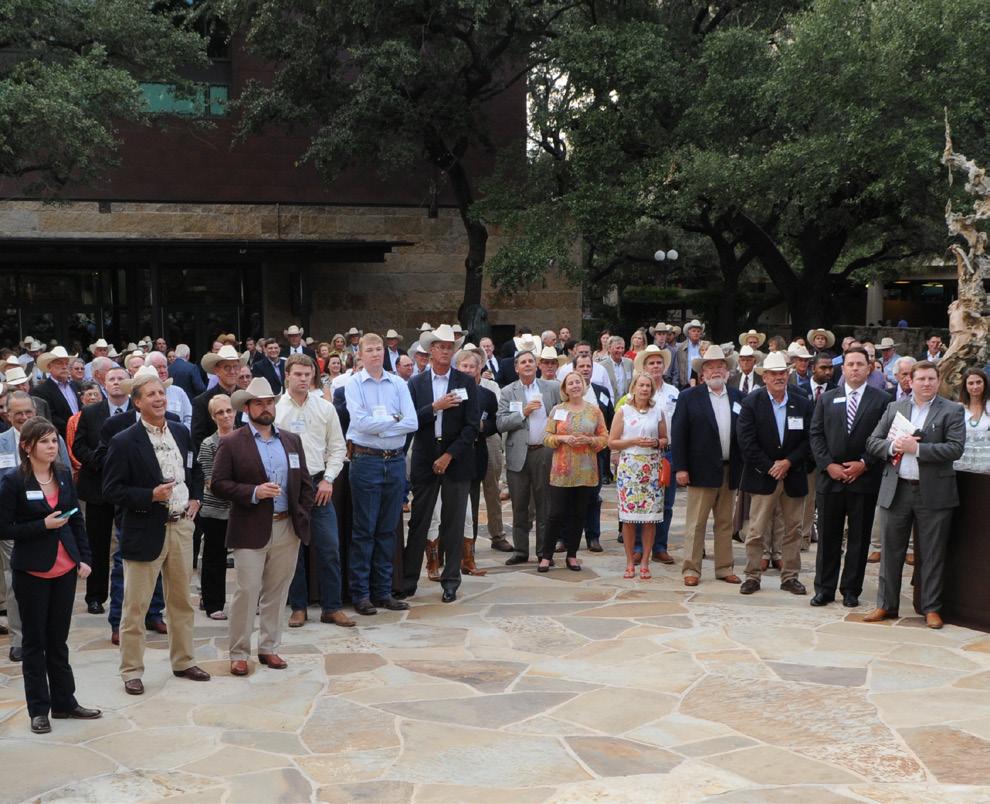
Member or not, join TSCRA at one of many local events to connect and learn about the latest in the cattle industry over a great beef meal with fellow ranchers, landowners and those who live for this land.
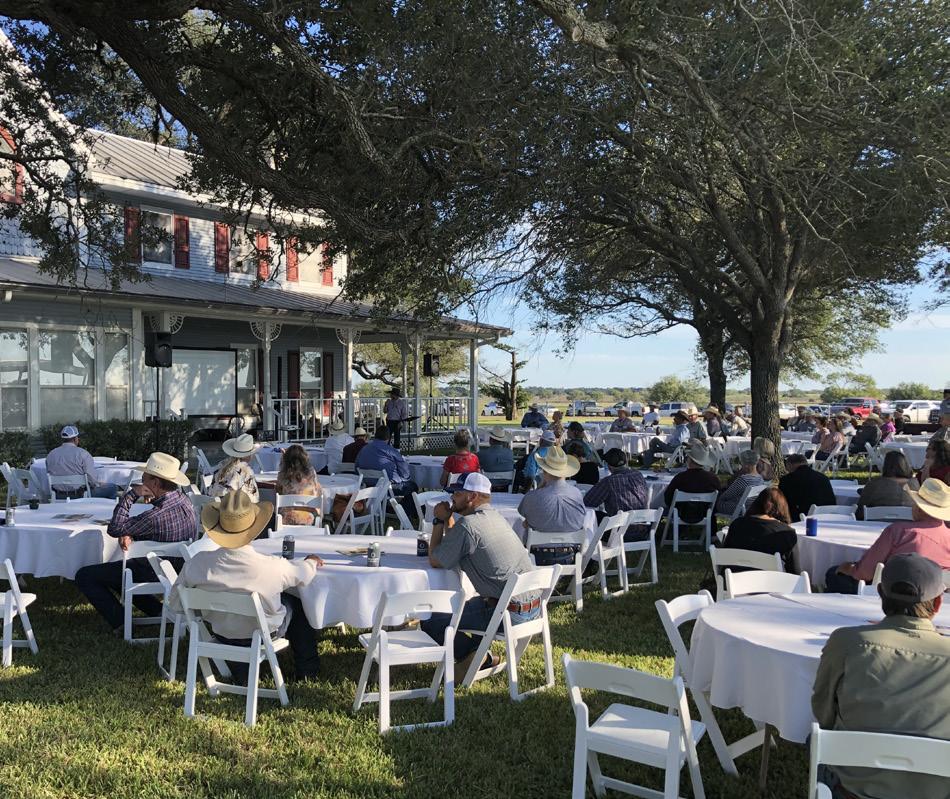
September 6 – Stephenville
September 13 – Waco
September 28 – Amarillo
October 3 – Houston
October 10 – Throckmorton
October 16 – San Angelo
October 25 – Mt. Pleasant
October 27 – Victoria
November 9 – Fredericksburg
November 16 – Brenham
November 28 – San Antonio
December 6 – Edinburg
To register or learn more about these opportunities, visit TSCRA.org.
Lazy R Ranch
Kerrville
Todd Leatherwood Hurst
Dominic LeJeune
Bryan
Lonely Bull Ranch/Colten Family
Paradise
Axle Long
Sulphur Springs
Diego Lopez Atascosa
Katia Lopez
Atascosa
Joey Lovell Murphy
Lucky S Ranch
Richland Hills
M&F Ranch
Meadowlakes
Mader Farm
Stephenville
Garrett Mader
Stephenville
Tony Manske
Stamford
Grant Marshall Skiatook, Oklahoma
Barrett Martin
Aledo
Cade Martin
Turkey
John-Michael Martinez Mission
Ashlynn Martinolich
Italy
Gunnar McCraw
Aledo
Shayne McKandles
Stanton
Memory Smith/Middlebrooks
Joneboro
Ty Meyer Wharton
Mister Tester 63
Corpus Christi
Mizell Cattle Co. Buffalo
MJ Land & Cattle Co. Cleveland
Zach Monenseh White Wright
Audrey Monk
White Wright
Lexi Moore Colorado City
M. Moore Lovelady
Kayleigh Moss Trinity
MP Cattle Thorndale
MTU
Corpus Christi
Brian Muise
Dell City
Staudt Muller Weatherford
Emily Munson
Angleton
Kaitlyn Myers
Sulphur Springs
Nance Ranch
Jacksboro
Nash Cattle Co. LLC Coushatta, Louisiana
John Nevfeld
Farwell
Niemann Farms
Muldrow, Oklahoma
Nolasco Family
Uvalde
Zoee Nolen
Seminole
Oak Forest Ranch Cost
Adrian Orona
Dallas
Wes & Brandi Osborne
North Zulch
Osburn Ranch Deer Park
Ayriel Parker
Crockett
J.W. Parsons
Weatherford
Pavelka Livestock
Waco
Makayla Pavelka
Waco
H. Payne Merkel
Jose Pedroza Grand Prairie
Peoples Bank & Trust Co.
Edmond, Oklahoma
Percy Franklin Ranch
Horseshoe Bay
Perez Ranch South Houston
Perkins Cattle Co.
Irene
Katie Perkins
Irene
Peters Cattle Co.
San Antonio
Jaci Peterson
Joshua
Ronnie Pezeshk M.D.
Dallas
Wesley & Tonia Pfeil
Floresville
Jim Pipes
Dallas
Colby Plaia
Beaumont
James Price
Navasota
Gage Punne
Telephone
Landon Rachal
Hallsville
Rafter N Ranch
Perkins, Oklahoma
Henry & Betty Ramirez Munday
Rhett Rangel
Robert Lee
Reed Farms
Munday
Reese Ranches
Encinal
Eric Regaldo Beeville
Luke Reimer
Burton
Michael Reitan Laneville
Loretta Rentschler
Merkel
Ridgely Land & Ranch LLC
Angleton
Jeffery Ripley Blum
Keith Rippstein Karnes City
Levi Risher
Willis
Rome Rivera
Anderson
Taylor Roberts Yorktown
Jon-Robert Rucker
Ganado
Running N Castroville
Rusty Roach
Banquete
Julio Salinas
Mercedes
Salinas Smalls
Hernando, Florida
Salt Cedar Ranch Vernon
Matthew Sanchez
Edinburg
Sandy Fork Farms West
SBW Cattle Co. Seagraves
Tucker Schlueter Quitaque
Ashley Schmitt
Seminole
Glen R. Schrader Bellville
Michael Scott
Stephenville
Brittan Self Sulphur Springs
Michael Shipskey Joshua
Bryson Sigler Italy
Delaney Simpson Centerville
Bryson Smith Crockett
Star D Ranch Bridge City
Stennett Cattle Co. Graham
Stephen’s Farm
Ardmore, Oklahoma
Stinnett Farms
Midlothian
Chris Stone Littlefield
Tamega Vineyard
Burnet
TeCaro Ranch Keller
Maddox Tedford Willow Park
Liam Terrill
San Angelo
Texas Double O Ranch
Dallas
Texas Ranch Sales LLC
Magnolia
Austin Thomas
Merkel
Rhett Turner
White Wright
Twelve Twenty Cattle
Cooper
Garrett Van Dyk
Aledo
Emilio Vasquez
Bellevue
Alexys Vineyard
Kerens
Sheridan Walker
Cleburne
Gregory Washington
Bedias
Weber Cattle
Red Rock
Gary Wegner
Kenedy
Paula White
Lubbock
Ashlynn Wilhelm
Rosanky
Brooke Wilhelm
Rosanky
Makenzi Willard
Fairfield
Andrew Wind
Wharton
Wyatt Cattle Co.
Olney
Wyrick Farms
Big Spring
Zapalac Cattle
Ledbetter
Samantha Ziegler
Beeville
Elkhart Horse Auction
Where: Elkhart
Phone: 903-764-1495
Sale Day: Saturday
Contact: Tiffany Patterson, 903-388-7288
Atascosa Livestock Exchange
Where: Pleasanton
Phone: 830-281-2516
Sale Day: Tuesday
Contact: Marvin Bendele, 210-213-5890
Four County Auction
Where: Industry
Phone: 979-357-2545
Sale Day: Tuesday
Contact: Lisa Sebastian, 979-270-3041
Muleshoe Livestock Auction
Where: Muleshoe
Phone: 806-272-4201
Sale Day: Friday
Contact: Leo Aviles, 956-437-3899
BEE
Beeville Livestock Comm.
Where: Beeville
Phone: 361-358-1727
Sale Day: Friday
Contact: Robert Bridge, 361-542-6693
Meridian L/S Comm. Co.
Where: Meridian
Phone: 254-435-2988
Sale Day: Monday
Contact: Larry Brown, 254-265-1920
Clifton Livestock Comm. Co.
Where: Clifton
Phone: 254-675-7717
Sale Day: Wednesday
Contact: Larry Brown, 254-265-1920
BOWIE
J & J Livestock Auction
Where: Texarkana
Phone: 903-832-3576
Sale Day: Saturday
Contact: Cheri Beal, 903-280-4554
BRAZOS
Brazos Valley Livestock Comm.
Where: Bryan
Phone: 979-778-0904
Sale Day: Tuesday
Contact: Nina Nygard, 512-281-6753
Caldwell Livestock Comm.
Where: Caldwell
Phone: 979-567-4119
Sale Day: Wednesday
Contact: Mark Nygard, 512-281-6330
Lockhart Auction
Where: Lockhart
Phone: 512-398-3476
Sale Day: Thursday
Contact: Nina Nygard, 512-281-6753
Bruce Overstreet Livestock
Where: Pittsburg
Phone: 903-856-3440
Sale Day: Monday
Contact: Michelle Willeford, 903-767-0670
Tri County Livestock Market
Where: New Summerfield
Phone: 903-726-3291
Sale Day: Saturday
Contact: Brad Dominy, 903-394-4046
Coleman Livestock Auction
Where: Coleman
Phone: 325-625-4191
Sale Day: Wednesday
Contact: Dave Williams, 325-669-2030
Cattleman’s Columbus Livestock Auction
Where: Columbus
Phone: 979-732-2622
Sale Day: Wednesday
Contact: Lisa Sebastian, 979-270-1228
Comanche Livestock Exchange
Where: Comanche
Phone: 325-356-5231
Sale Day: Saturday
Contact: Michael Davis, 254-879-3121
The New Gainesville Livestock Auction
Where: Gainesville
Phone: 940-665-4367
Sale Day: Friday
Contact: Robin Gibbs, 903-227-0791
Coryell County Comm.
Where: Gatesville
Phone: 254-865-9121
Sale Day: Saturday
Contact: Ray Davis, 254-718-5512
Cattleman’s Livestock Comm.
Where: Dalhart
Phone: 806-249-5505
Sale Day: Thursday
Contact: Clifton Miller, 806-570-7439
DEAF SMITH
Hereford Livestock Auction
Where: Hereford
Phone: 806-240-3082
Sale Day: Tuesday
Contact: Joe Bob Via, 806-452-9280
DEWITT
Cuero Livestock Comm.
Where: Cuero
Phone: 361-275-2329
Sale Day: Friday
Contact: Kaylee Malatek, 979-942-0323
EASTLAND
Texas Cattle Exchange
Where: Eastland
Phone: 254-629-2288
Sale Day: Tuesday
Contact: Ronnie Ober, 817-371-7071
ERATH
Dublin Livestock Auction
Where: Dublin
Phone: 254-445-1734
Sale Day: Friday
Contact: Ronnie Ober, 817-371-7071
Erath County Dairy Sale
Where: Dublin
Phone: 254-968-7253
Sale Day: Friday
Contact: Bob McBryde, 940-859-6217
Stephenville Cattle Co.
Where: Stephenville
Phone: 254-968-4844
Sale Day: Wednesday
Contact: Bob McBryde, 940-859-6217
FAYETTE
Flatonia Livestock Comm.
Where: Flatonia
Phone: 361-865-3538
Sale Day: Monday
Contact: Danielle Robbins, 512-944-0383
Schulenburg Livestock Auction
Where: Schulenburg
Phone: 979-743-6566
Sale Day: Saturday
Contact: Vance Weltner, 210-473-9099
“ WAX Genuine Marshall ryegrass is my choice of ryegrass…been planting ryegrass for more than 20 years for grazing and hay. Majority of the time I have used WAX Marshall, but also try some of the new ryegrasses to see how they compare to my standard… WAX Marshall… I am still a WAX Marshall ryegrass man!
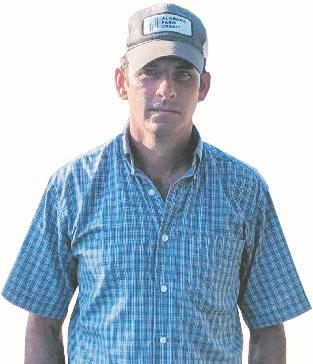
This past year, I tried the “Generic Marshall” from my local co-op. In short, it did not come close to production or have the carrying capacity like WAX Marshall… it looked more like Gulf… it did not have the vigor and fast recovery like WAX Marshall.
Every year is different and full of unexpected surprises, but from all my years with WAX Marshall, I feel confident in the outcome. The “Generic” just did not produce. Planting 700 acres of ryegrass, I do not need any surprises for myself or my cattle.
There has only been one consistent ryegrass for me for over 20 years… WAX Marshall ryegrass.
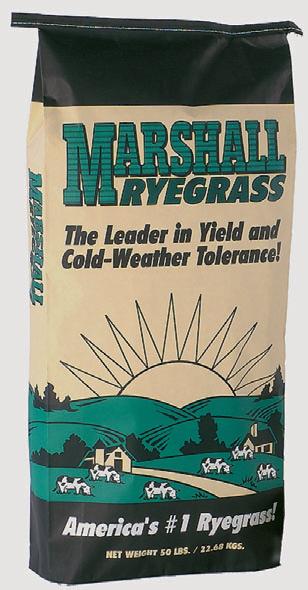
If you want real Marshall ryegrass, make sure you ask for WAX Genuine Marshall… I do! ”
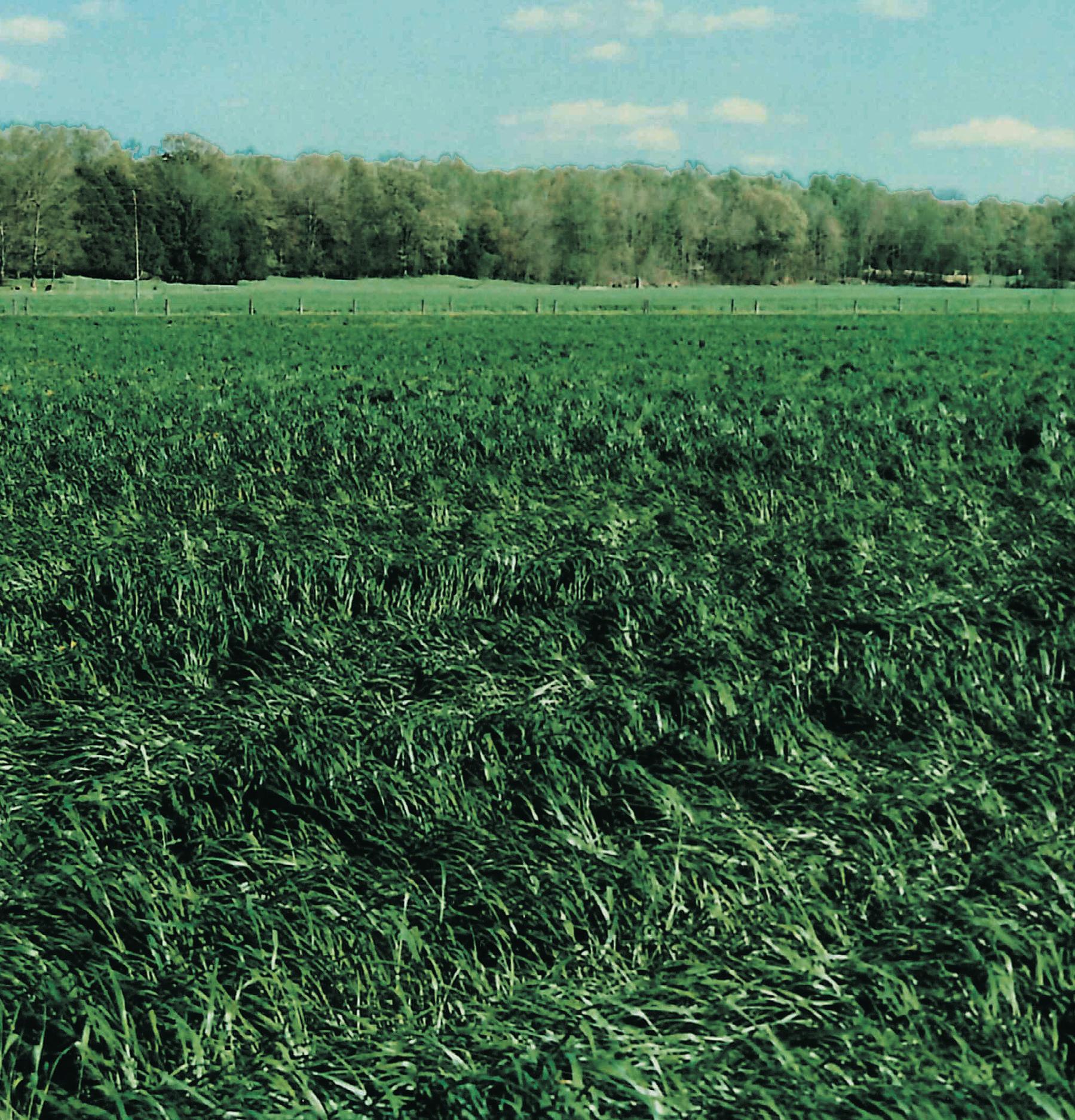
FLOYD
Floydada Livestock Sales
Where: Floydada
Phone: 806-983-2153
Sale Day: Wednesday
Contact: JE Stone, 806-777-4396
FRIO
Pearsall Livestock Auction
Where: Pearsall
Phone: 830-334-3653
Sale Day: Wednesday
Contact: Clarence Stevens, 210-415-0441
Gillespie Livestock Co.
Where: Fredericksburg
Phone: 830-997-4394
Sale Day: Wednesday
Contact: Jeff Burkes, 575-602-2280
Gonzales Livestock Market
Where: Gonzales
Phone: 830-672-2845
Sale Day: Saturday
Contact: Derek Bettis, 979-743-9699
Nixon Livestock Comm.
Where: Nixon
Phone: 830-582-1561
Sale Day: Monday
Contact: Cade Burks, 830-391-4501
GREGG
Longview Livestock
Where: Longview
Phone: 903-235-6385
Sale Day: Thursday
Contact: Paul Pruitt, 903-725-6200
Mid-Tex Livestock Auction
Where: Anderson
Phone: 936-825-3970
Sale Day: Thursday
Contact: Danielle Robbins, 512-944-0383
Navasota Livestock Auction
Where: Navasota
Phone: 936-825-6545
Sale Day: Saturday
Contact: Rick Faught, 936-442-1039
Seguin Cattle Co.
Where: Seguin
Phone: 830-379-9955
Sale Day: Wednesday
Contact: Cade Burks, 830-391-4501
Hamilton Livestock Comm.
Where: Hamilton
Phone: 254-386-3185
Sale Day: Tuesday
Contact: Bob McBryde, 940-859-6217
Gore Family Auction Center
Where: Silsbee
Phone: 409-782-0612
Sale Day: Saturday
Contact: Christy McCoy, 409-782-0612
Athens Comm. Co.
Where: Athens
Phone: 903-675-3333
Sale Day: Friday
Contact: Brandy Baughman, 903-440-4382
HIDALGO
Edinburg Livestock Auction
Where: Edinburg
Phone: 956-383-5671
Sale Day: Saturday
Contact: Coney Alvarez Jr., 956-437-3899
HILL
Hubbard Livestock Market
Where: Hubbard
Phone: 254-576-2584
Sale Day: Monday
Contact: Bob McBryde, 940-859-6217
HOPKINS
Sulphur Springs Livestock Comm.
Where: Sulphur Springs
Phone: 903-885-2455
Sale Day: Monday
Contact: Paul Pruitt, 903-725-6200
HOUSTON
East Texas Livestock Auction
Where: Crockett
Phone: 936-544-2246
Sale Day: Tuesday
Contact: Cheyenne London, 936-222-3689
Big Spring Livestock Auction
Where: Big Spring
Phone: 432-267-5881
Sale Day: Wednesday
Contact: Bruce Brandenberger, 254-977-5763
JACKSON
Edna Livestock Auction
Where: Edna
Phone: 361-782-7666
Sale Day: Monday
Contact: Galynn Mazoch, 979-578-1823
Kirbyville Auction Barn
Where: Kirbyville
Phone: 409-423-2612
Sale Day: Saturday
Contact: Casey Jones, 409-423-0685
JIM WELLS
Gulf Coast Livestock Market
Where: Alice
Phone: 361-664-4395
Sale Day: Tuesday
Contact: Ramiro Garcia, 361-460-0008
JOHNSON
Johnson County Cattle Auction
Where: Cleburne
Phone: 817-556-9090
Sale Day: Saturday
Contact: Lee Snyder, 254-707-1682
KARNES
Karnes City Auction
Where: Karnes City
Phone: 830-780-3382
Sale Day: Saturday
Contact: Landyn Maguglin, 361-492-9484
Karnes County Livestock Exchange
Where: Kenedy
Phone: 830-583-2574
Sale Day: Thursday
Contact: Kaylee Malatek, 979-942-0323
LAMAR
Cattlemen’s Livestock Comm.
Where: Paris
Phone: 903-784-2238
Sale Day: Saturday
Contact: Lana Caldwell, 903-908-0530
Paris Livestock Auction
Where: Paris
Phone: 903-739-2575
Sale Day: Wednesday
Contact: Robin Gibbs, 903-227-0791
LAMPASAS
Lampasas Cattle Auction
Where: Lampasas
Phone: 512-556-3611
Sale Day: Wednesday
Contact: Ray Davis, 254-718-5512
LAVACA
Hallettsville Livestock Comm.
Where: Hallettsville
Phone: 361-798-4336
Sale Day: Tuesday
Contact: Kaylee Malatek, 979-942-0323
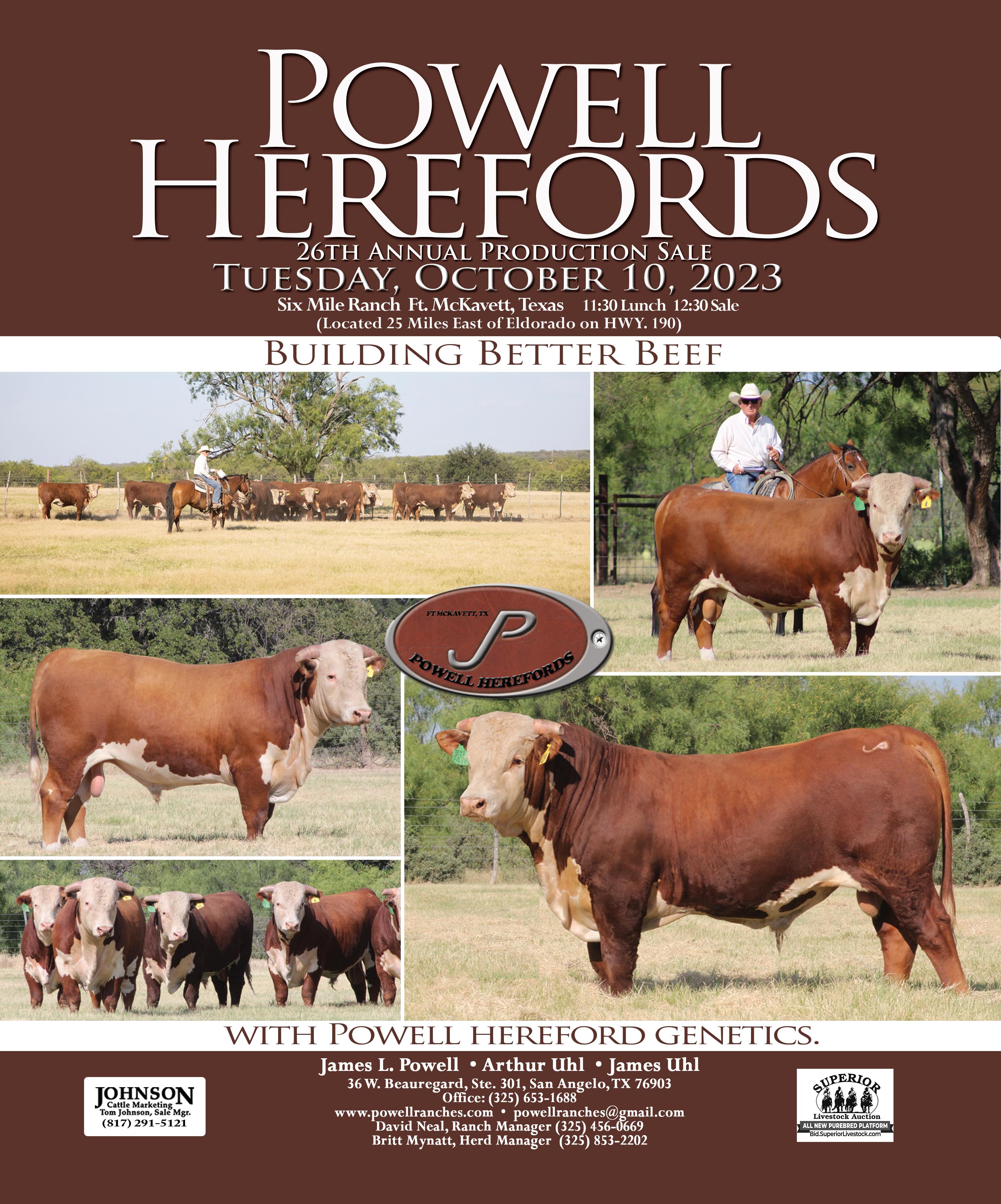
LEE
Giddings Livestock Comm.
Where: Giddings
Phone: 979-542-2274
Sale Day: Monday
Contact: Nina Nygard, 512-281-6753
Lexington Livestock Comm.
Where: Lexington
Phone: 979-773-2922
Sale Day: Saturday
Contact: Nina Nygard, 512-281-6753
LEON
Buffalo Livestock Comm.
Where: Buffalo
Phone: 903-322-4940
Sale Day: Saturday
Contact: Tyler Rader, 713-907-2725
LIBERTY
Raywood Livestock Market
Where: Raywood
Phone: 936-587-4941
Sale Day: Monday
Contact: Harvey Williamson, 963-334-5325
LIMESTONE
Groesbeck Auction & Livestock
Where: Groesbeck
Phone: 254-729-3277
Sale Day: Thursday
Contact: Tyler Rader, 713-907-2725
LIVE OAK
Live Oak Livestock Auction
Where: Three Rivers
Phone: 361-786-2553
Sale Day: Monday
Contact: Marvin Bendele, 210-213-5890
MASON
Jordan Cattle Auction
Where: Mason
Phone: 325-347-6361
Sale Day: Monday
Contact: Warren Ottmers, 830-669-2262
MCLENNAN
Waco Stockyards
Where: Waco
Phone: 254-753-3191
Sale Day: Tuesday
Contact: Larry Brown, 254-265-1920
West Auction
Where: West
Phone: 254-826-3725
Sale Day: Thursday
Contact: Ray Davis, 254-718-5512
Union Comm.
Where: Hondo
Phone: 830-741-8061,
Sale Day: Monday
Contact: Clarence Stevens, 210-415-0441
MILAM
Milam County Livestock Auction
Where: Cameron
Phone: 254-697-6697
Sale Day: Friday
Contact: Rick Faught, 936-442-1039
Nacogdoches Livestock Exchange
Where: Nacogdoches
Phone: 936-564-8661
Sale Day: Thursday
Contact: Michael Witcher, 936-556-0992
NAVARRO
Corsicana Livestock Market
Where: Corsicana
Phone: 903-872-1631
Sale Day: Tuesday
Contact: Tyler Rader, 713-907-2725
PANOLA
Panola Livestock
Where: Carthage
Phone: 903-693-6361
Sale Day: Tuesday
Contact: Lori Blankenship, 936-234-3441
POLK
Livingston Livestock Exchange
Where: Livingston
Phone: 936-327-4917
Sale Day: Saturday
Contact: Harvey Williamson, 963-334-5325
Lonestar Stockyards
Where: Amarillo Phone: 806-677-0777
Sale Day: Tuesday
Contact: Michael Vessels, 806-517-3188
RAINS
Emory Livestock Auction
Where: Emory
Phone: 903-473-2512
Sale Days: Tuesday & Saturday
Contact: Brandy Baughman, 903-440-4382
Calvert Livestock Co.
Where: Calvert
Phone: 979-364-2829
Sale Day: Friday
Contact: Ray Davis, 254-718-5512
RUSK
Hunt Livestock Exchange
Where: Henderson
Phone: 903-657-2690
Sale Day: Monday
Contact: Samuel Steadman, 318-617-1141
SAN SABA
Jordan Cattle Auction
Where: San Saba
Phone: 325-372-5159
Sale Day: Thursday
Contact: David Munden, 325-456-7253
SHELBY
Center Auction Co.
Where: Center
Phone: 936-598-4395
Sale Day: Wednesday
Contact: Michael Witcher, 936-556-0992
STARR
Triple G Livestock Auction LLC
Where: Rio Grande City
Phone: 956-437-1988
Sale Day: Friday
Contact: Coney Alvarez Jr., 956-437-3899
SWISHER
Tulia Livestock Auction
Where: Tulia
Phone: 806-995-4184
Sale Day: Thursday
Contact: Michael Vessels, 806-517-3188
TAYLOR
Abilene Auction
Where: Abilene
Phone: 325-673-7865
Sale Day: Tuesday
Contact: Dave Williams, 325-669-2030
TITUS
Stone Livestock Comm.
Where: Mt. Pleasant
Phone: 903-575-9099
Sale Day: Tuesday
Contact: Paul Pruitt, 903-725-6200
TOM GREEN
Producers Livestock Auction
Where: San Angelo
Phone: 325-653-3371
Sale Day: Thursday
Contact: Bruce Halfmann, 325-315-5972
UVALDE
Southwest Livestock Exchange
Where: Uvalde
Phone: 830-278-5621
Sale Day: Thursday
Contact: Clarence Stevens, 210-415-0441
We didn’t just design the 6M Tractors with you in mind. We designed them with you by our side.
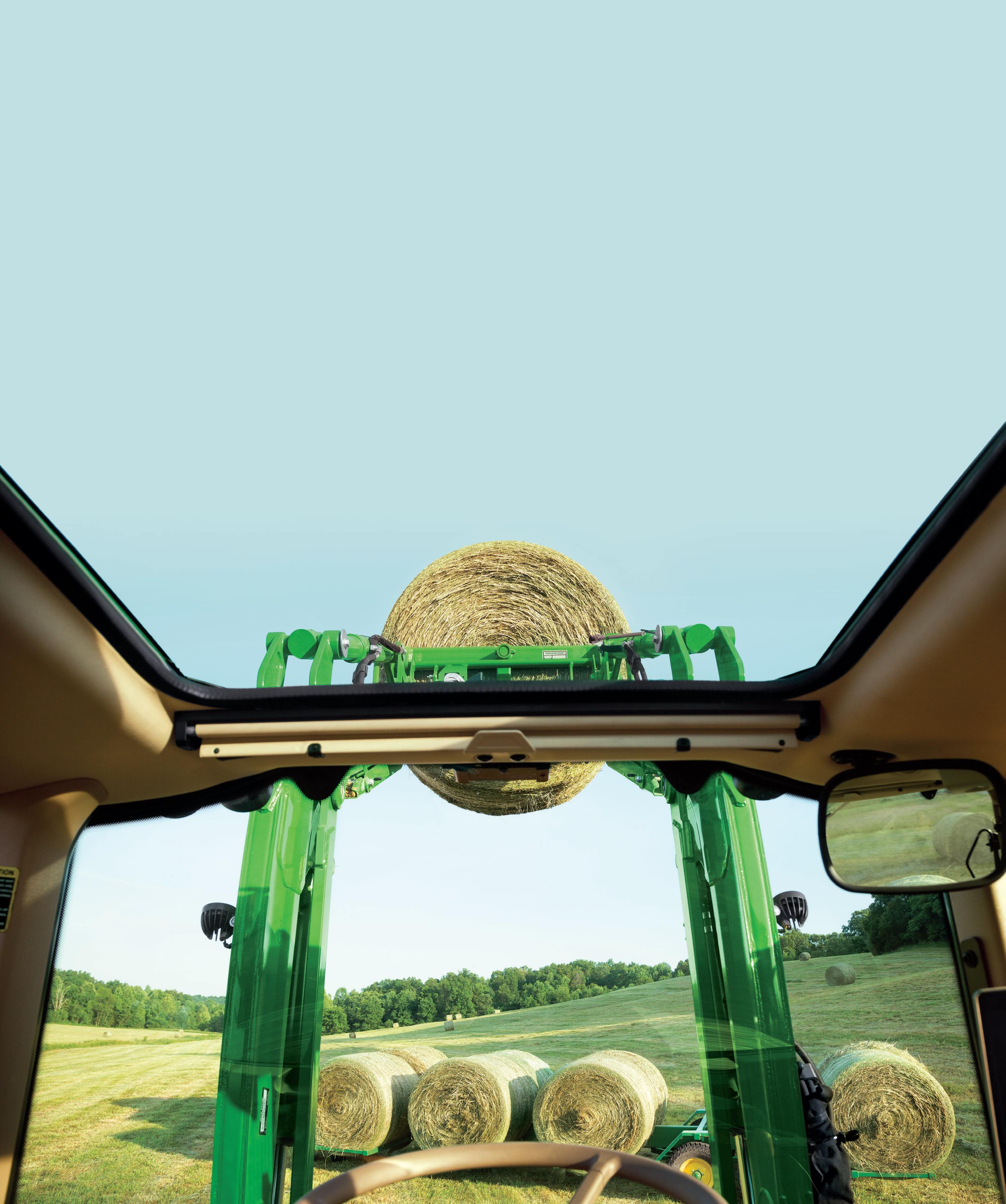
Before we even hit the drawing board, we talked with farmers, fleet owners and more to learn what they need in a mid-size utility tractor. Visit JohnDeere.com/6M or JohnDeere.ca/6M or contact your John Deere dealer to discover the tractor you designed—with more visibility, better maneuverability and more options to fit your needs.
The 6M. Reimagined by you. For you.

VAN ZANDT
Mort Livestock Exchange
Where: Canton
Phone: 903-287-6386
Sale Day: Special Sales Only
Contact: Paul Pruitt, 903-725-6200
WASHINGTON
Brenham Livestock Auction
Where: Brenham
Phone: 979-836-3621
Sale Day: Friday
Contact: Lisa Sebastian, 979-270-3041
WHARTON
El Campo Livestock Co.
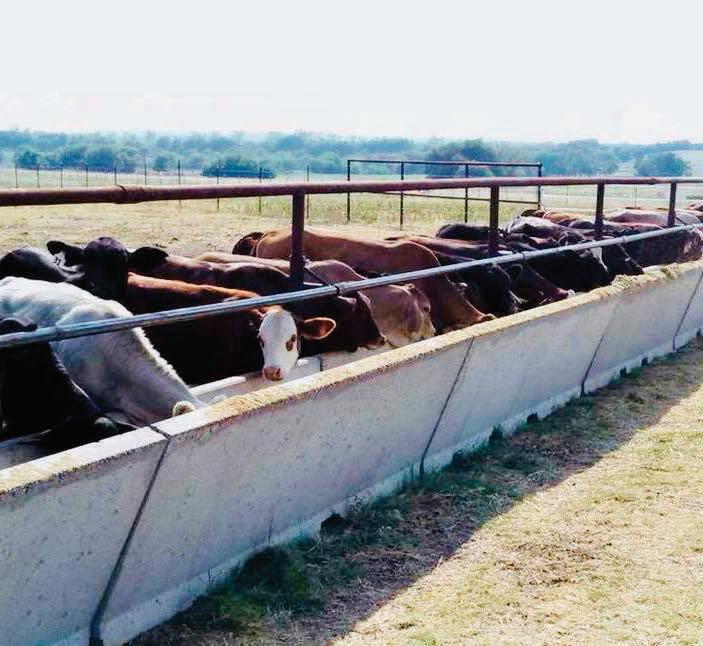
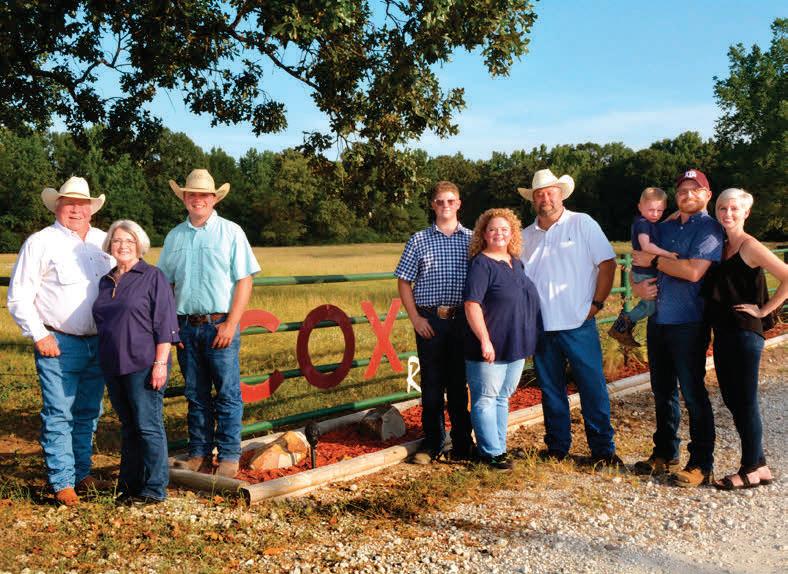
Where: El Campo
Phone: 979-543-2703
Sale Day: Tuesday
Contact: Galynn Mazoch, 979-578-1823
Wharton Livestock Auction
Where: Wharton Phone: 979-532-3660
Sale Day: Wednesday
Contact: Galynn Mazoch, 979-578-1823
WICHITA
Wichita Livestock Sales
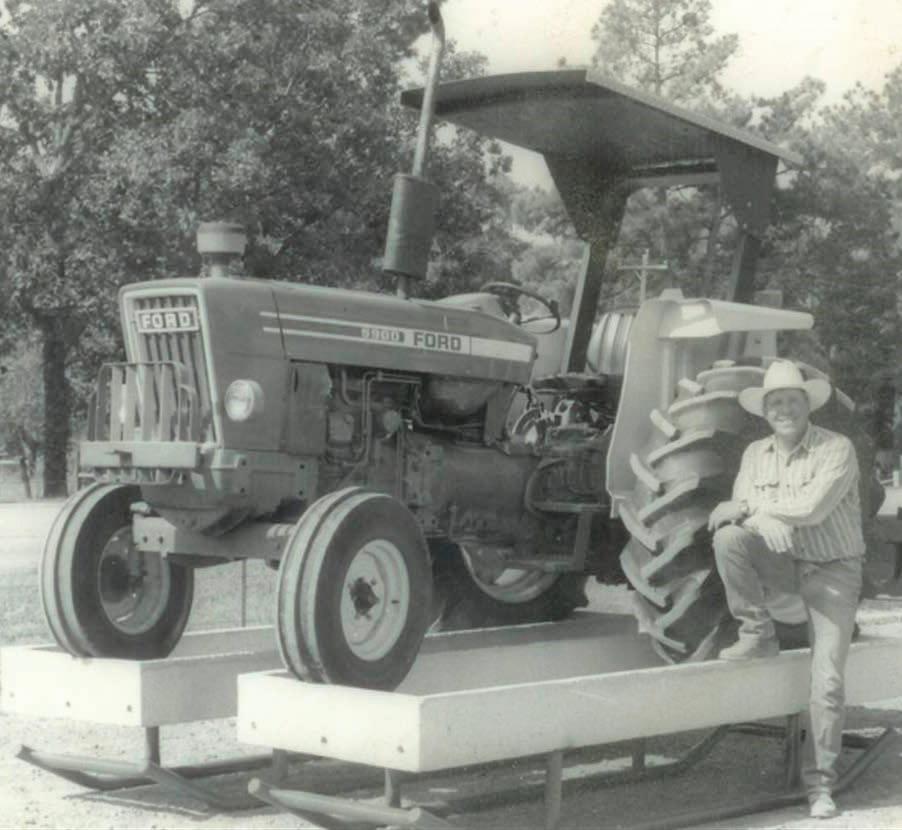
Where: Wichita Falls
Phone: 940-541-2222
Sale Day: Wednesday
Contact: R.C. Langford, 832-330-7279
WILBARGER
Vernon Livestock Market LLC
Where: Vernon
Phone: 940-552-6000
Sale Day: Tuesday
Contact: Hannah Ford, 903-706-8262
WISE
Decatur Livestock Market
Where: Decatur
Phone: 940-627-5599
Sale Day: Monday
Contact: Rebecca Benson, 940-389-6382
WOOD
Winnsboro Livestock Auction
Where: Winnsboro
Phone: 903-365-2201
Sale Day: Friday
Contact: Alan Pruitt, 903-725-6200
YOUNG Graham Livestock Comm. LLC
Where: Graham
Phone: 940-549-0078
Sale Day: Monday
Contact: Kyla Rater, 940-284-9968
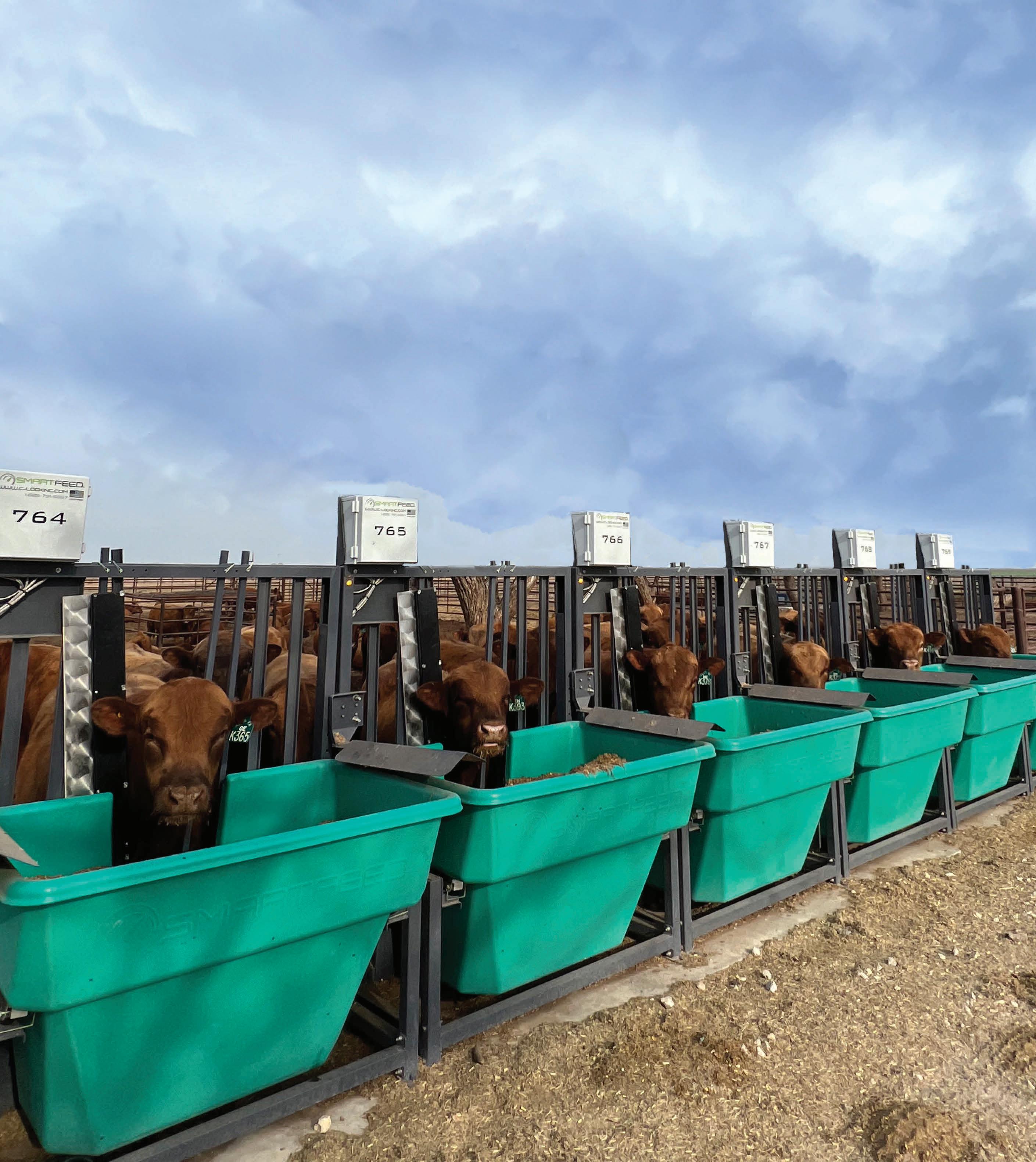
Rick
479-409-2248
Mike & Carla Bacica 11707 FM 2868 Flint, TX 75762 Mike: 903-520-0390 mbpga@aol.com
HOGUE CATTLE COMPANY


6 Spring Hollow, Brownwood, Texas 76801 Ranch: 10108 CR 237 • Phone: 325-643-2225
Cell: 325-647-9168 • Fax: 326-643-6235

100+ Registered Angus Bulls
200+ Registered Angus Bulls For Sale Private Treaty
Thick, Deep, Easy Fleshing, Moderate Size, Balanced Traits For Sale Private Treaty
Lyn Lesikar Jason Lesikar 817-726-7998817-738-2177


Pollok, Texas Brian Moore • 936-465-2040

STEVE & GINGER OLSON (806) 676-3556 Steve@olsoncattle.com


Registered Black Herefords bacicafarms.com
Carla: 903-530-8551 wtnca@aol.com
Detering Red Brahmans

Beef Oriented Red Brahmans for the pasture and the show ring Liendo Plantation, 38653 Wyatt Chapel Rd. Hempstead, TX 77445 Will Detering, owner 281.989.8965 Web site: deteringredbrahmans.com
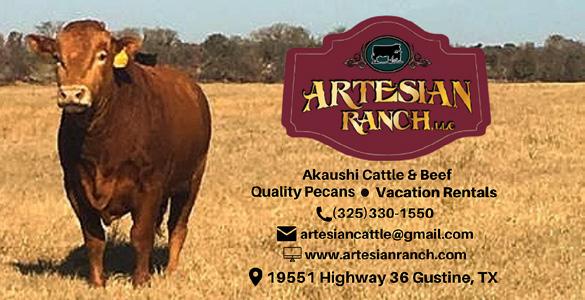
Bill

Performance Beefmasters from the Founding Family 62nd Bull Sale: October
Lorenzo Lasater • San Angelo, TX 325.656.9126 • isabeefmasters.com
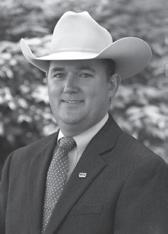
Cullin Smith (409)779-9872
PrivateWelcome!!Treaty


www.thicketycreekfarm.com

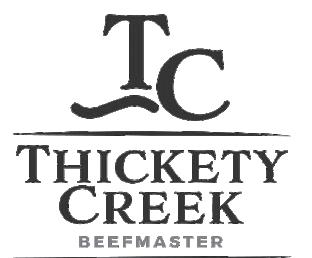
Quality Brahman Ca le Since 1936

PARTI N & PARTI N H EART BAR RANC H Janet, Steve and Carlton Partin 3159 FM 837 • Montalba, Texas 75853 903-549-3000 • partin.partin@aol.com Janet Partin: 903-922-3689 Carlton Partin: 407-709-0297 www.heartbarranch.com
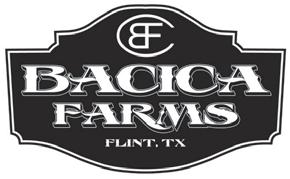
5th Generation
Visitors are always Welcome
Our 101st Year
Sartwelle Brahman Ranch Ltd P O Box 27, Campbellton, Texas USA 78008
Sensibly Bred and Raised Brahman Cattle 979-877-4239

Sugie Sartwelle J. D. Sartwelle III 361-500-5792 Email: sartwellej@gmail.com
SATTERFIELD RANCH
Sat LOST PRAIRIE LAKE • Palestine, Texas Registered Gray Brahmans Dr. Scott & Nancy Satterfield 410 ACR 376 • Palestine, TX 75801 830-613-1492 www.satterfieldranch.com
Caleb Boscamp 830-857-5189
Julie Boscamp 830-857-5129


julieboscamp@yahoo.com 303 County Road 459 • Waelder, TX 78959 www.arrowheadcharolaisranch.com

CHAROLAIS BULLS
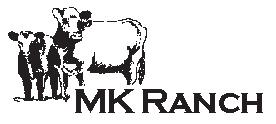






One or a truckload - Give us a
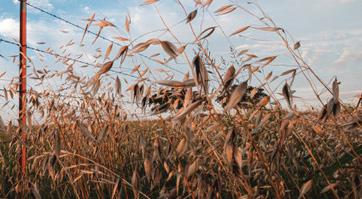


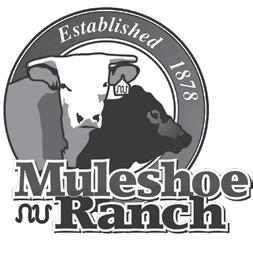
T HOMAS CHAR O LAIS, INC .
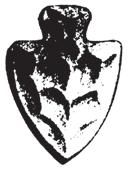

P.O. Box 595 • Raymondville, Texas 78580

Mitch Thomas: 956-535-0936

Tonnyre Thomas Joe: 956-535-0942 thomasra@gte.net www.thomascharolais.com
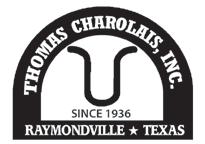
Maynard Warnken 979-561-8846 Kevin Warnken 979-743-0619
Drawer 29, Schulenburg, TX 78956 979-561-8867 fax • rockinw@cvctx.com
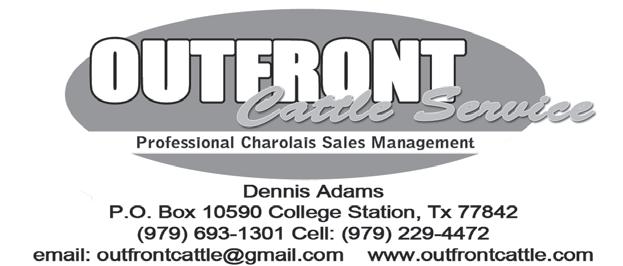

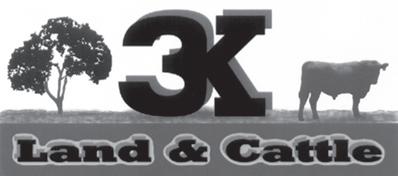
SELLING RANCHES in SOUTH
Serving Texas, New Mexico & Oklahoma Ranchers


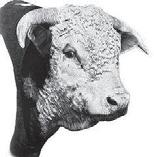
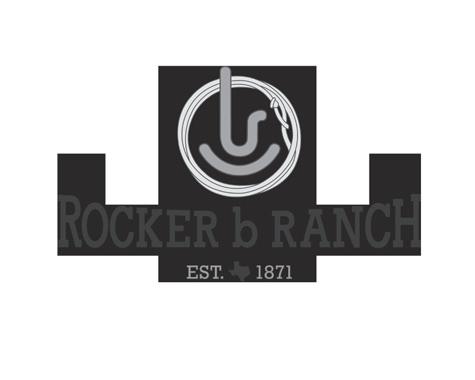
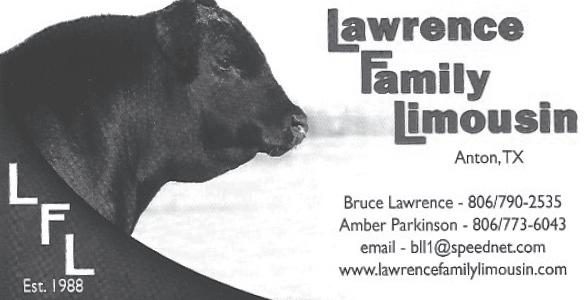



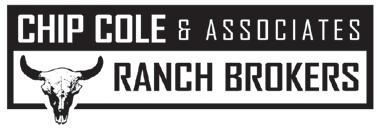
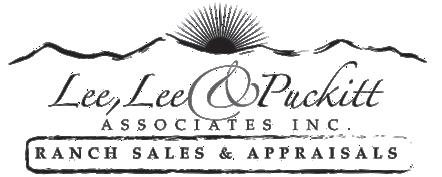
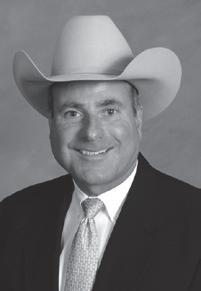
325-655-6989 1002 Koenigheim, San Angelo, Texas 76903
LLPRANCHLAND.COM



NEW LISTING! GUADALUPE CO., NM – Enjoy ranch life on this 401.38 ac. ranch, 12 mi. W of Santa Rosa. Good location & access. One windmill, pipeline to four drinking troughs, comfortable rustic home, good fences, etc. NEW LISTING! UNION CO., NM – 2,091.72 ac. (1,771.72 Deeded, 320 ac. -/+ State Lease), well watered w/three wells, two sets of steel pens. Well located just off of Clayton/Springer hwy. on Barney Road.
PRICE REDUCED! DALLAM CO, TX – 1,216.63 ac. +/- of CRP/ranchland w/irrigation, re-development potential, wells & pipelines already in place.
ANGUS, NM – 250 +/- acres with over a 1/2 mile of NM 48 frontage. Elevations from 6,800 to 7,200 feet. Two springs along a creek. Ideal for future development or build your own getaway home.
Ben G. Scott - Broker • Krystal M. Nelson - NM QB 800-933-9698 5:00 a.m./10:00 p.m.
Black or Red Simbrah • SimAngus HT • SimAngus
ZC ATTLE C OMPAN Y
Traylor
Y

Borchers
JOHN Performance Tested Beef Type Glen Rose, TX David Harris Home (817) 641-4159 Office (817) 641-4771
Foster Bros. Farms Lockney, Texas

Office:(806) 652-3351 / Fax:(806) 652-3738


fosterbros@att.net / www.fosterbrosfarms.com
SIMMENTALS
Simmental & SimAngus
20th Annual Bull Sale
BULL SALE
March 7, 2024
March 8, 2012
San Saba, Texas
Private Treaty Sales
Mike Mallett
Our cattle are perfomance tested.
10602 North Hwy. 281 • Lampasas, TX 76550
Home: 512-556-8548 • Cell: 512-556-1021 www.mallettsimmentals.com
Mike and Connie Mallett • 512-556-1021 Lampasas, Texas • mmcmallett@outlook.com
Farms
MARTIN RANCHES Santa Gertrudis
Registerd Texas Longhorn bulls, cows, heifers, roping steers, trophy steers, semen, mounts skulls for sale. Overnight accommodations available on the ranch.


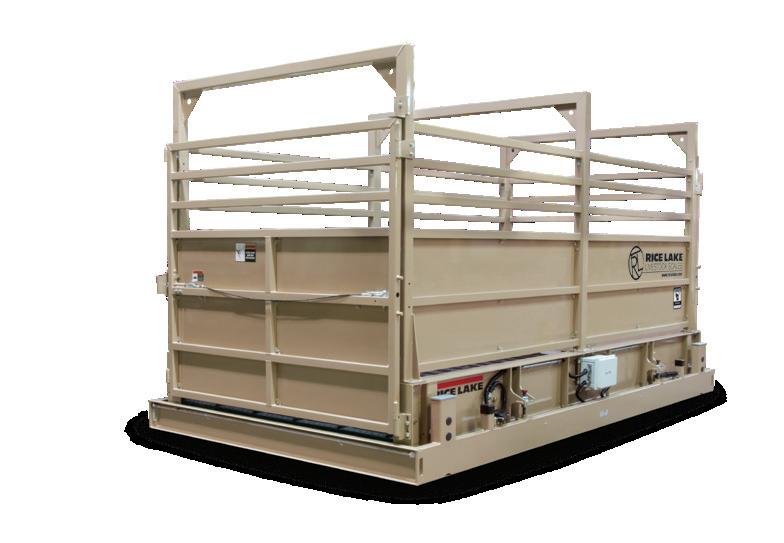
www.stonewallvalleyranch.com
512-970-4676 (HORN) or 512-751-2386 (BEVO)
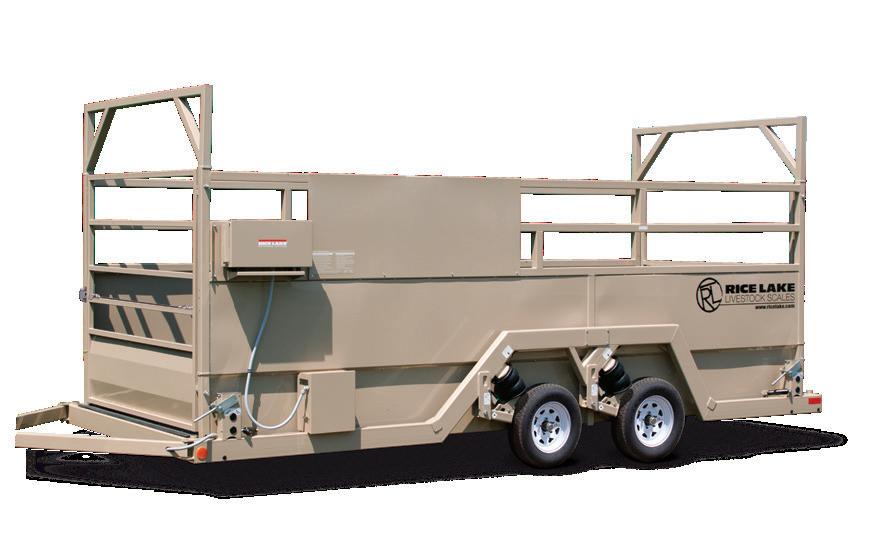
Joe & Beth Mercer 327 CR 459, Lott, TX 76656 • H/O/Fax: 254-984-2225 bethmercer1974@gmail.com • www.filegoniacattle.com BRIGGS
Kevin & Jessica Moore 2929 Oak Hill Rd., Alvarado, TX 76009
Kevin: 817-822-7109 • Jessica: 817-822-7402 Kevin@m6ranch.com • www.m6ranch.com

SATURDAY, SEPT. 2
“Cattleman’s Opportunity”
Female Replacement Sale
Where: South Texas Cattle Marketing, Nixon
When: 12. p.m.
TUESDAY, SEPT. 5
Gardiner Angus Ranch: 19th Annual Fall Production Sale
Where: Ashland, Kansas
When: 9 a.m.
WEDNESDAY, SEPT. 6
TSCRA Ranch Gathering
Where: 1907 Grill, Stephenville
When: 5:30 p.m.
SATURDAY, SEPT. 9
TSCRA Football Tailgate
Where: Texas Tech University, Lubbock
When: 3 p.m.
SATURDAY, SEPT. 9 -
SUNDAY, SEPT. 10
The Dale Lasater Ranch: Annual Bull Sale
Where: Matheson, Colorado
WEDNESDAY, SEPT. 13
TSCRA Ranch Gathering
Where: Jackson Family Brangus, Waco
When: 5:30 p.m.
THURSDAY, SEPT. 14
Wichita Falls Luncheon
Where: McBride’s Steakhouse, Wichita Falls
When: 11:30 a.m.
TUESDAY, SEPT. 19
Ranching 101: Bull Buyers Guide
Where: Online
When: 1 p.m.
SATURDAY, SEPT. 23
Special Replacement Female Sale
Where: Jordan Cattle Auction, San Saba
When: 10 a.m.
MONDAY, SEPT. 25
TSCRA Young Cattle Raisers
Skeet Shoot & Dinner
Where: College Station
When: 3:30 p.m.
MONDAY, SEPT. 25 -
WEDNESDAY, SEPT. 27
TSCRA Policy Conference
Where: College Station
THURSDAY, SEPT. 28
TSCRA Ranch Gathering
Where: West Texas A&M University, Canyon
When: 5:30 p.m.
FRIDAY, SEPT. 29
Jorgensen Land & Cattle: Pasture-Ready Smart Bull Sale
Where: Ideal, South Dakota
When: 5:30 p.m.
SATURDAY, SEPT. 30
TSCRA Football Tailgate
Where: West Texas A&M University, Canyon
TSCRA Football Tailgate
Where: Texas Christian University, Fort Worth
TUESDAY, OCT. 3
TSCRA Ranch Gathering
Where: The Rustic, Houston When: 5:30 p.m.
WEDNESDAY, OCT. 4
2023 Halfmann-Beckton Red Angus Sale
Where: Halfmann Land & Livestock, Miles When: 1 p.m.
THURSDAY, OCT. 5
Dudley Bros: 62nd Annual Bull Sale
Where: Comanche
When: 12 p.m.
THURSDAY, OCT. 5FRIDAY, OCT. 6
King Ranch Institute: 20th Annual Ranch Management Symposium
Where: Kingsville & Online
SATURDAY, OCT. 7
Isa Beefmasters: 62nd Bull Sale
Where: San Angelo
When: 10 a.m.
Heart of Texas: Special Replacement Female Sale
Where: Groesbeck Auction & Livestock Co. When: 12 p.m.
MONDAY, OCT. 9
Indian Mound Ranch: Annual Production Sale
Where: Canadian When: 12:30 p.m.
TUESDAY, OCT. 10
Powell Herefords: 26th Annual Production Sale
Where: Fort McKavett
When: 12:30 p.m.
TSCRA Ranch Gathering
Where: R.A. Brown Ranch, Throckmorton
When: 5:30 p.m.
TUESDAY, OCT. 10 -
WEDNESDAY, OCT. 11
R.A. Brown Ranch: 49th Annual Oct. Sale
Where: Throckmorton
THURSDAY, OCT. 12
Special Bull Sale
Where: Jordan Cattle Auction, San Saba
When: 10 a.m.
SATURDAY, OCT. 14
Thomas Charolais: 22nd Annual Bull Sale
Where: Raymondville When: 1 p.m.
MONDAY, OCT. 16
TSCRA Ranch Gathering
Where: First Financial Pavilion, San Angelo When: 5:30 p.m.
TUESDAY, OCT. 17
Ranching 101: Predator Control
Where: Online When: 1 p.m.
WEDNESDAY, OCT. 18
10th Annual Hill County Youth Heifer Sale
Where: Jordan Cattle Auction, San Saba When: 11 a.m.
THURSDAY, OCT. 19
Special Bull Sale
Where: Jordan Cattle Auction, San Saba When: 10 a.m.
SATURDAY, OCT. 21
TSCRA Football Tailgate
Where: Tarleton, Stephenville
WEDNESDAY, OCT. 25
TSCRA Ranch Gathering
Where: Priefert, Mt. Pleasant When: 5:30 p.m.
FRIDAY, OCT. 27
TSCRA Ranch Gathering
Where: Briggs Ranch, Victoria When: 5:30 p.m.
SATURDAY, OCT. 28
Fall “Best of the Best” Replacement Female Sale
Where: Jordan Cattle Auction, San Saba
When: 10 a.m.
44 Farms: Fall Bull Sale
Where: Cameron
When: 10:30 a.m.
South Texas Hereford Association: Fall Sale, featuring Case Ranch
Where: Beeville Livestock Comm., Beeville
TSCRA Football Tailgate
Where: Texas A&M University, College Station
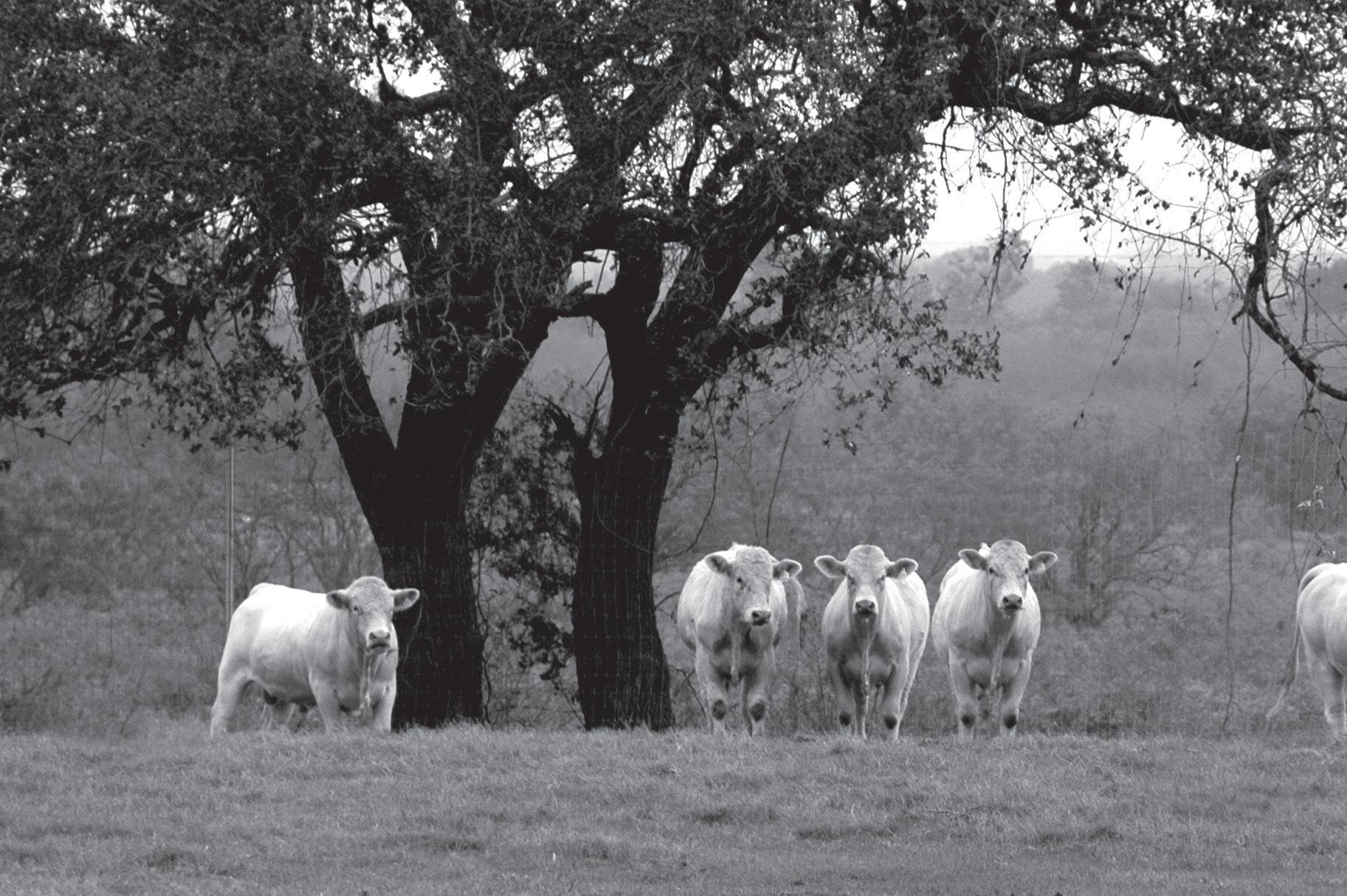
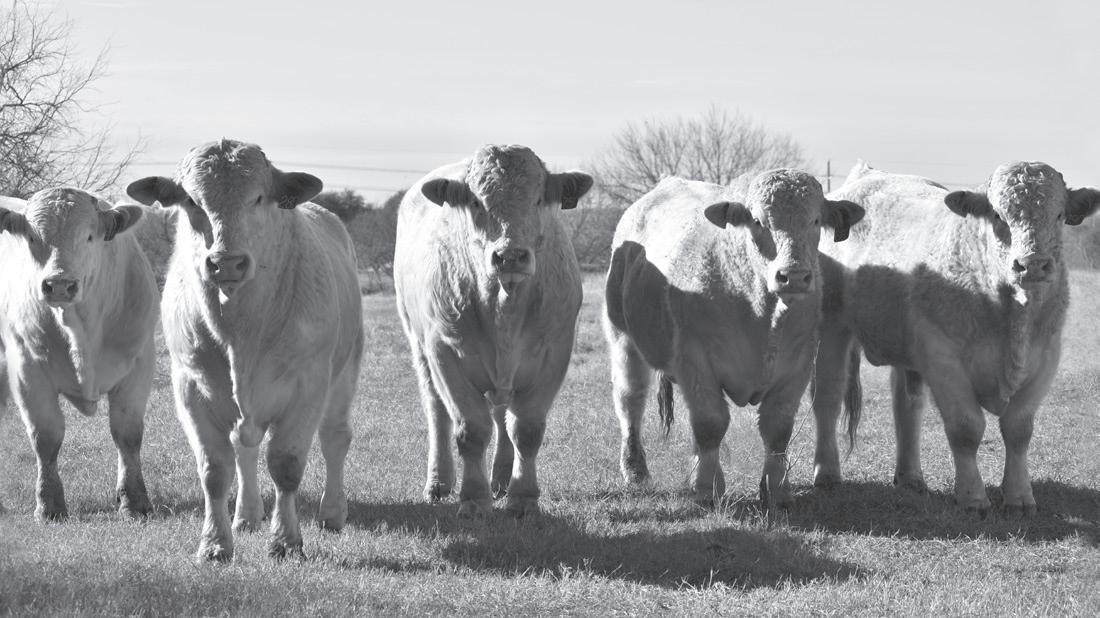



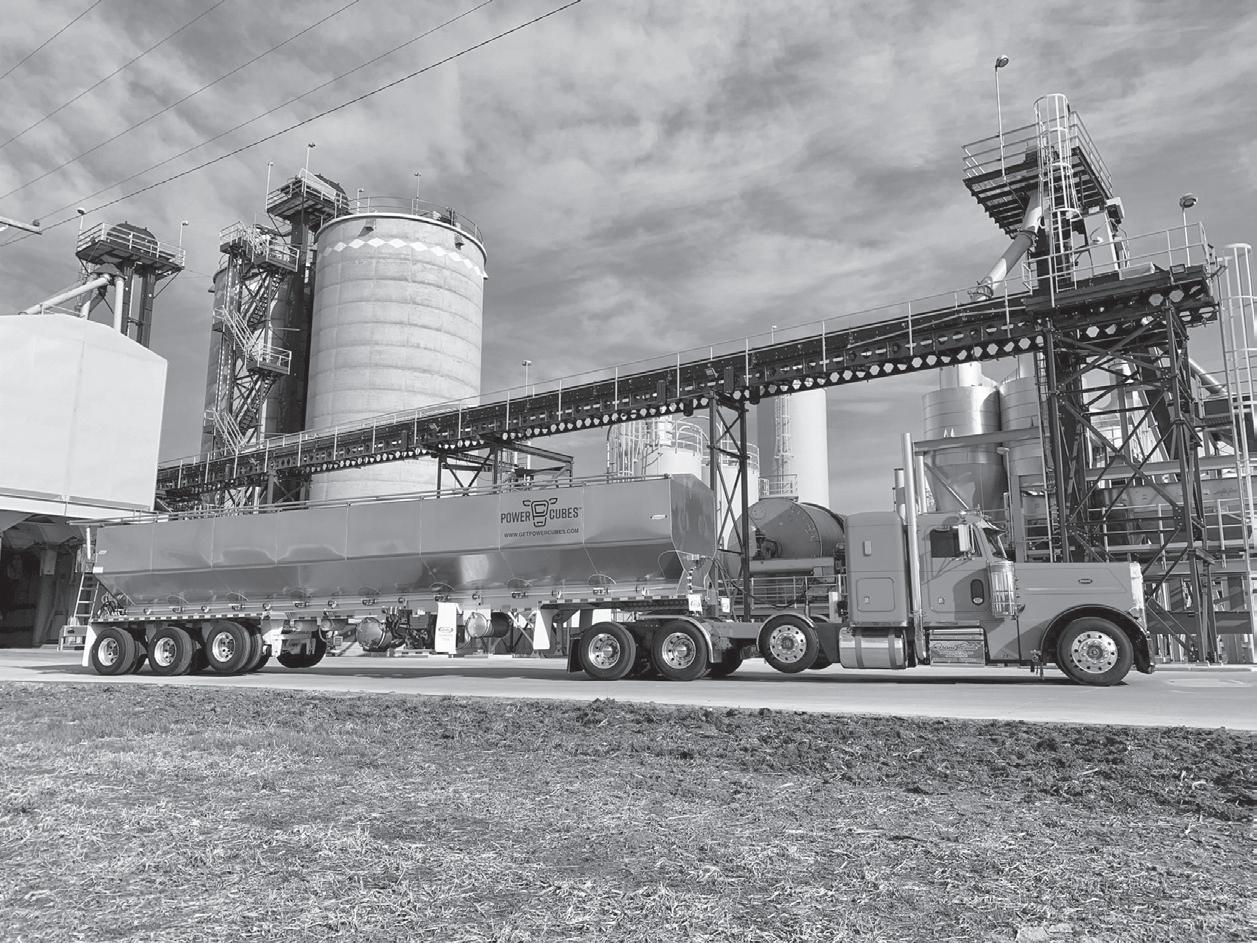
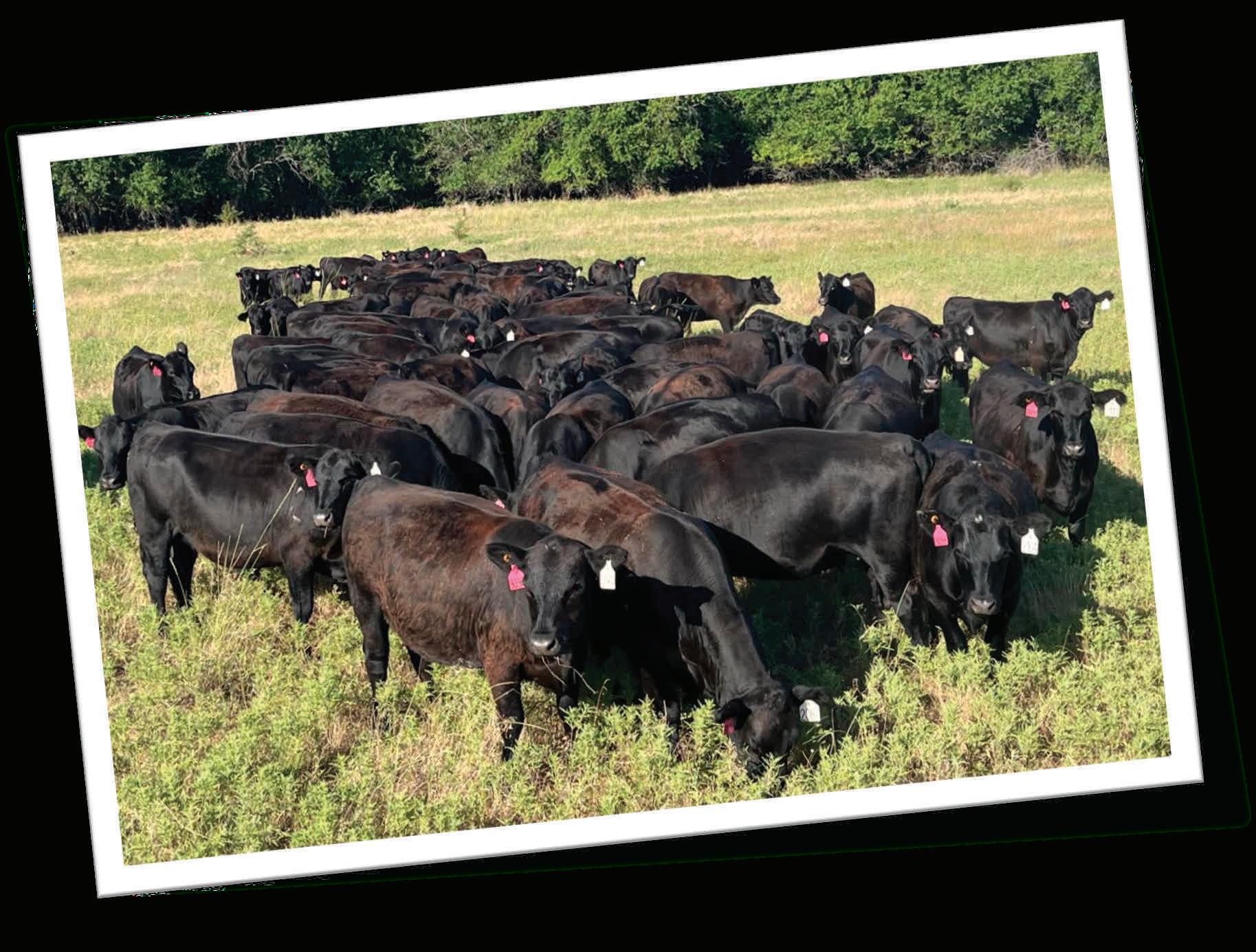

“The beef producer is now at bat. After sitting on the sidelines and watching the dairyman, the hog man, the sheep man, and other livestock species get back, he is now reaping profits.”
F. Hal Higgins of the National Institute of Progressive Farming wrote on beef cattle coming back into the game after post-war deflation plagued the industry. Rising fat-steer prices were reported in both Kansas City and Chicago, and seedstock breeders were receiving larger profits for cattle of finer quality.
The rise of modern technology, including the automobile which had been around for only a decade, was becoming a necessity, Higgins wrote. “It has brought about broader taste in clothes, food and amusements.”

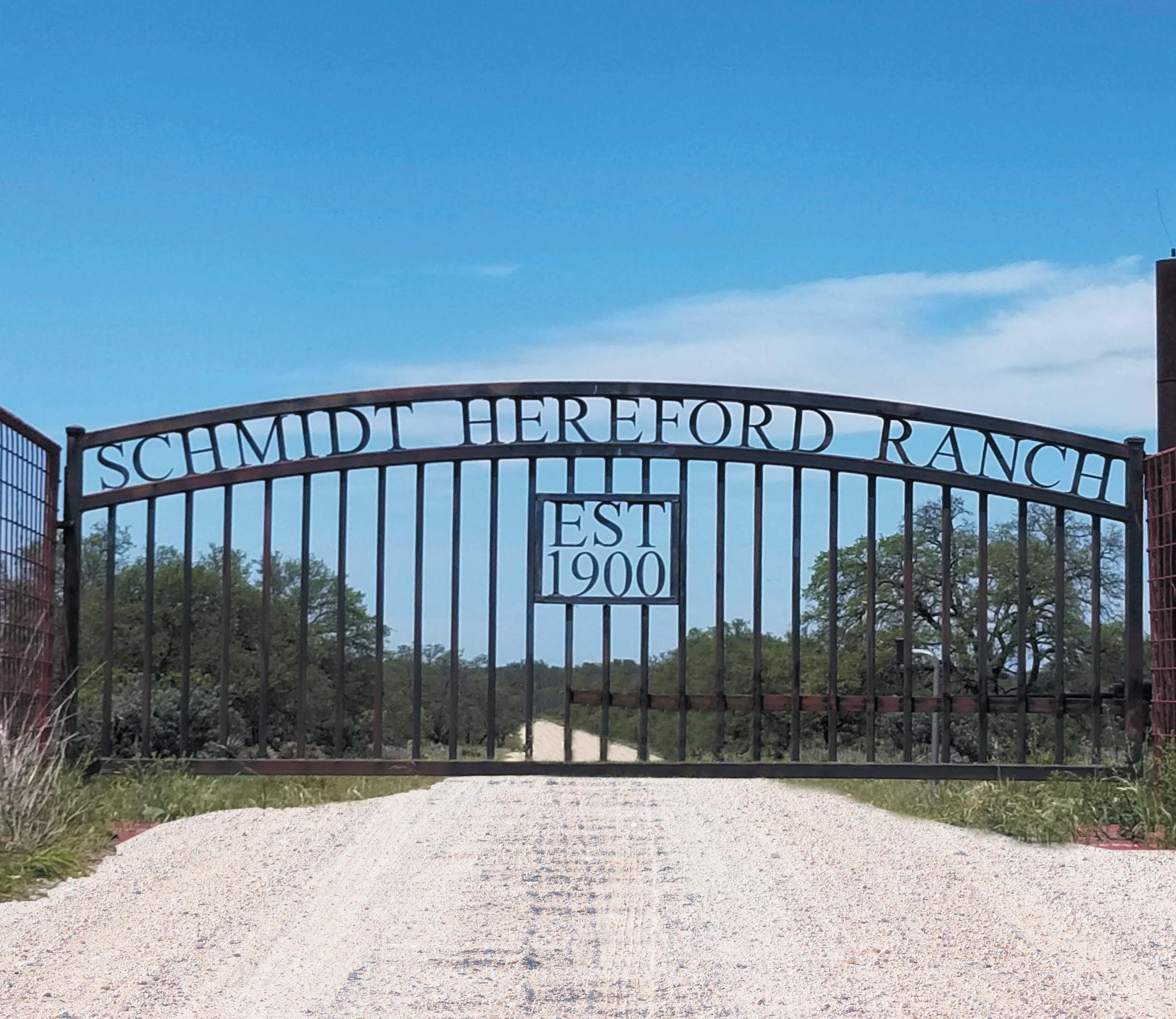
Thank you to the Bierschwale family for purchasing a nice set of black baldie heifers for their commercial heifer project competition.
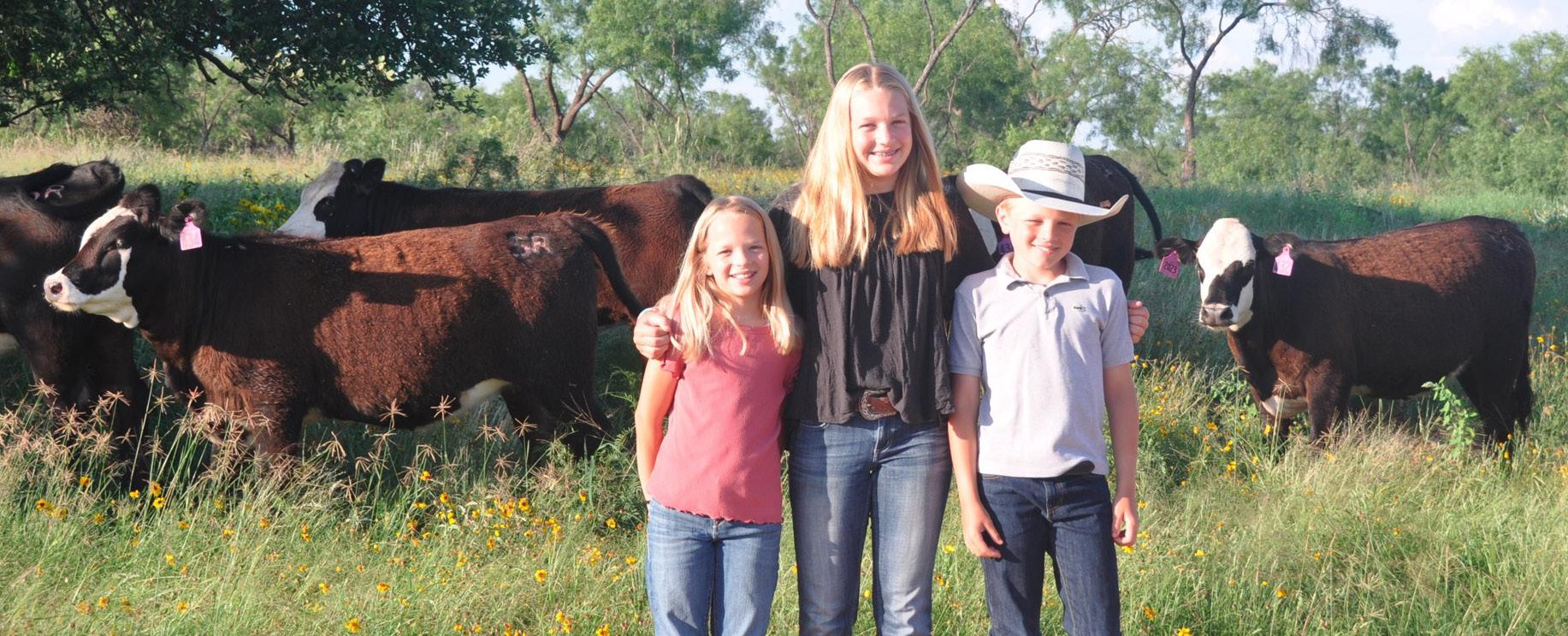
LUBBOCK | SATURDAY, SEPTEMBER 9

VS

I n partnership with Capital Farm Credit
JOIN TEXAS & SOUTHWESTERN CATTLE RAISERS FOR THROUGHOUT THE 2023 SEASON VS

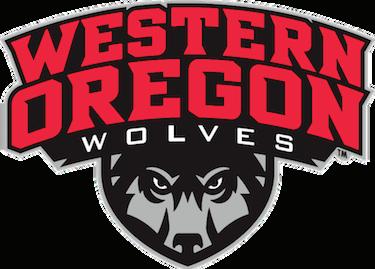



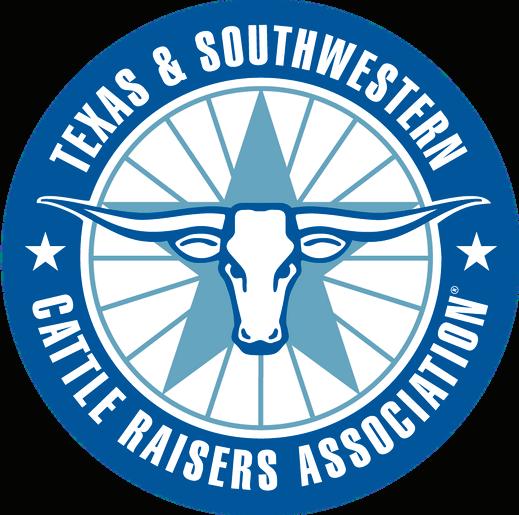
AMARILLO | SATURDAY, SEPTEMBER 30
I n partnership with Paul Engler College of Agricultural Sciences
FORT WORTH | SATURDAY, SEPTEMBER 30
I n partnership with TCU Ranch Management Alumni Association VS VS

STEPHENVILLE | SATURDAY, OCTOBER 21

In partnership with College of Agriculture and Natural Resources
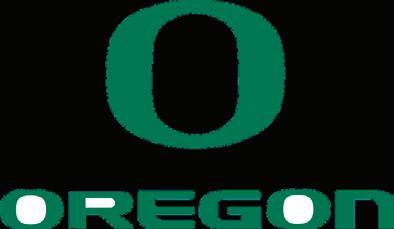
COLLEGE STATION | SATURDAY, OCTOBER 28
In partnership with College of Agriculture and Life Sciences
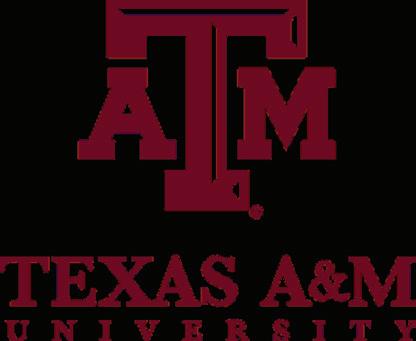
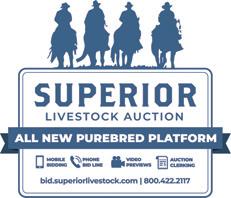
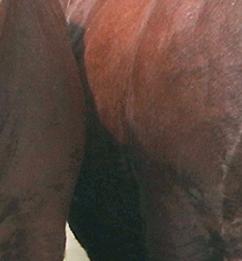
Hereford bulls increase net profit by $51 per cow per year. That’s $20,000 in additional revenue for a typical 400-cow outfit, thanks to increased fertility and herd size. Herefords are also the efficiency experts, proven to add value to calves in the feedyard— $30 per head in profitability.*


7 % $ 51 $ 20
30
11 a.m., Wednesday, November 8, 2023
100+ lots of cutting-edge Hereford genetics…Horned & Polled…Powerful…Docile…Efficient…Fertile Barber Ranch bulls are known for their ease of handling and for possessing more muscling than many typical Hereford bulls. Our 2023 sale bulls are an incredible set with emphasis on calving ease with growth, marbling and $CHB, including curve-bending herd bull prospects plus bulls with outstanding Baldy Maternal & Brahman Influence $Indexes. And as always…heavy muscled bulls with a lot of “look”! All bulls sell with genomically enhanced EPDs.
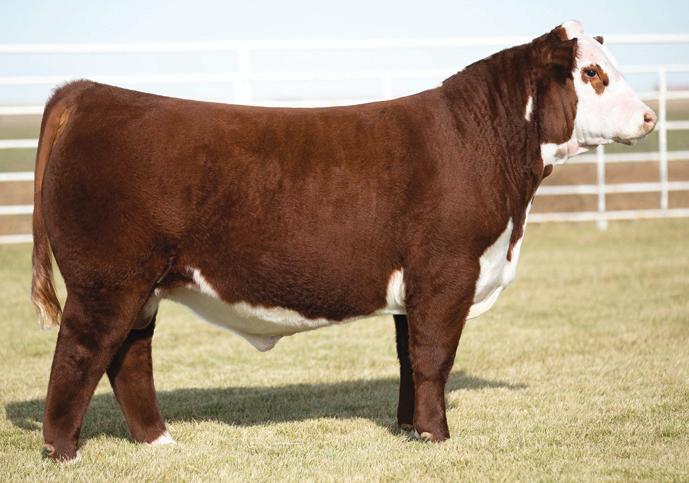
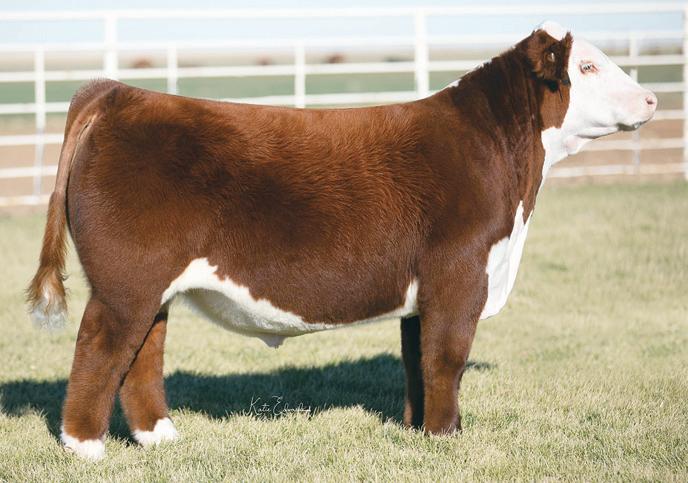

Principal Herd Sires Represented:
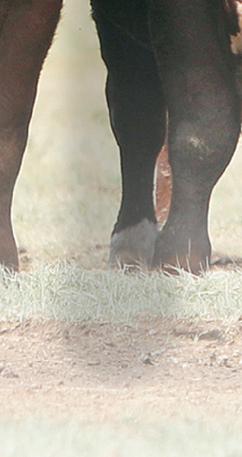
If you are seeking to produce outstanding replacement females, buy a Barber Ranch bull! For decades, we have placed heavy emphasis on the maternal strength and udder quality of our females. The bulls selling can help you build a cow herd for generations!
Brett Barber (806) 681-2457
Justin Barber (806) 681-5528 Dale & Mary Barber office@barberranch.com 10175 FM 3138, Channing, TX 79018

CATALOG REQUESTS: office@barberranch.com




Saturday, December 9, 2023
GKB Cattle & Barber Ranch Female Sale Desdemona, TX


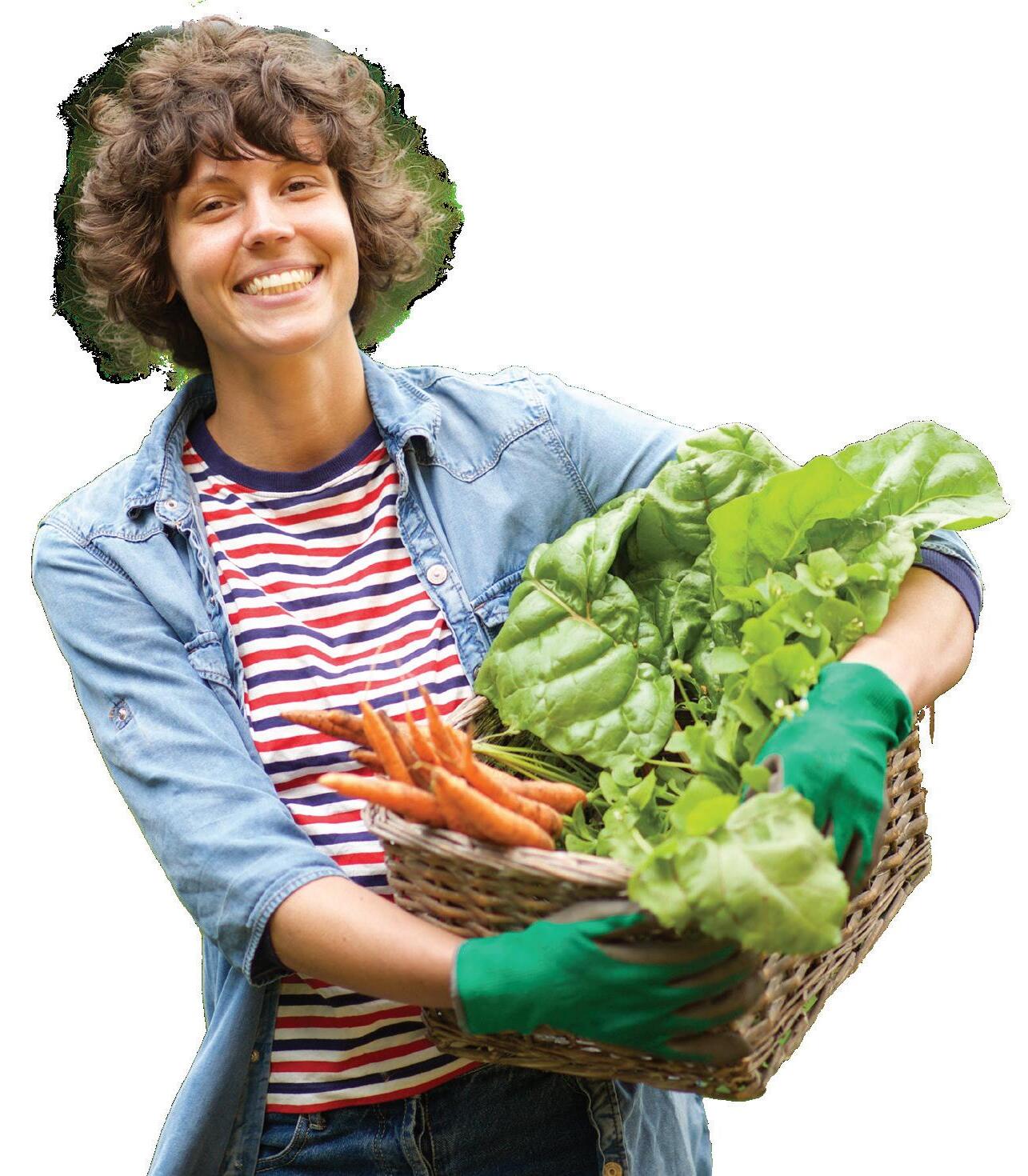
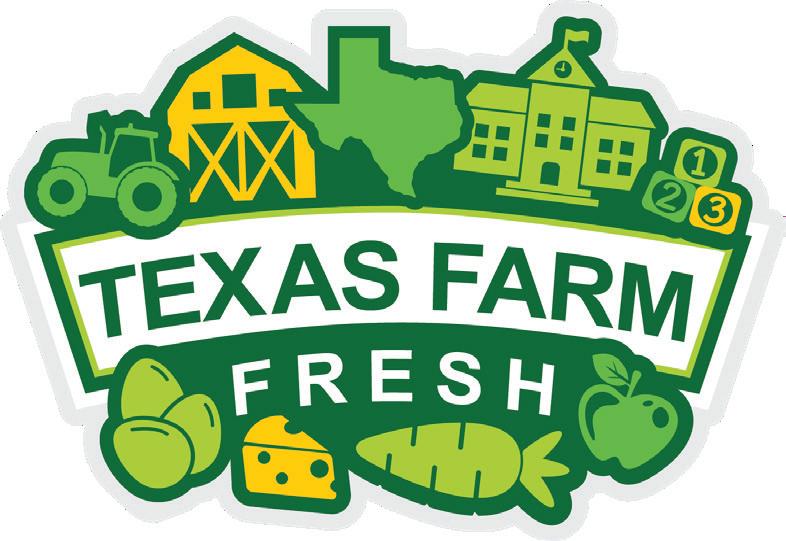
This is a very choice set of replacement cattle consigned by leading commercial ranches throughout Texas. Cattle will be palpated and sold in uniformly sorted groups to fit any cattleman’s needs.

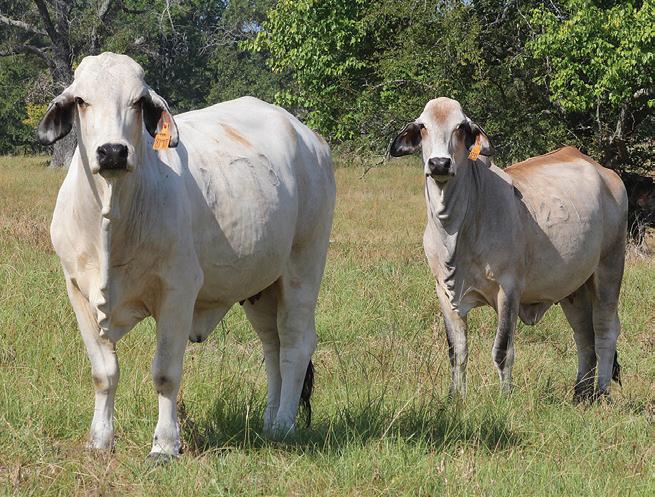
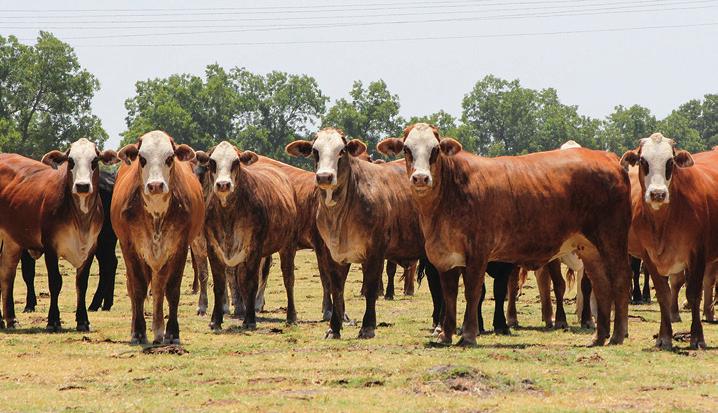
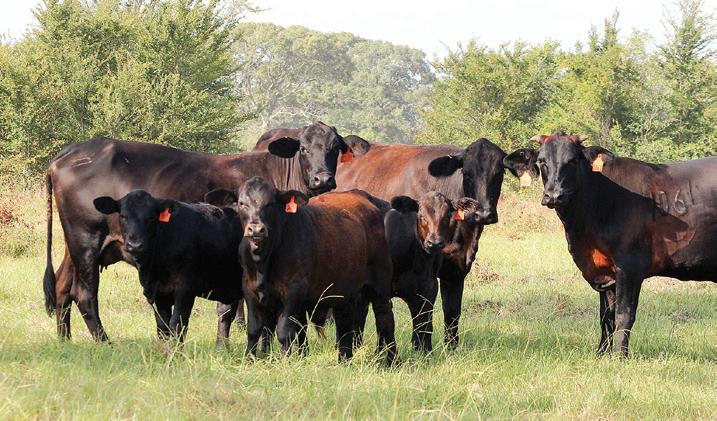
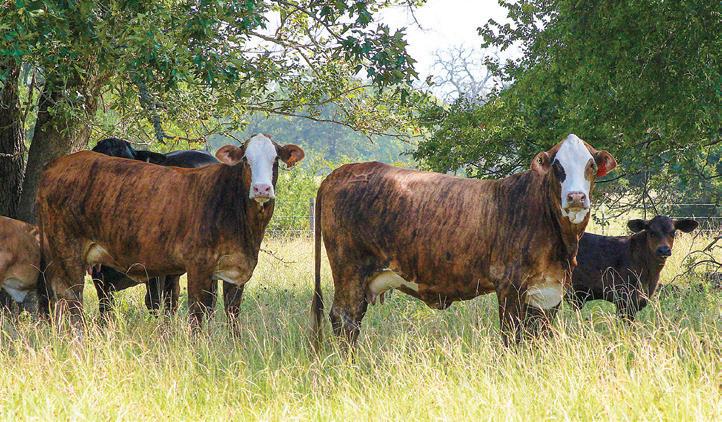

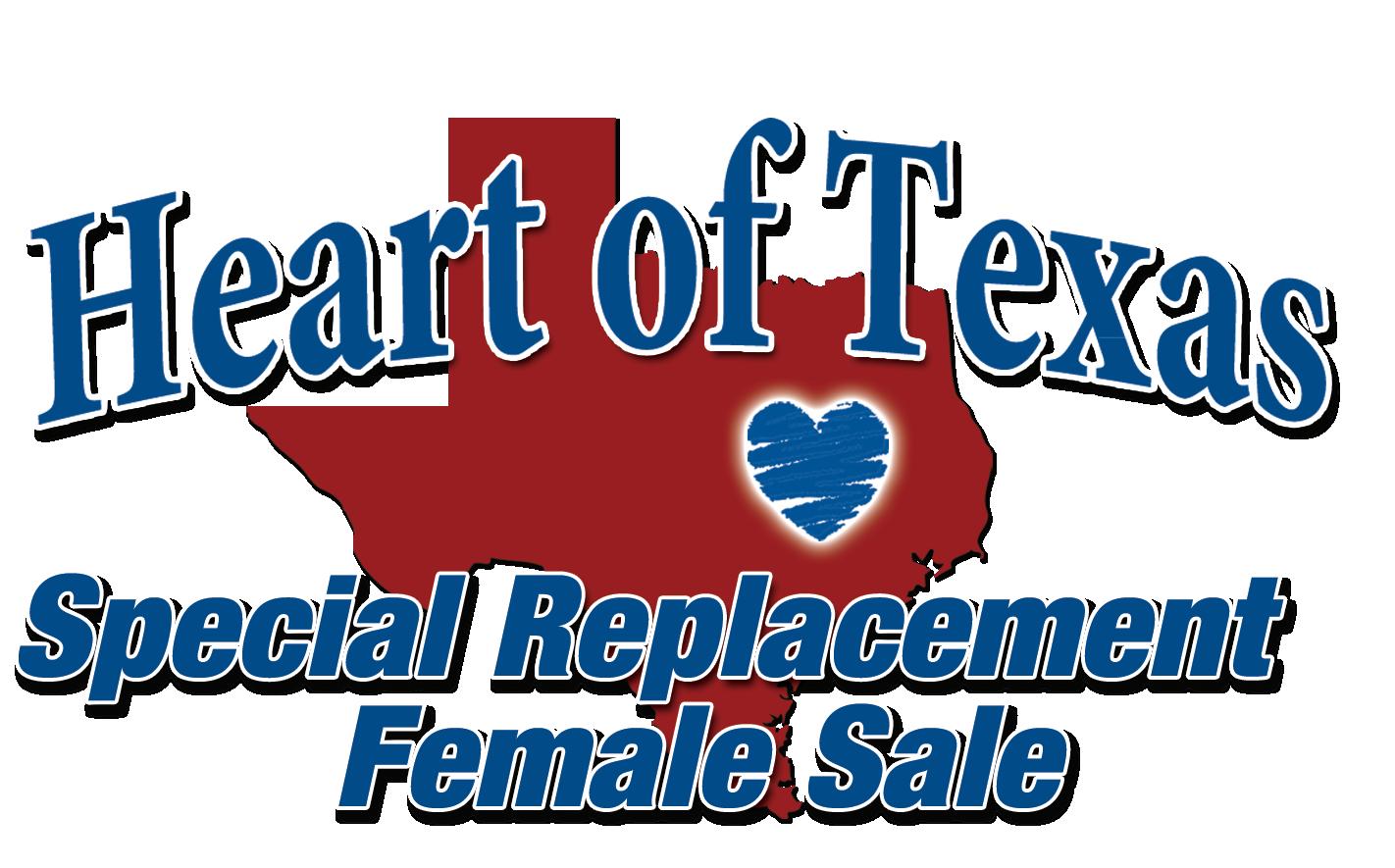
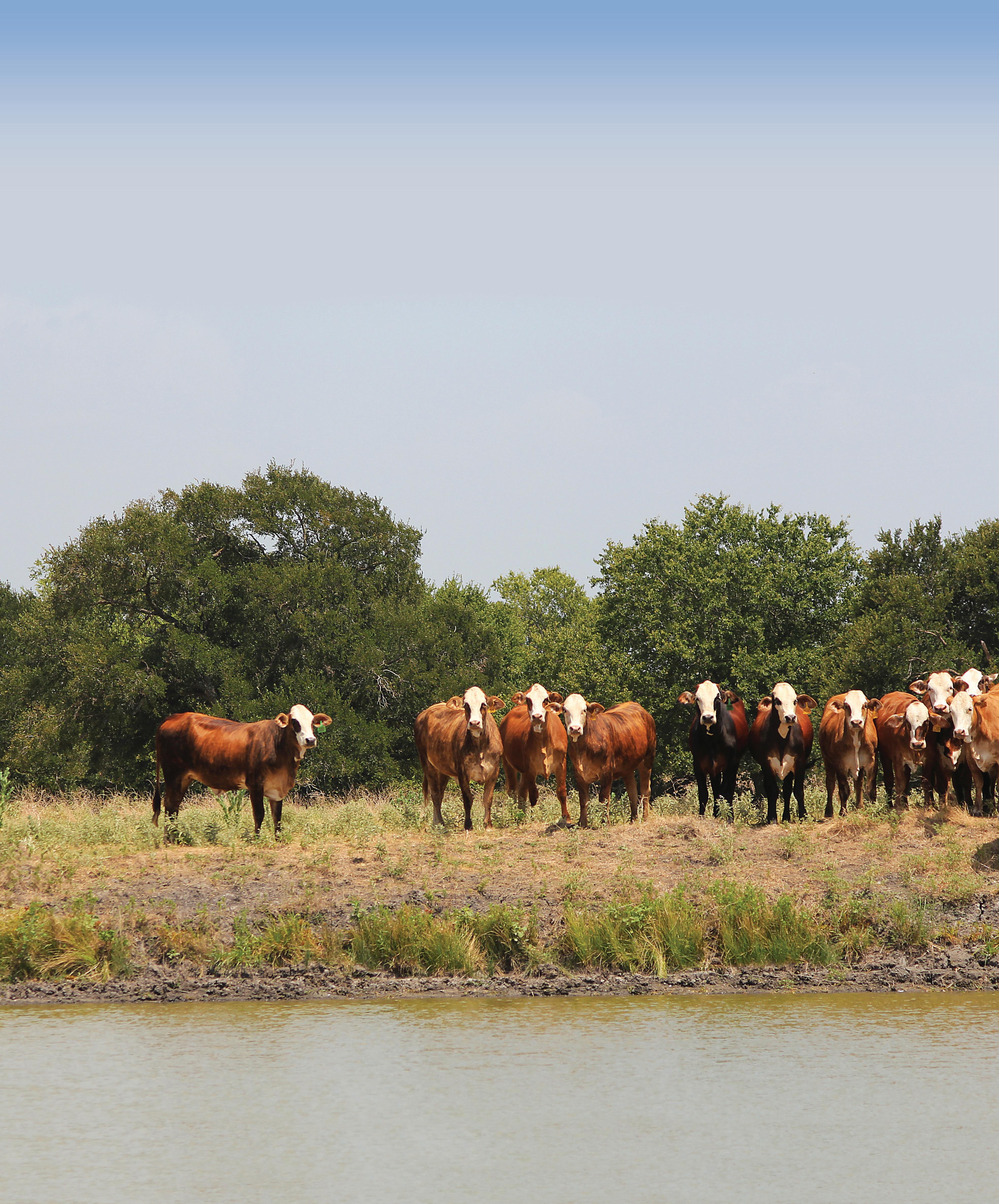
ACCOMMODATIONS:


We all know that when you do not get enough rain to sustain healthy pastures or hay fields you are in trouble. If you are worried about the economic impact of not getting enough rain, give me a call.


How you set this policy up matters, when it is not right, it costs you.
If you have heard of PRF but were not sure how it worked, if you have tried it before but it did not pan out, or if you currently have it with someone that mails it in…call me. I simply ask that you give me 20 minutes to sit down with you. I will make sure you truly understand how PRF works. We can design a policy to be the most beneficial for your individual operation and budget.

I will be at the following TSCRA Ranch Gatherings:
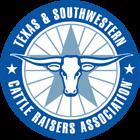
Stephenville
Sept. 6th
Waco Sept. 13th
Amarillo
28th


